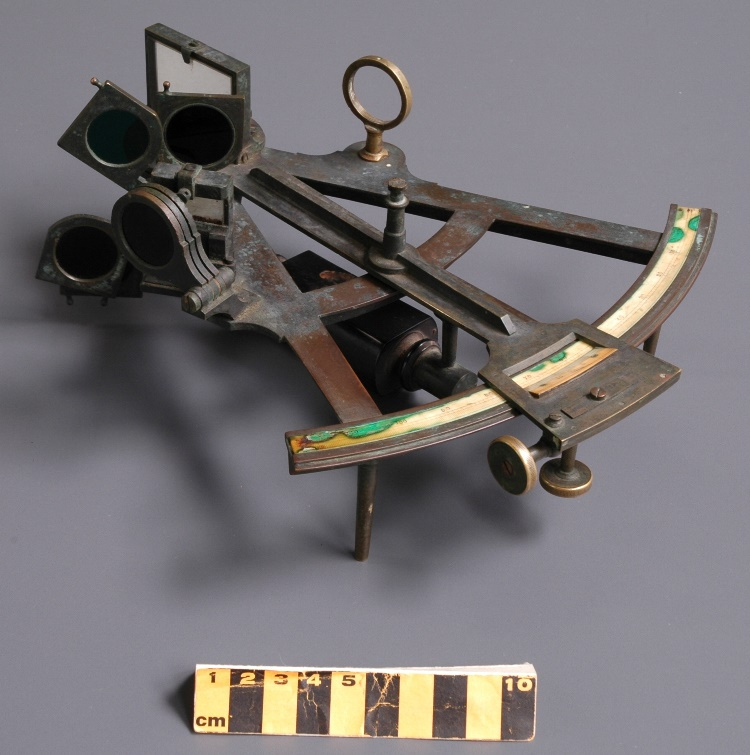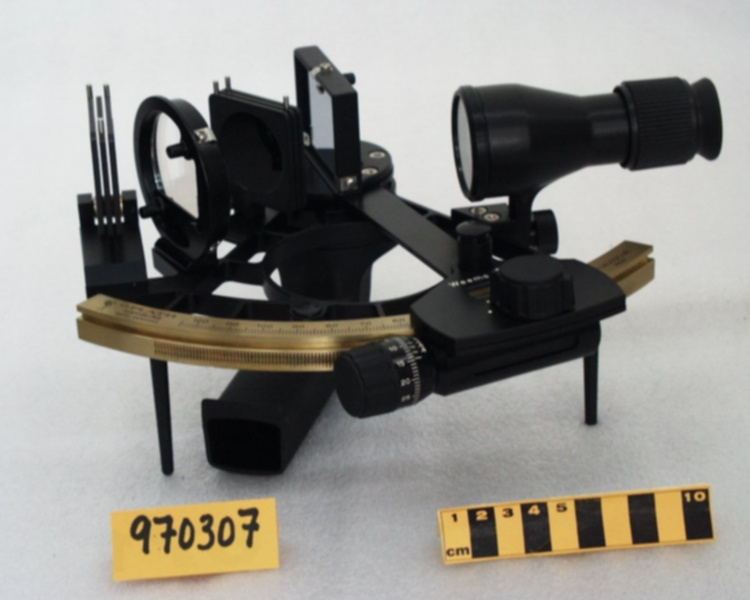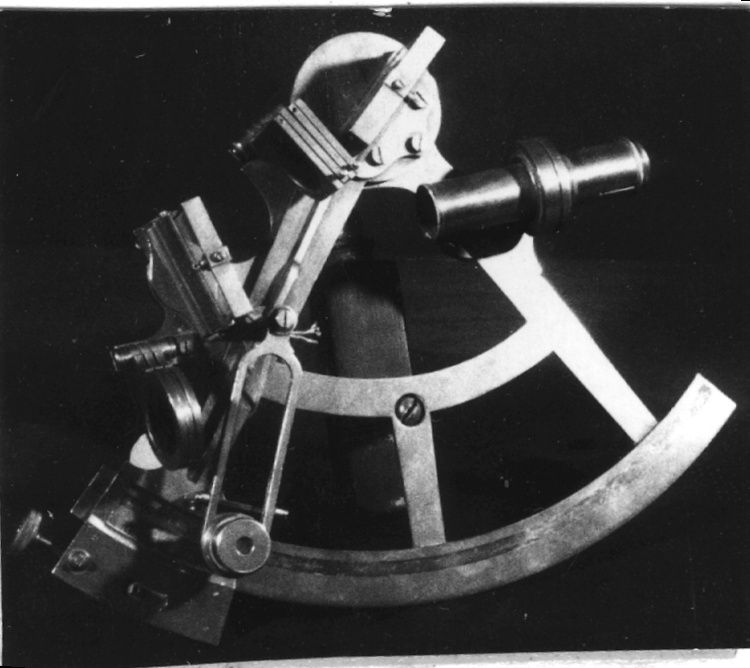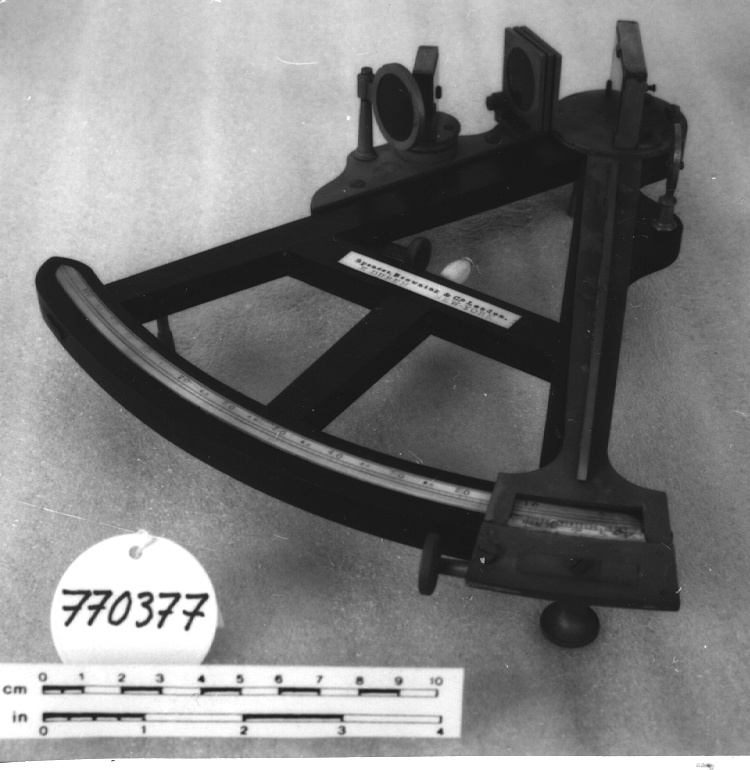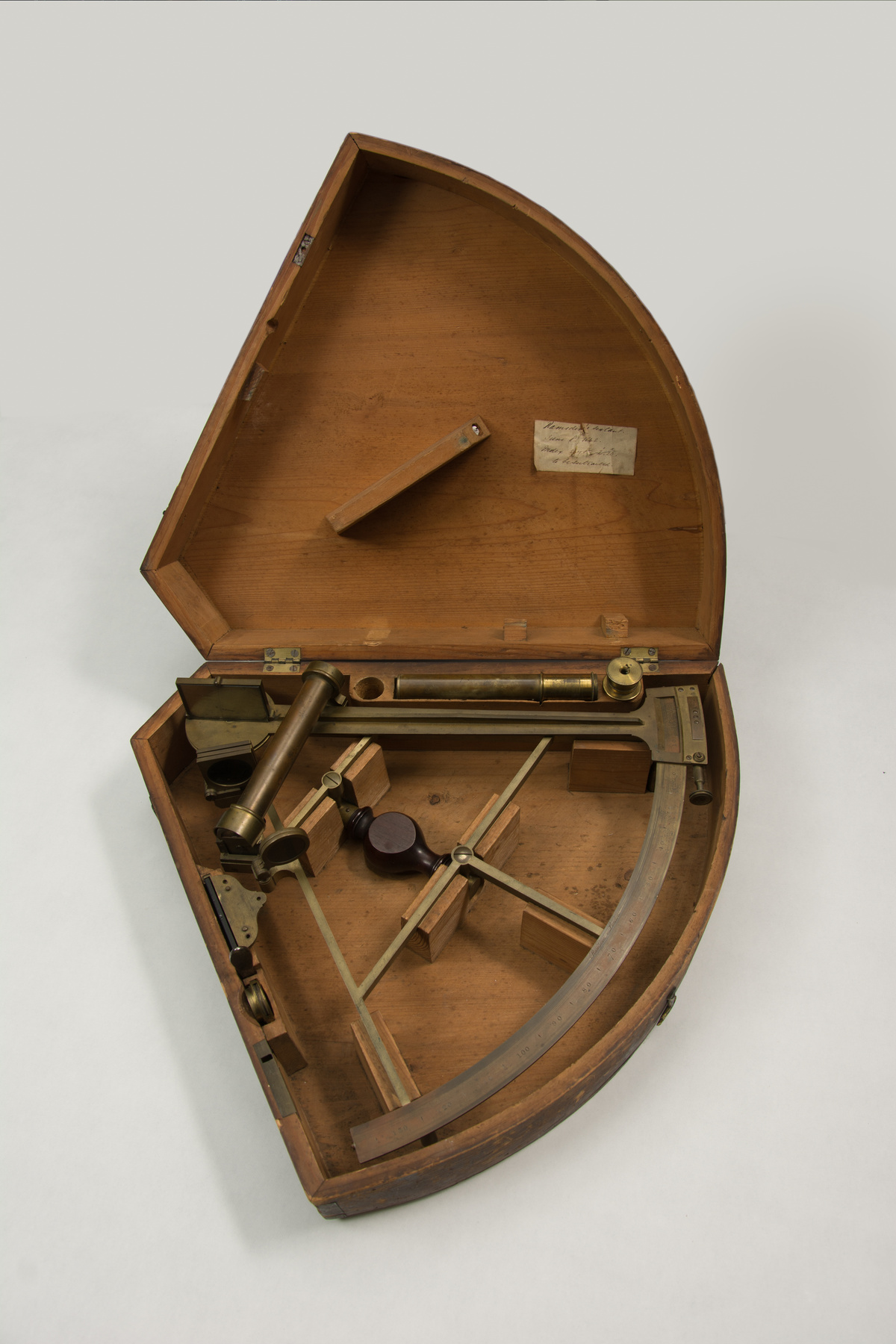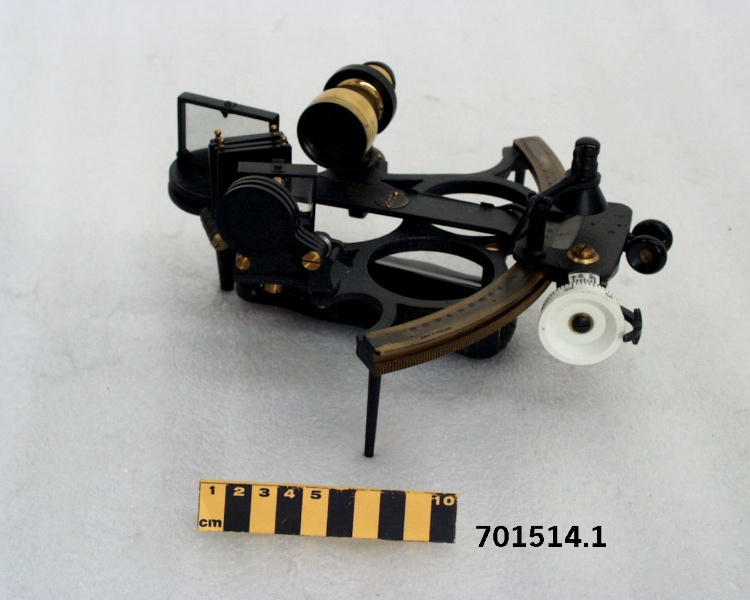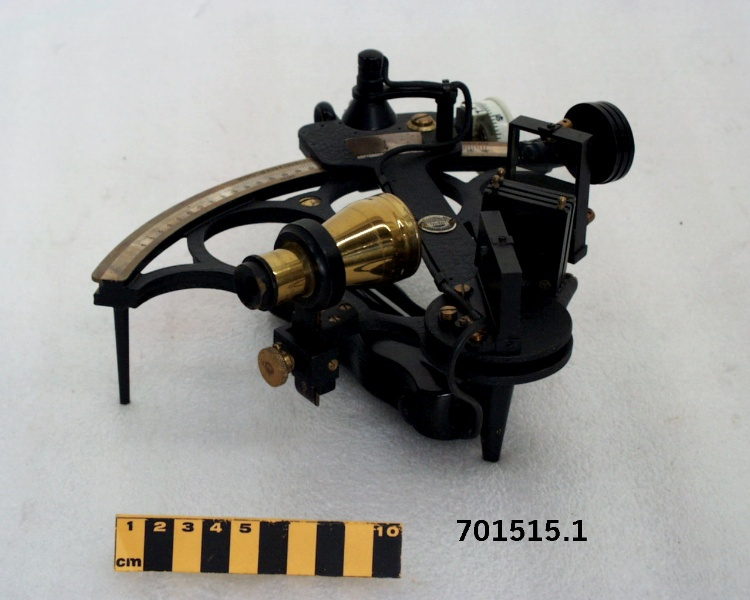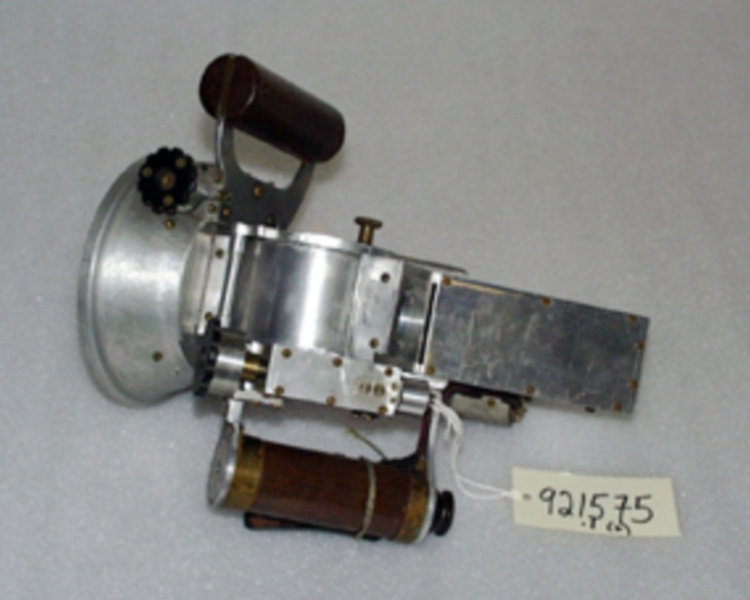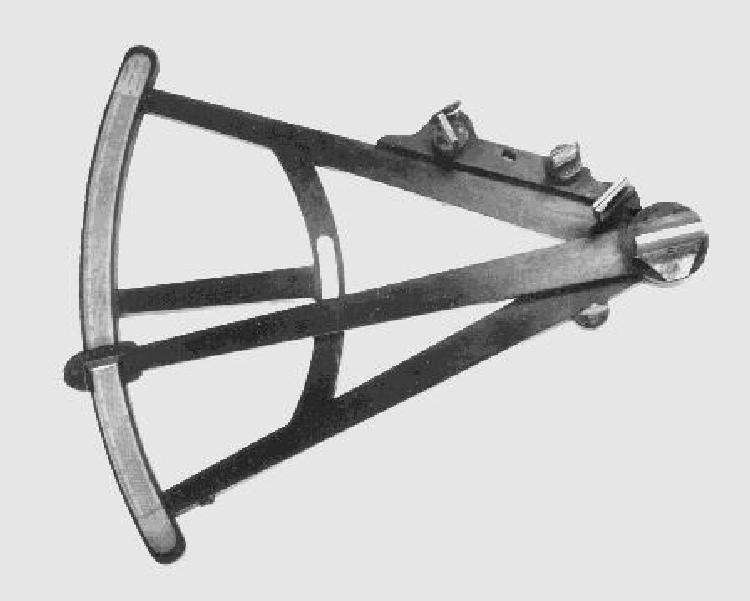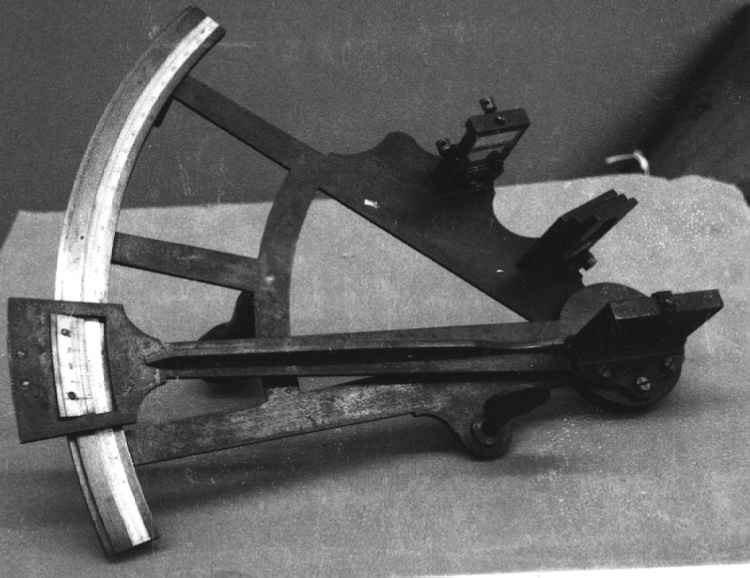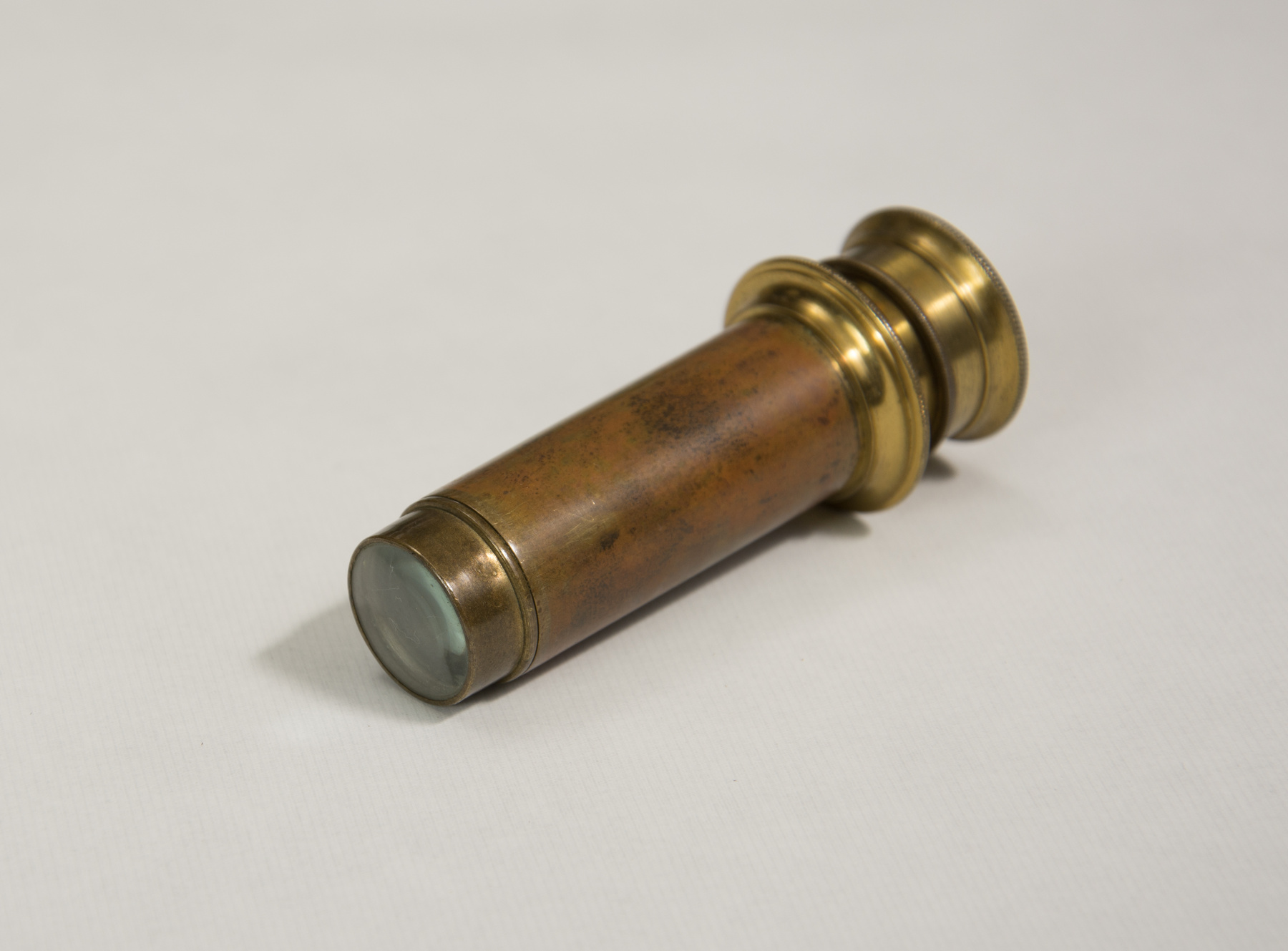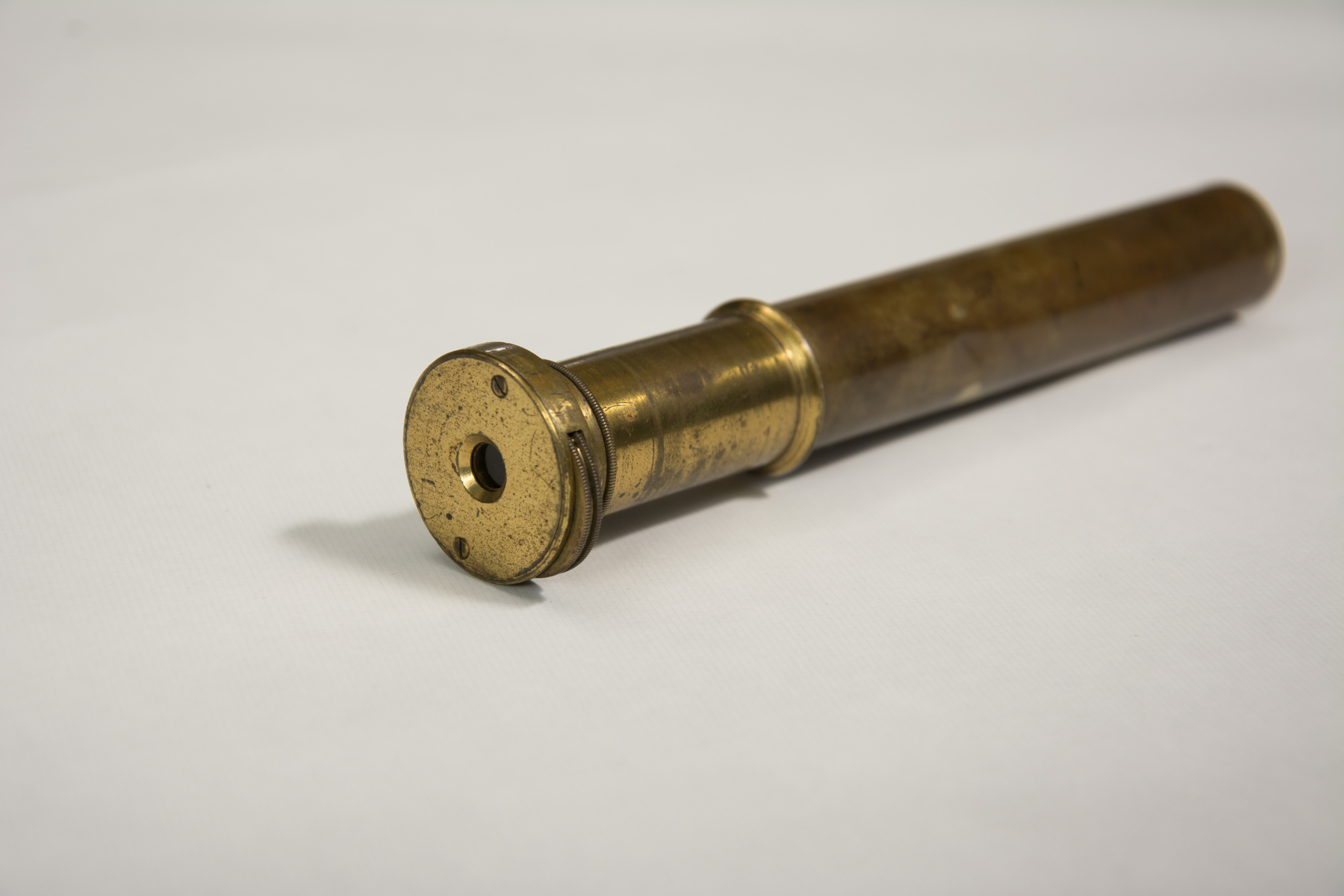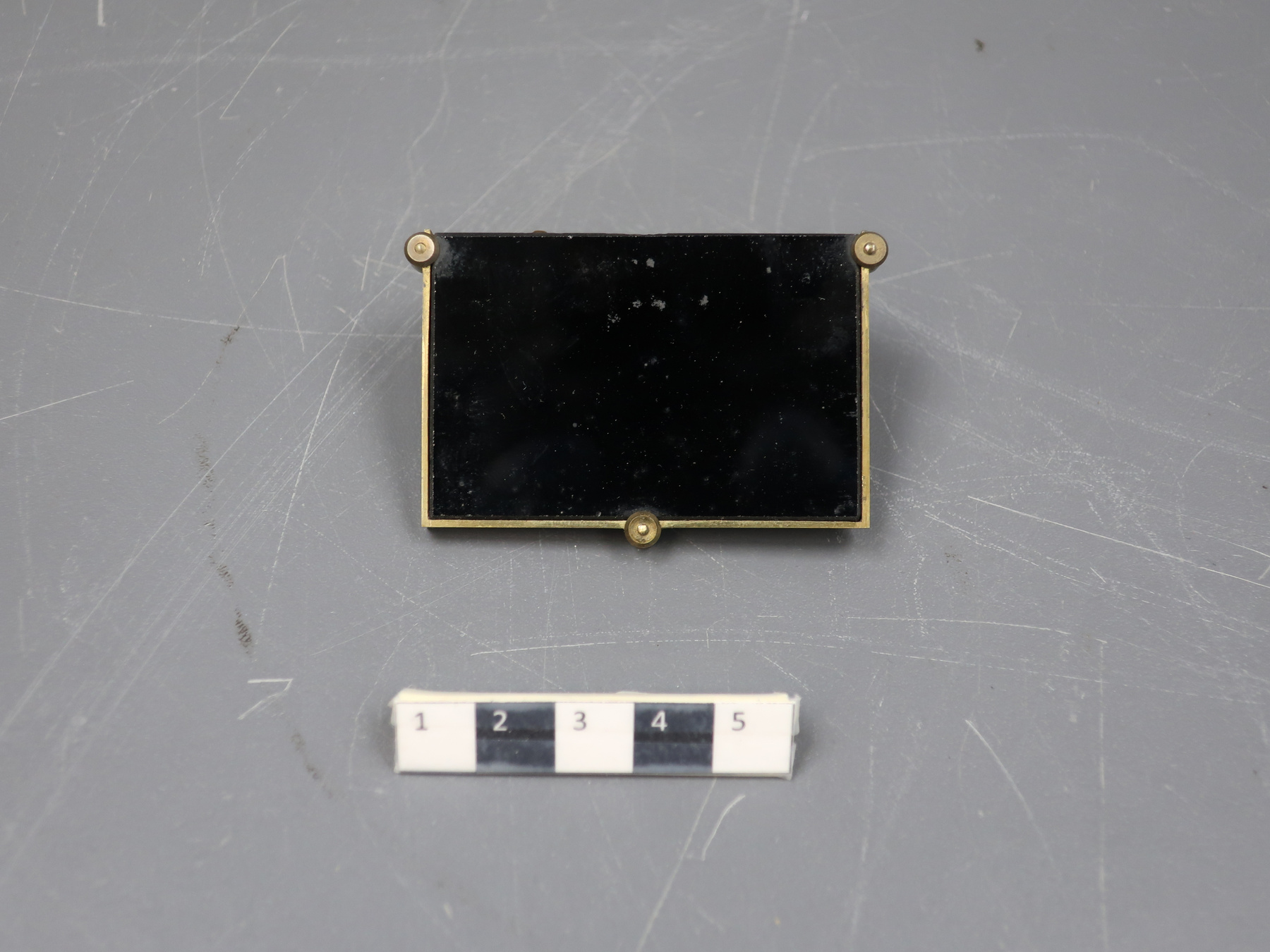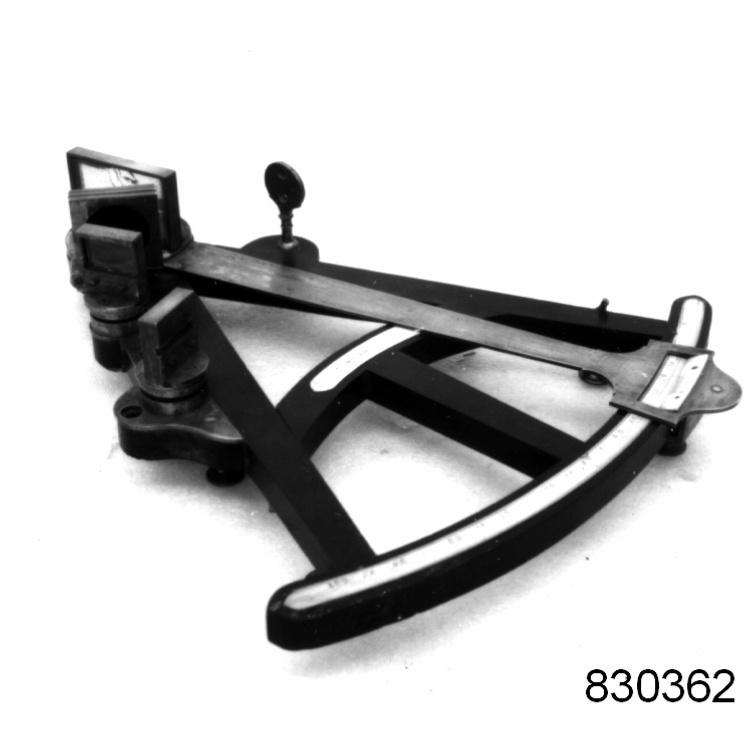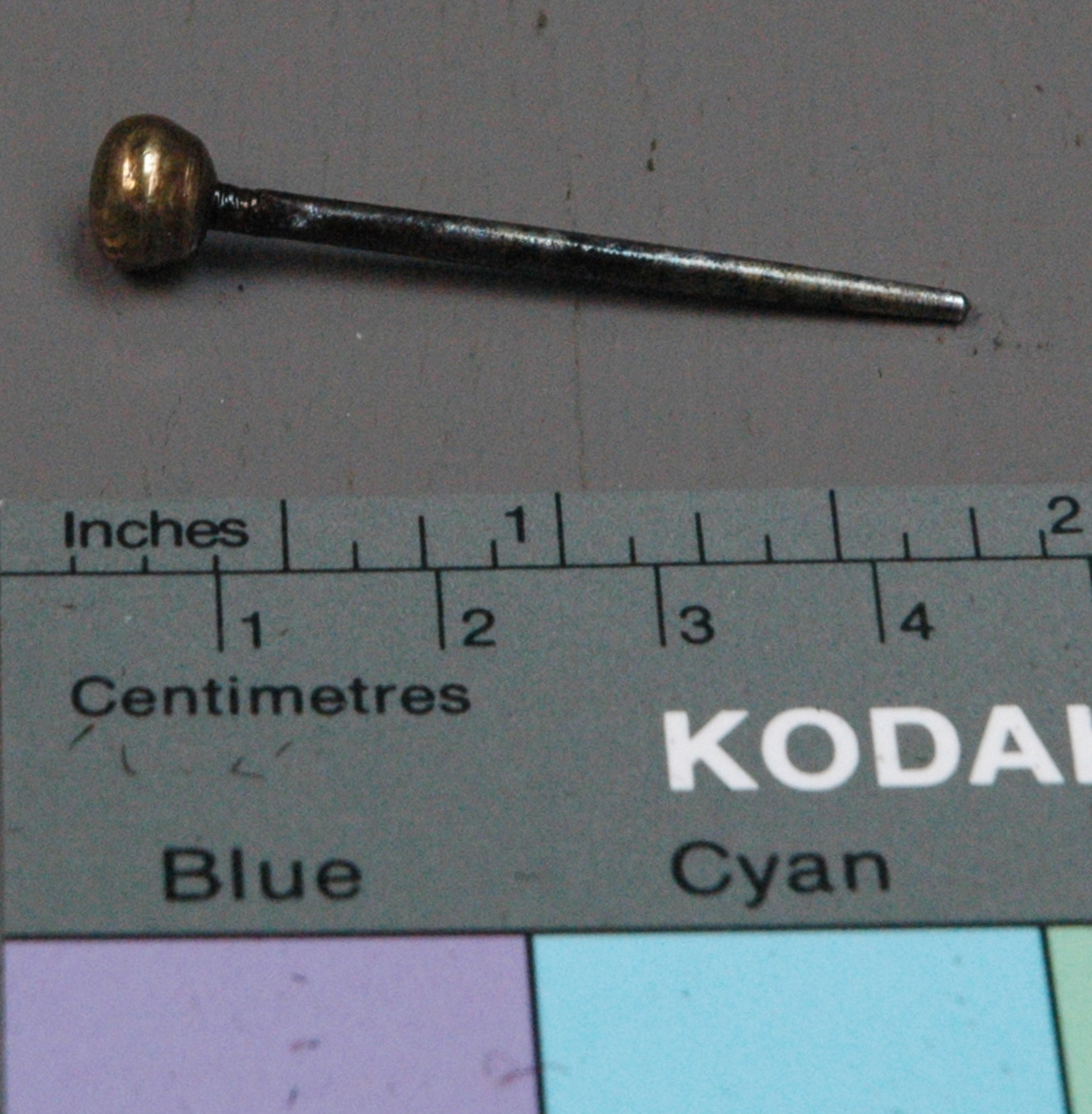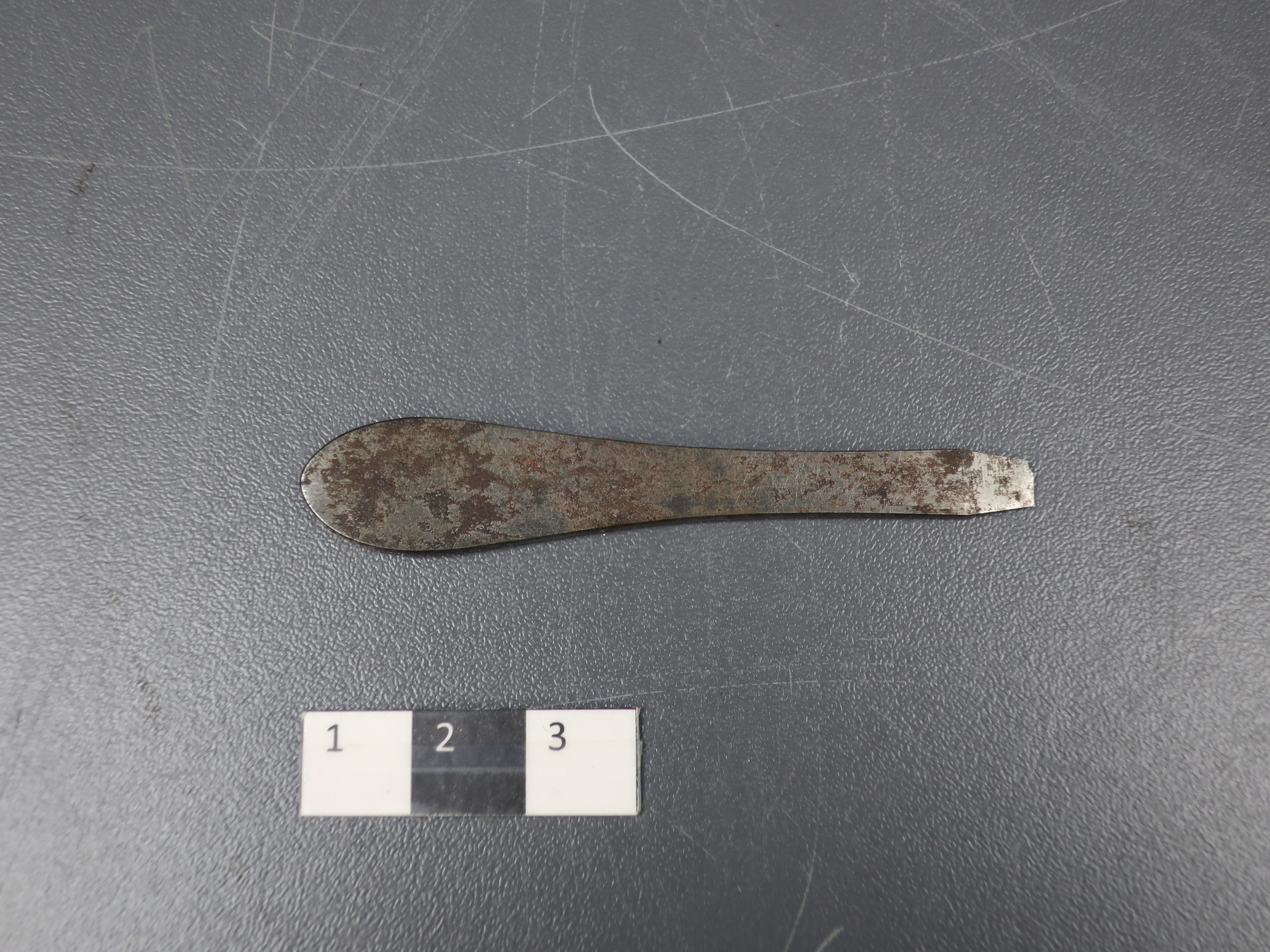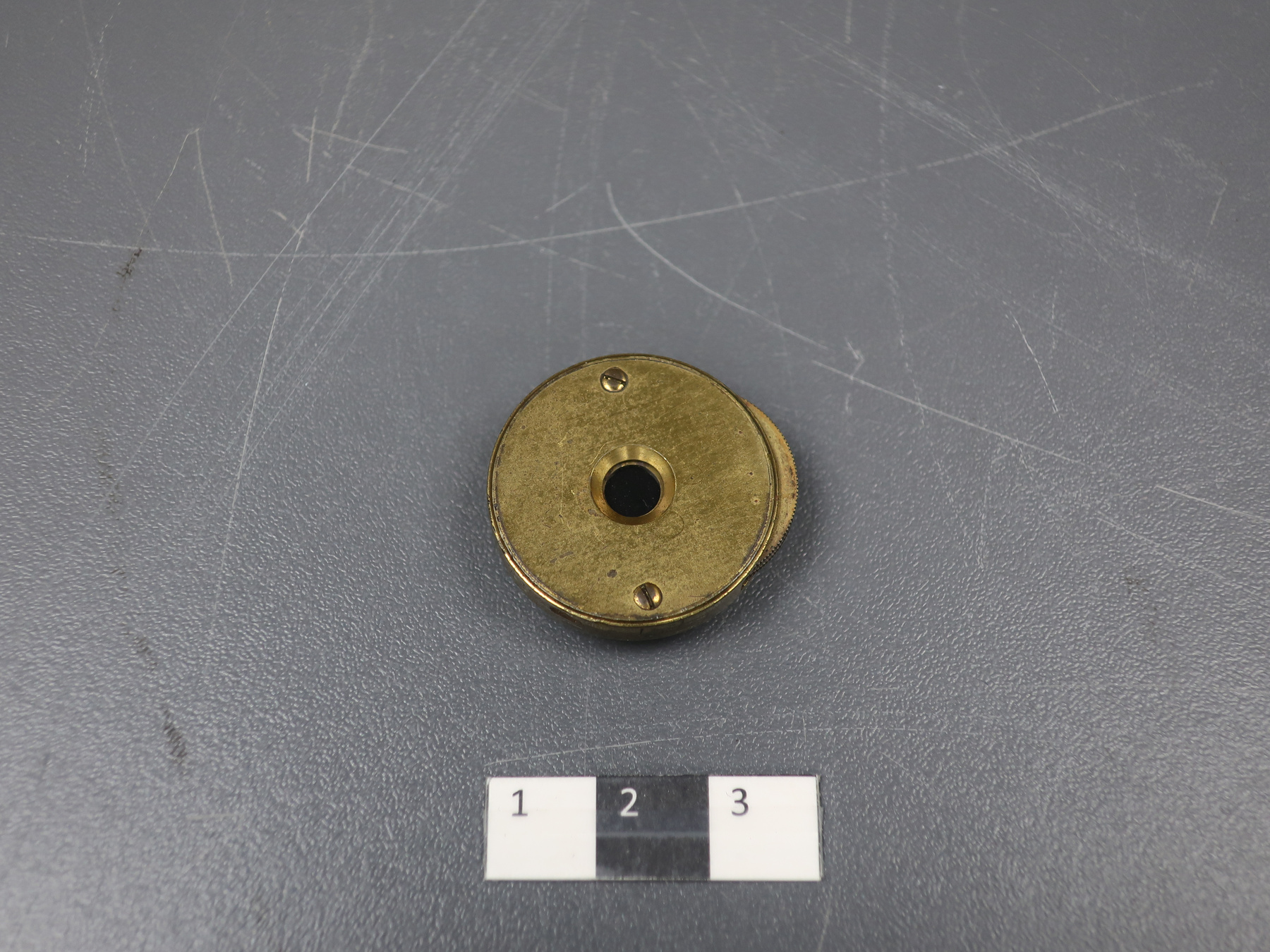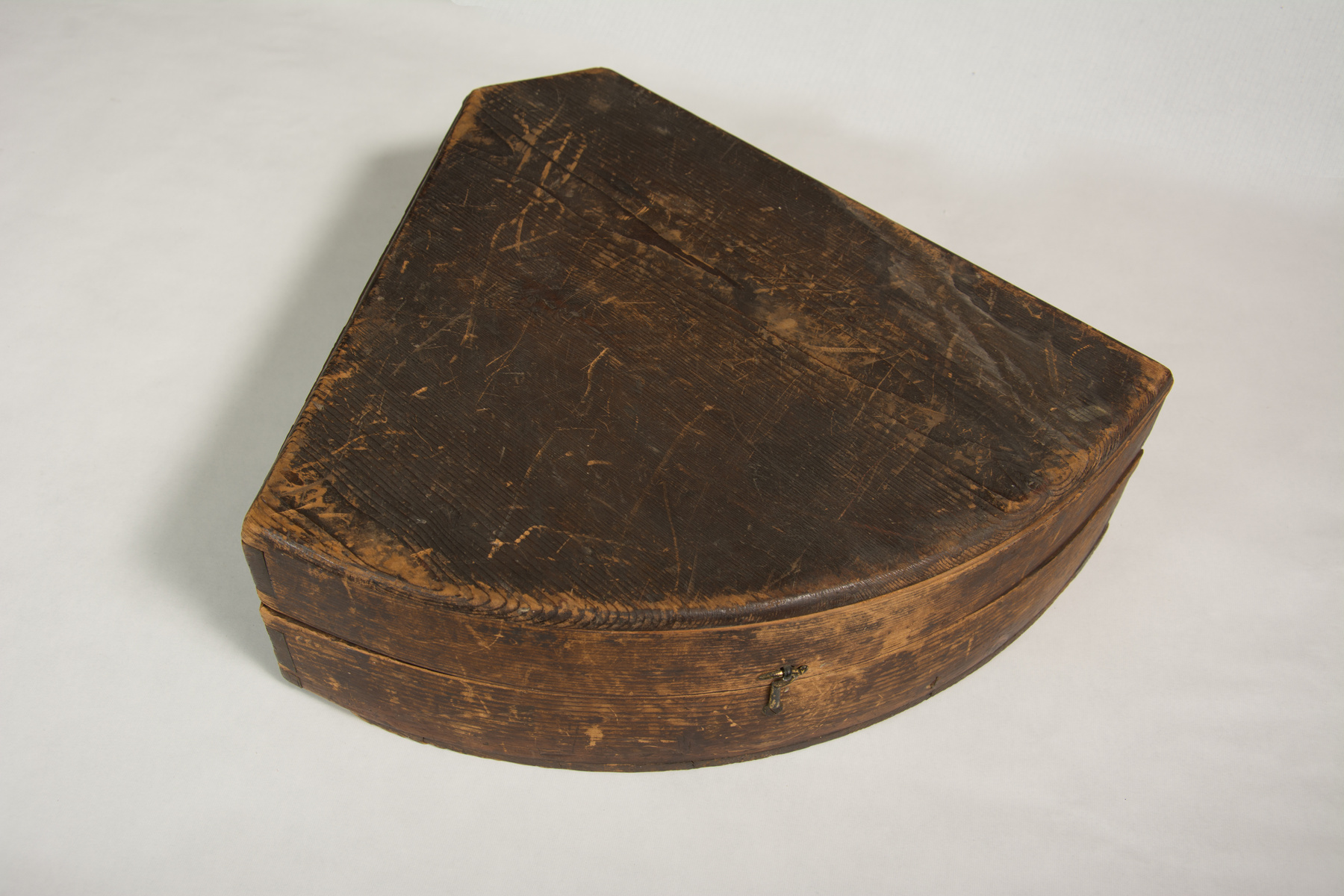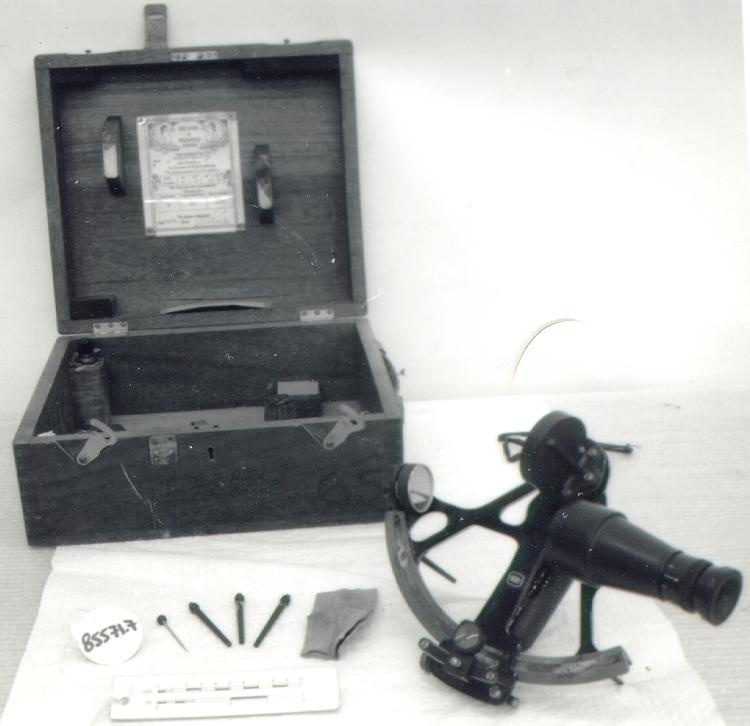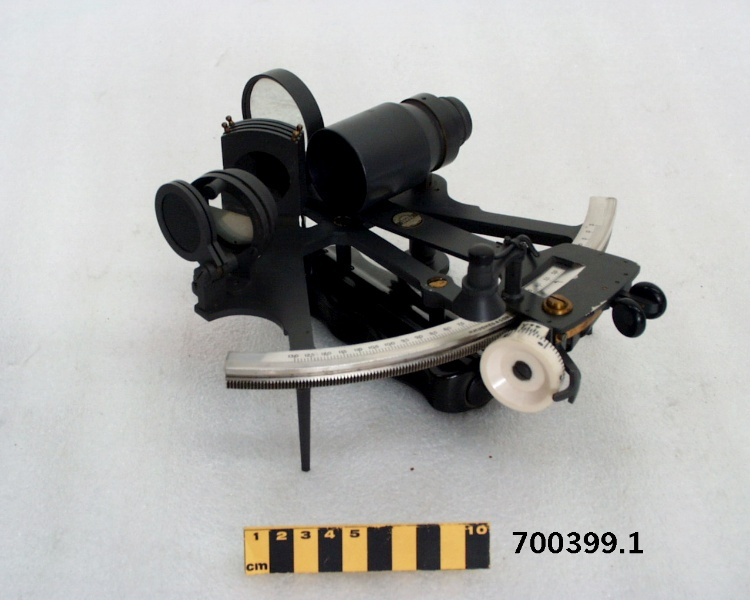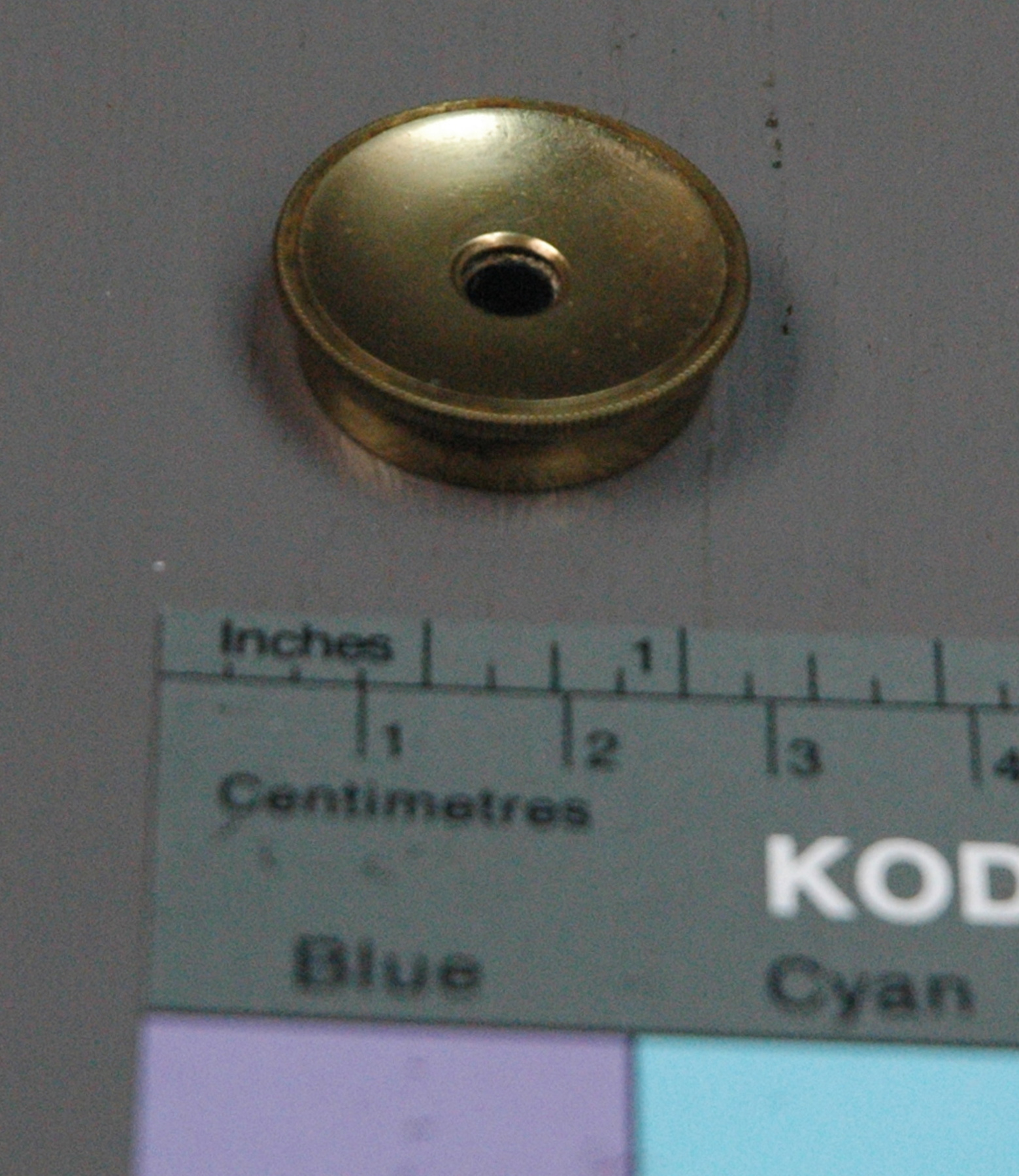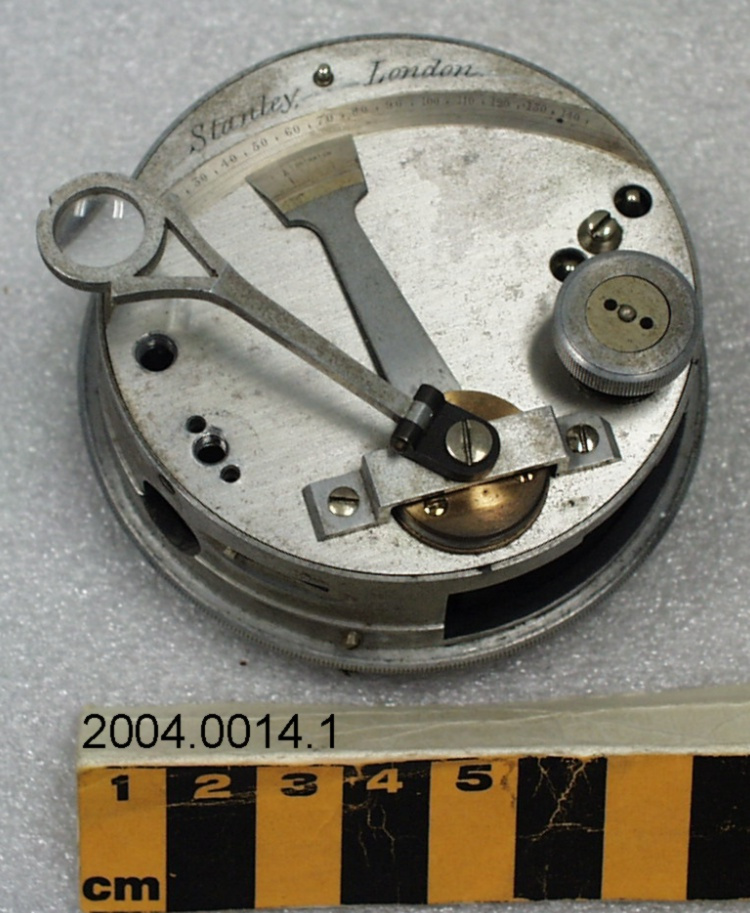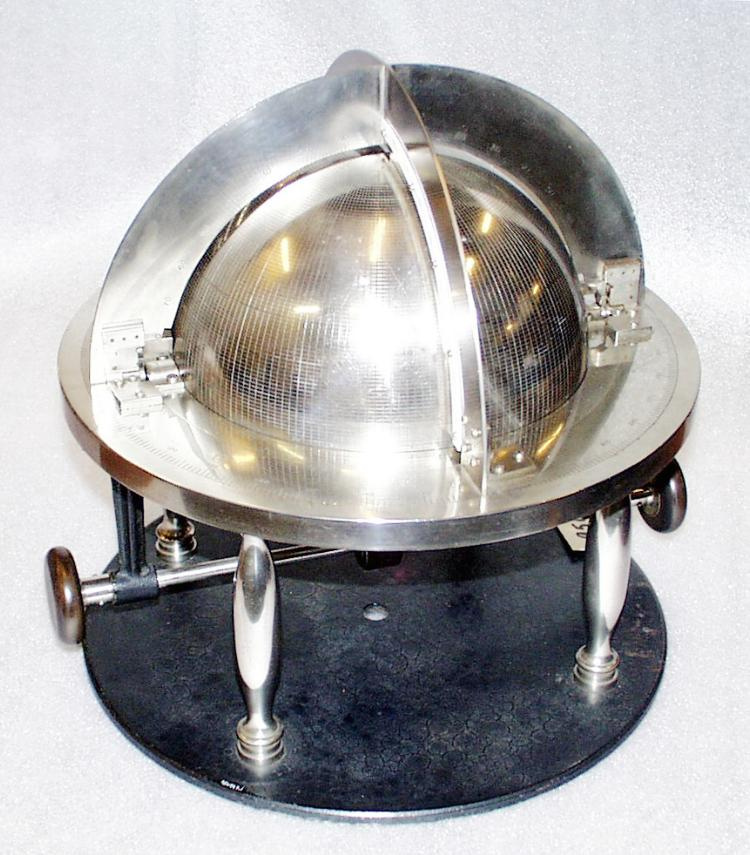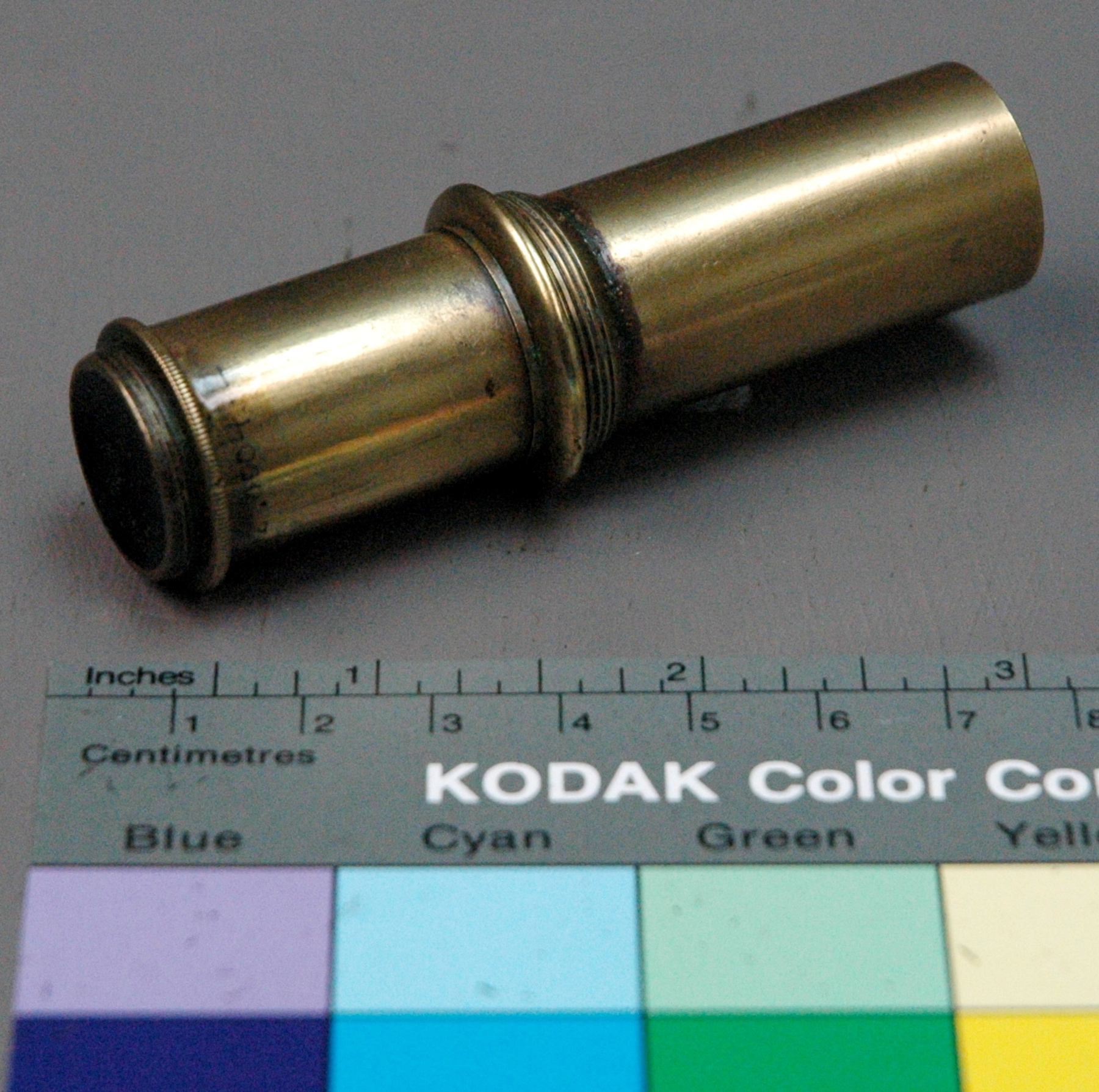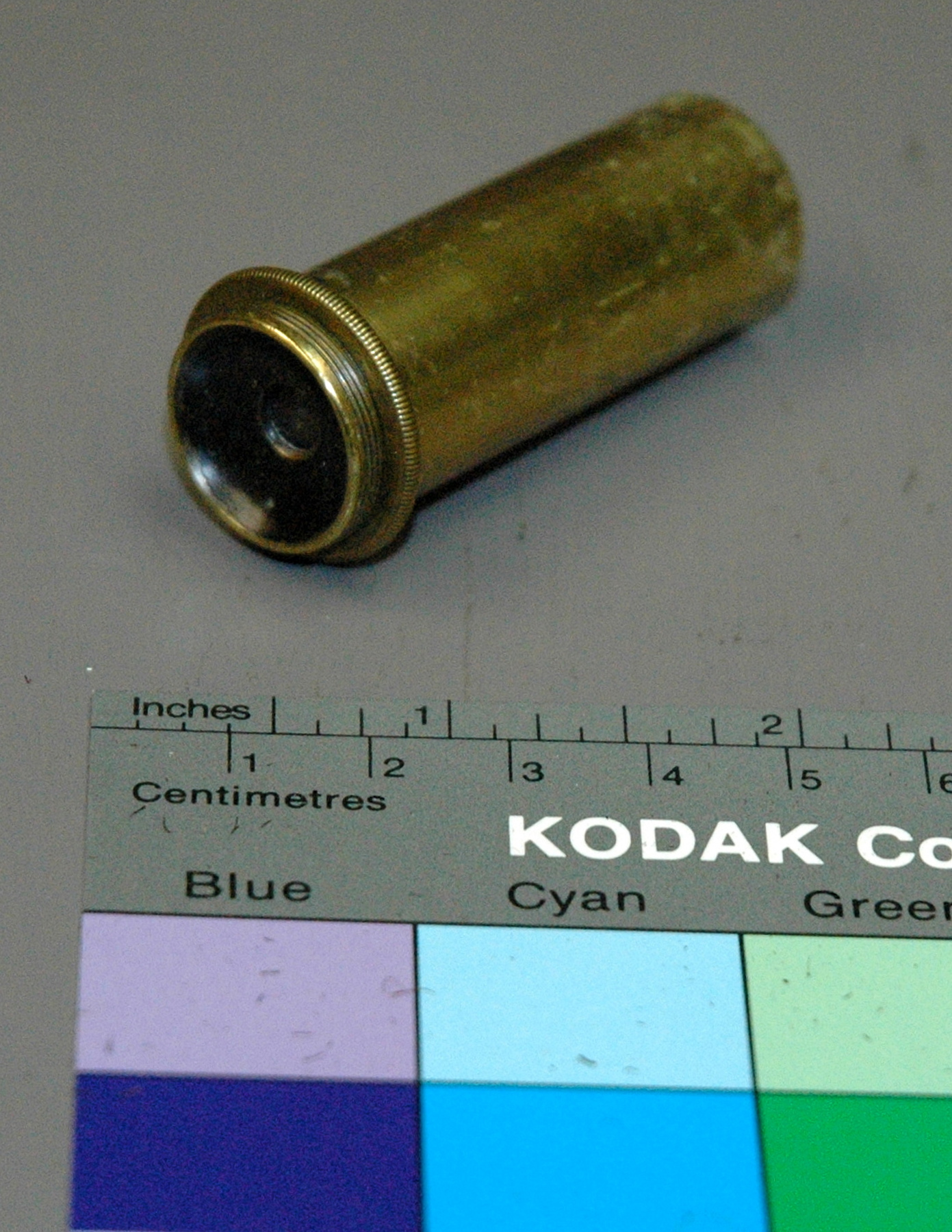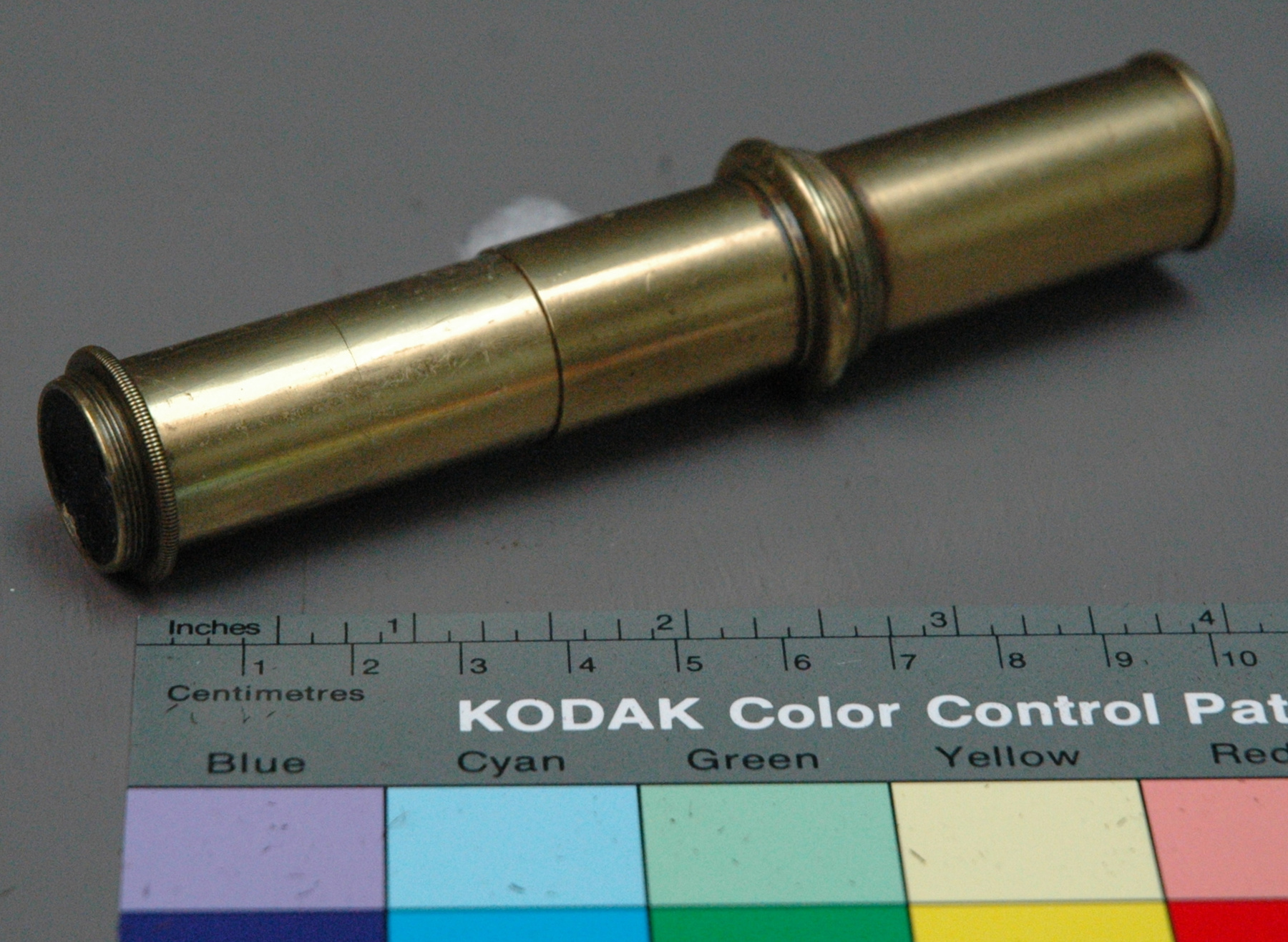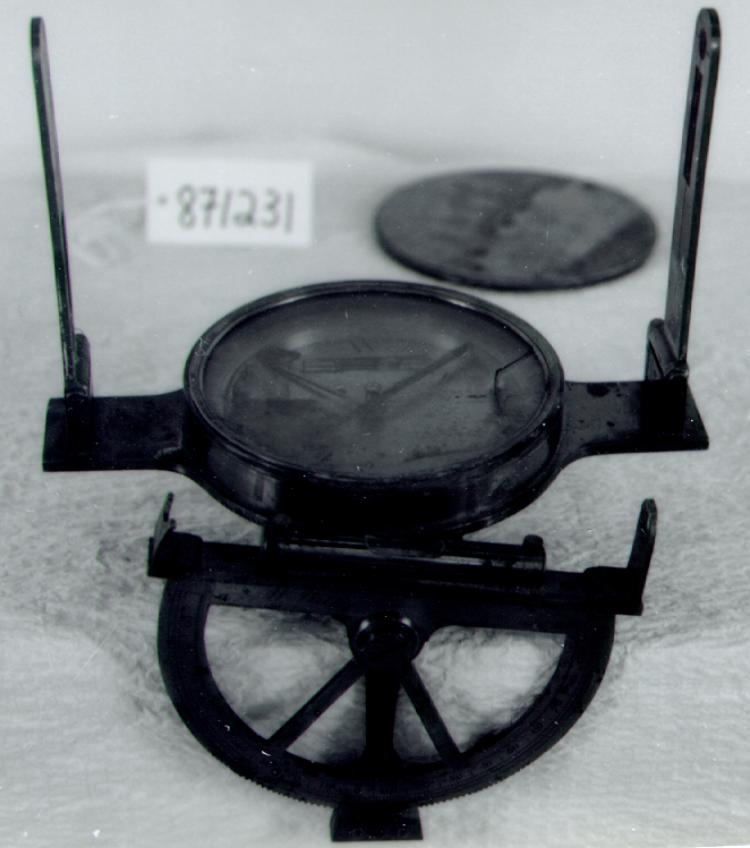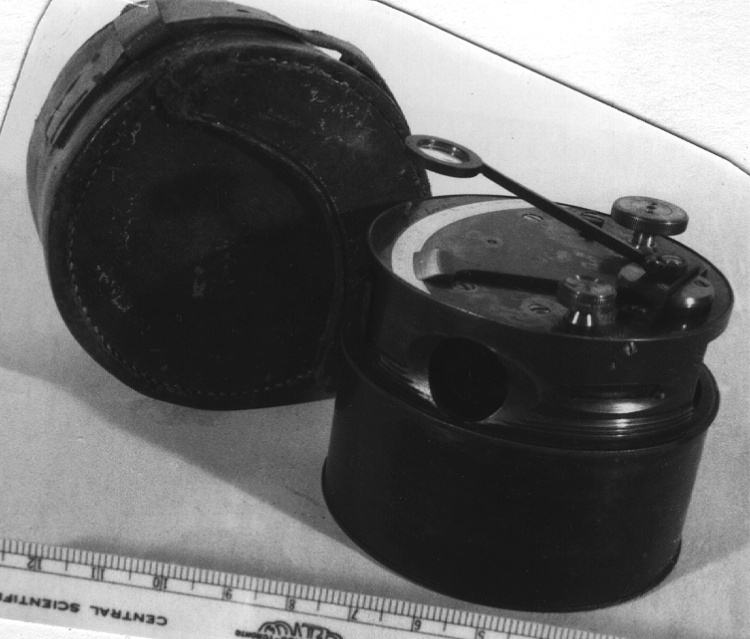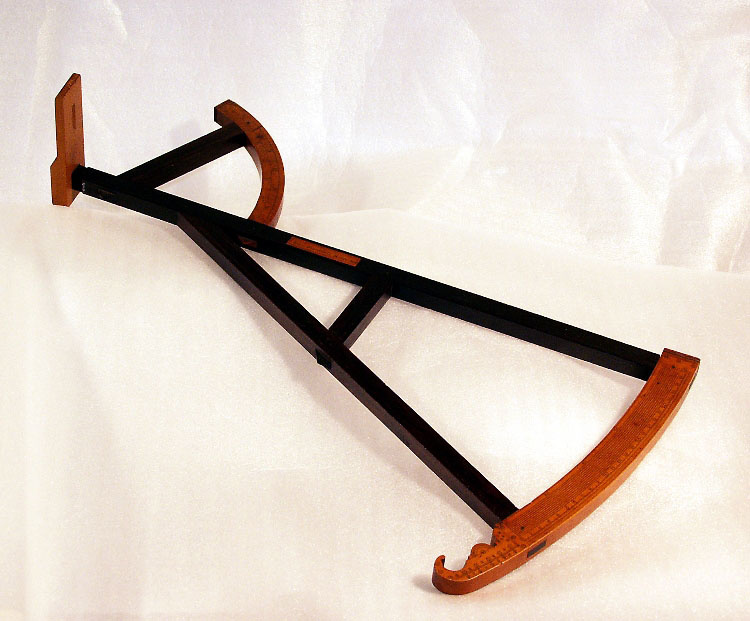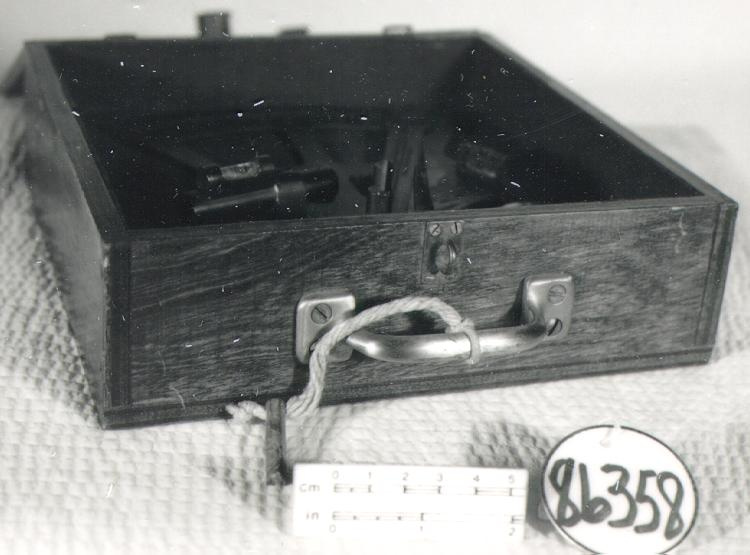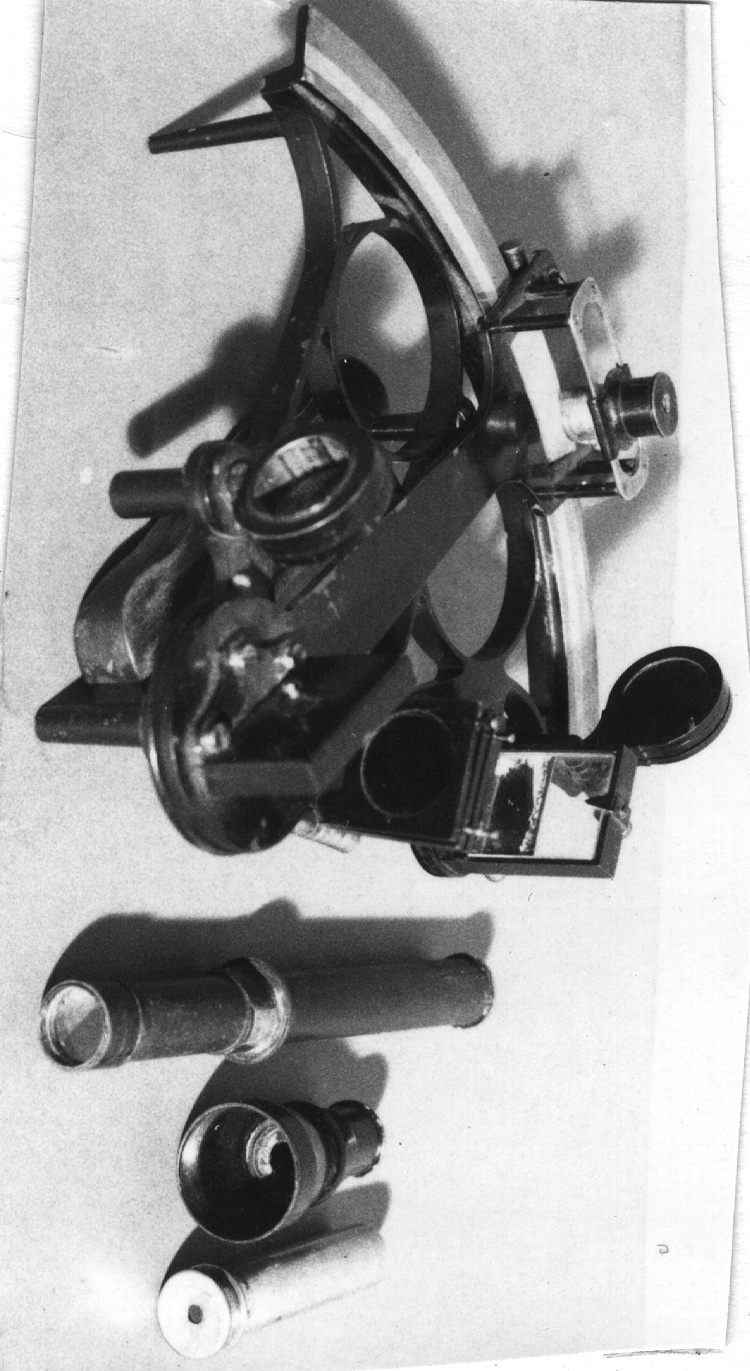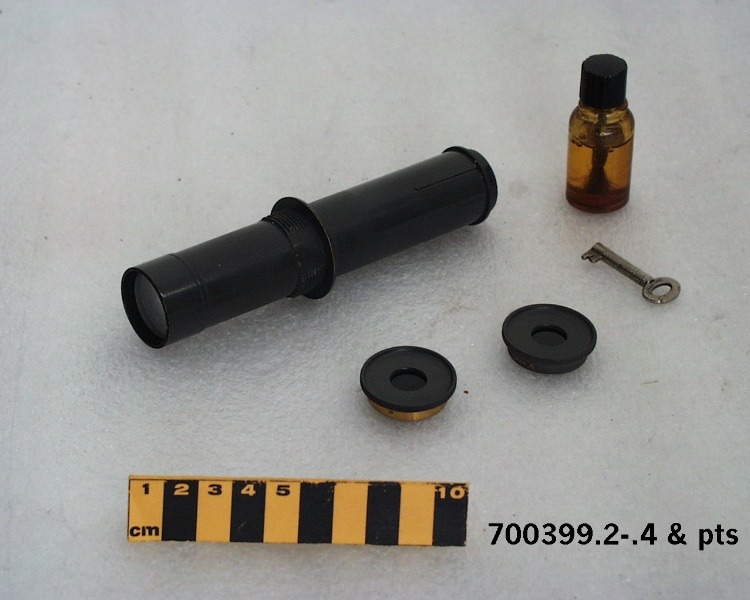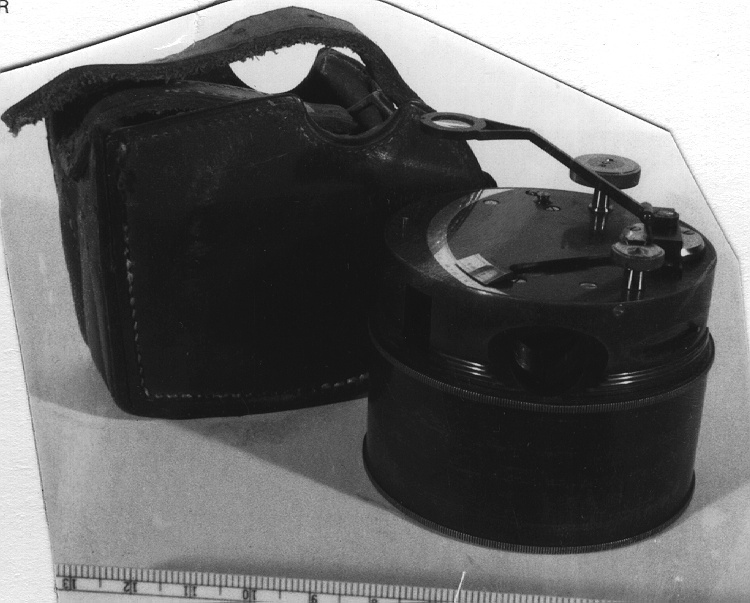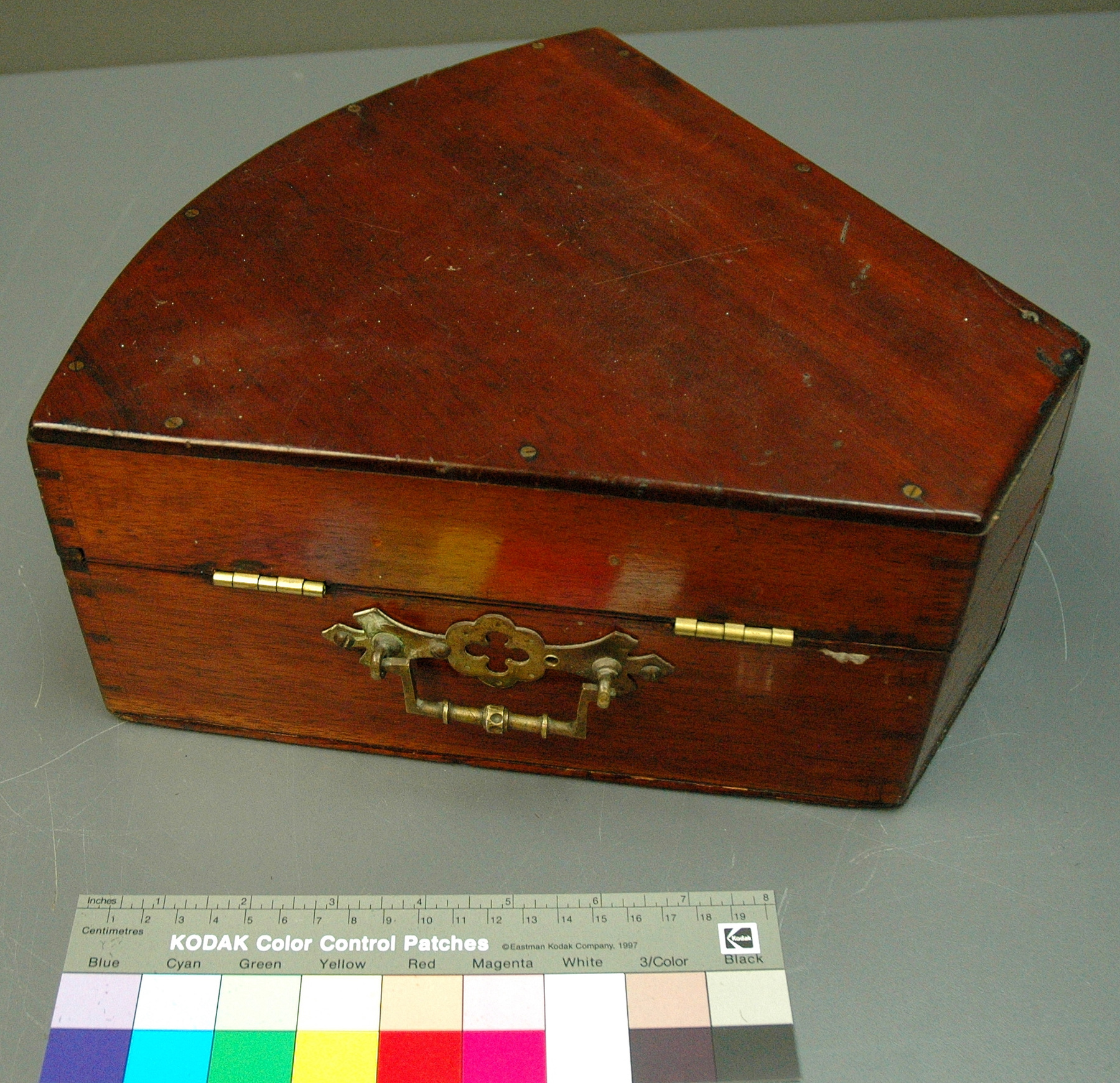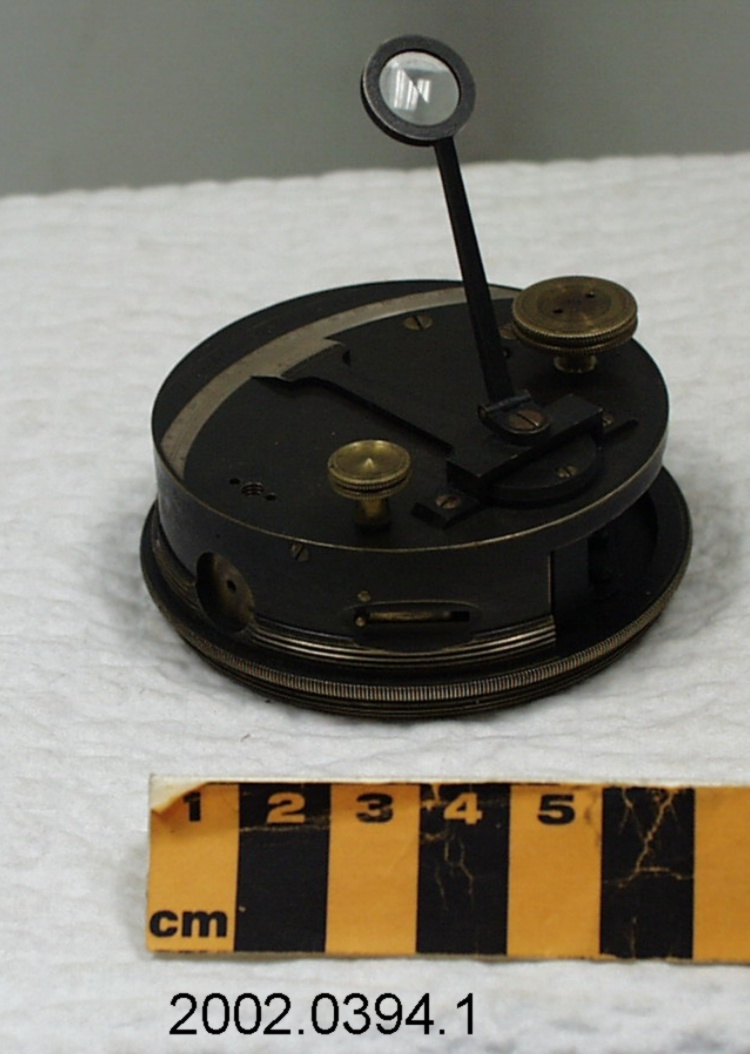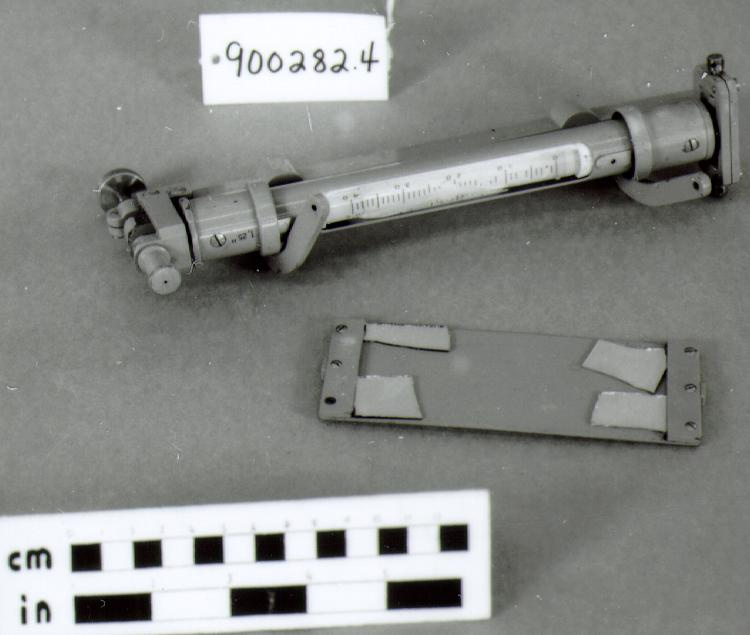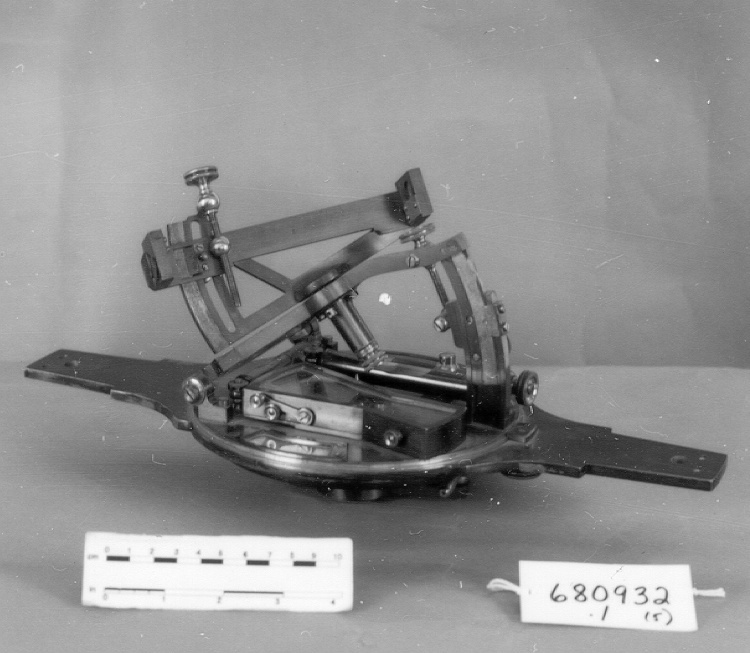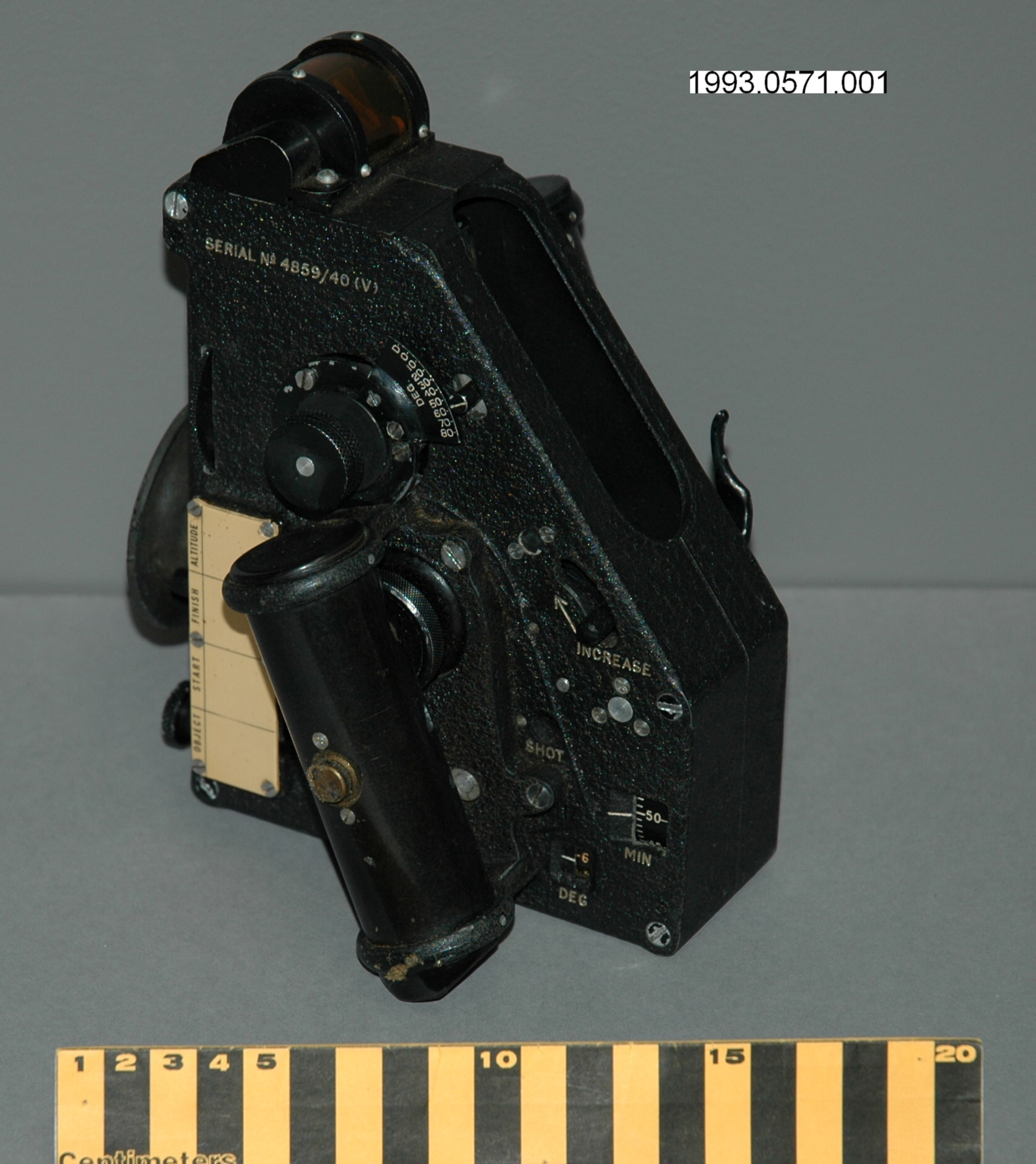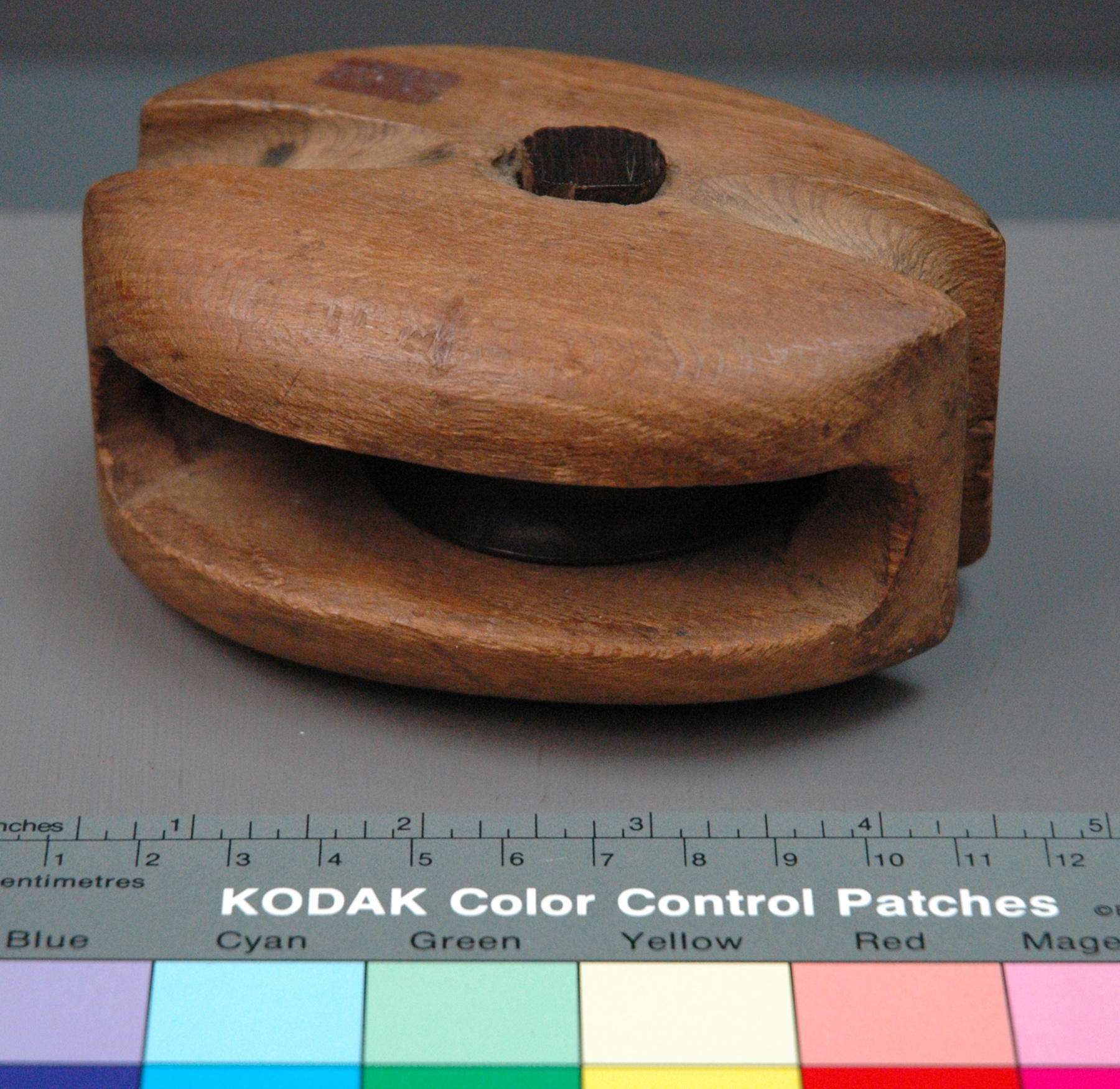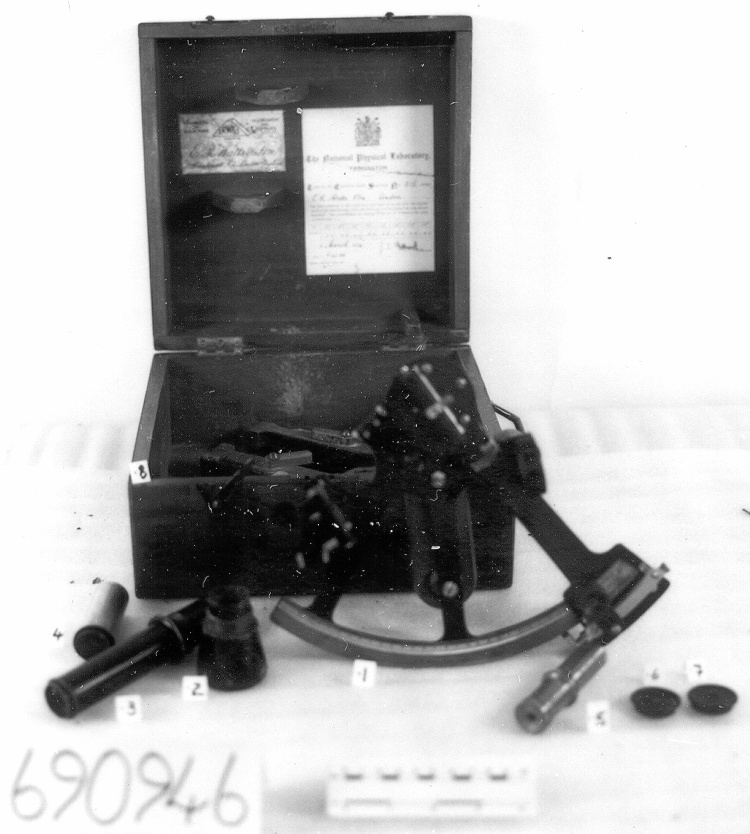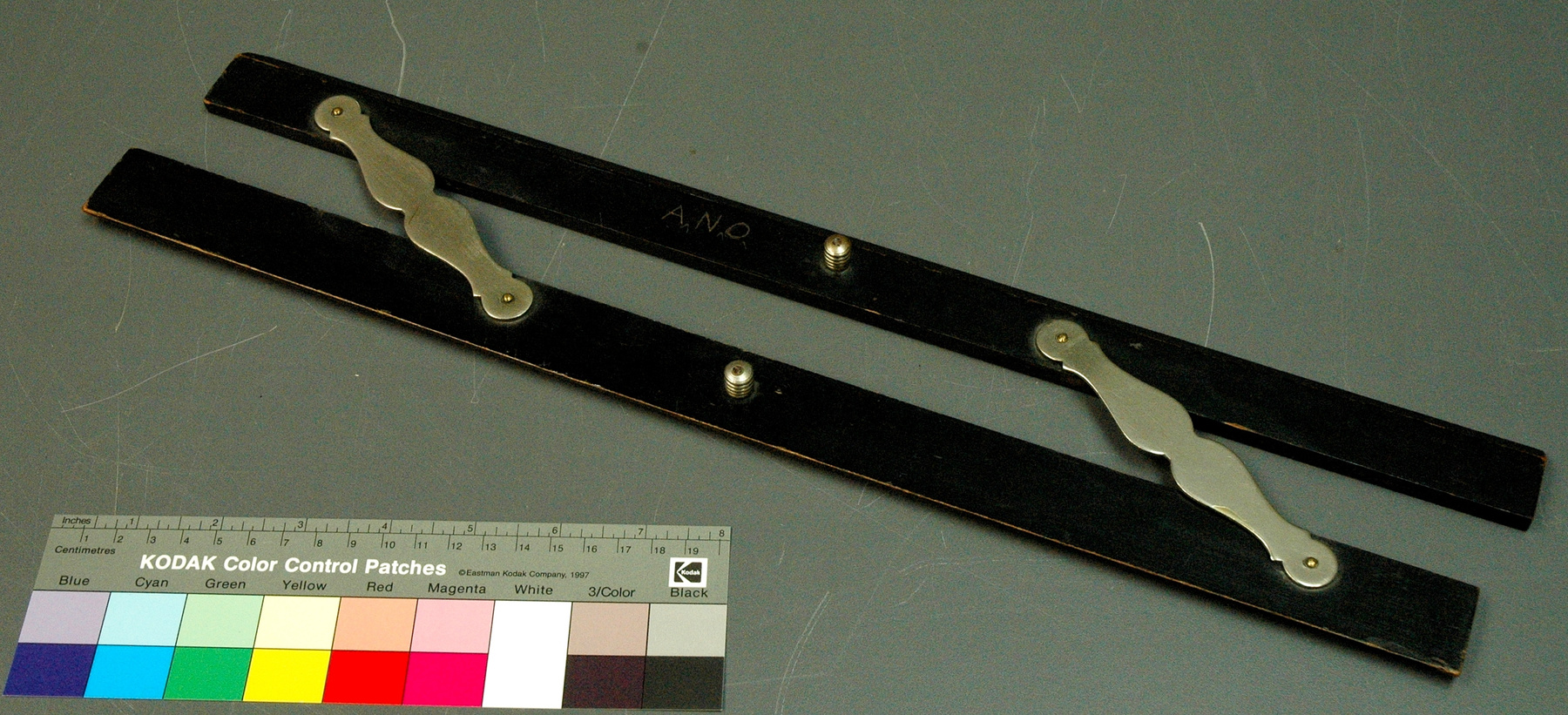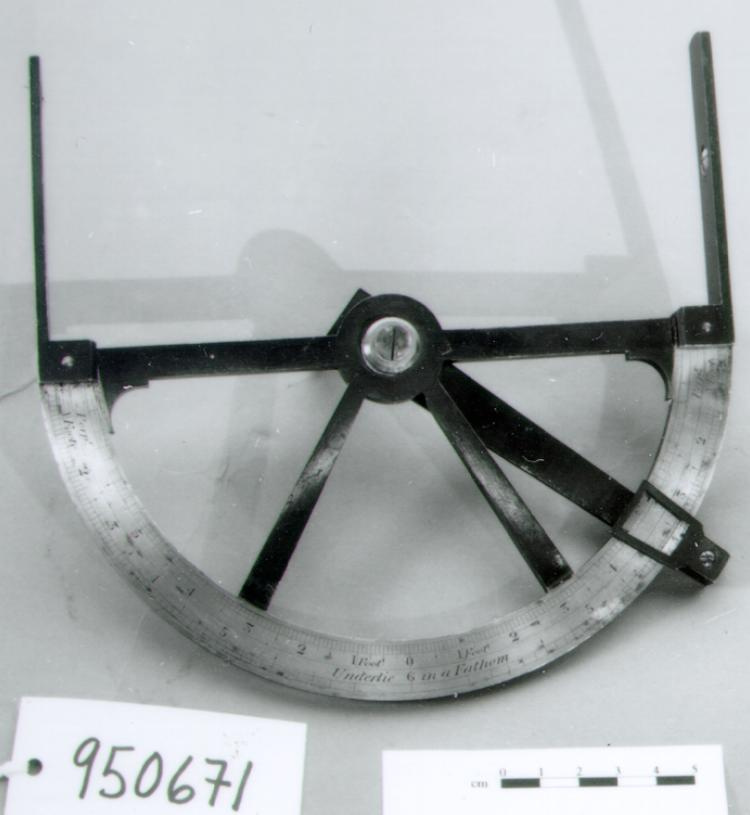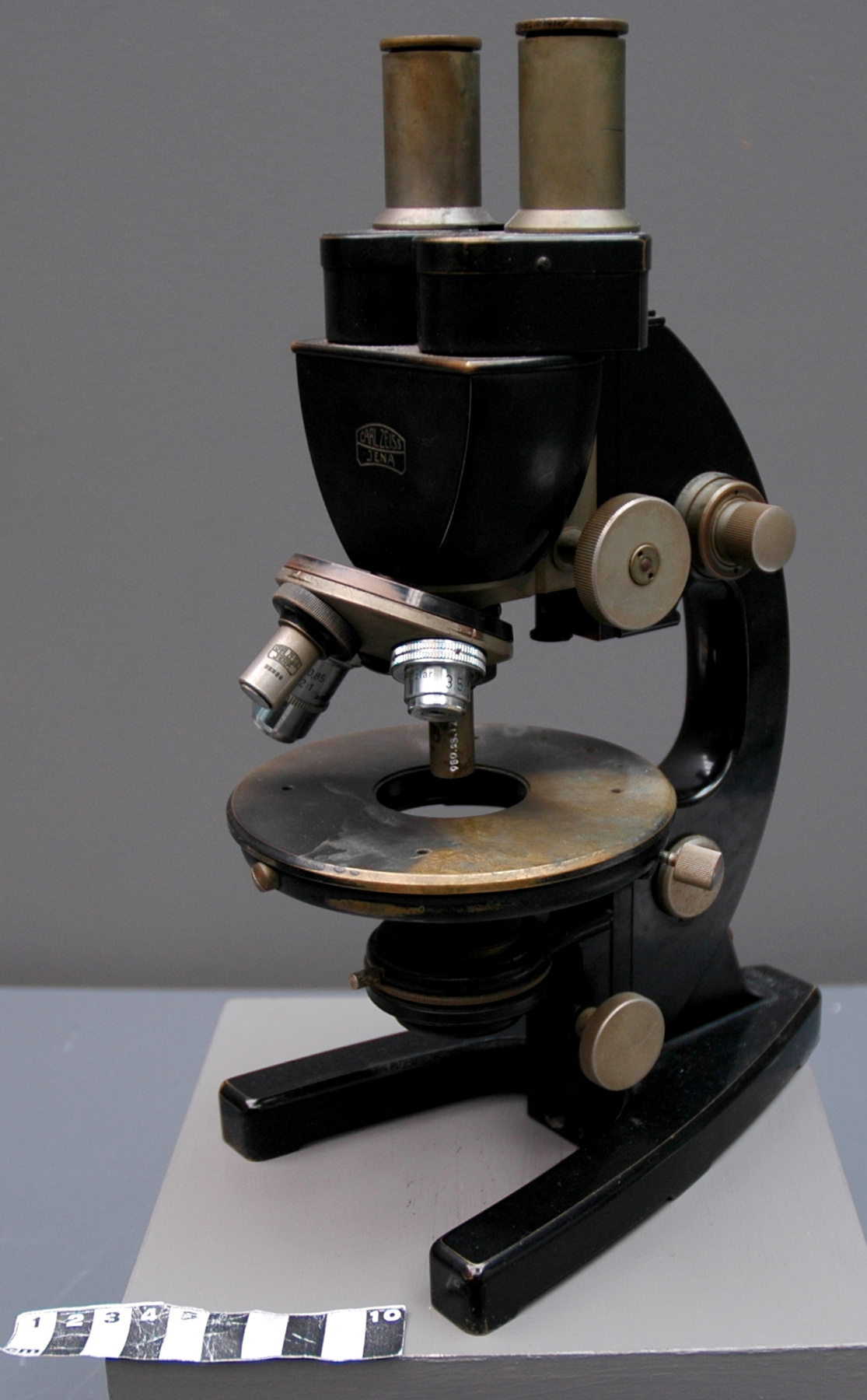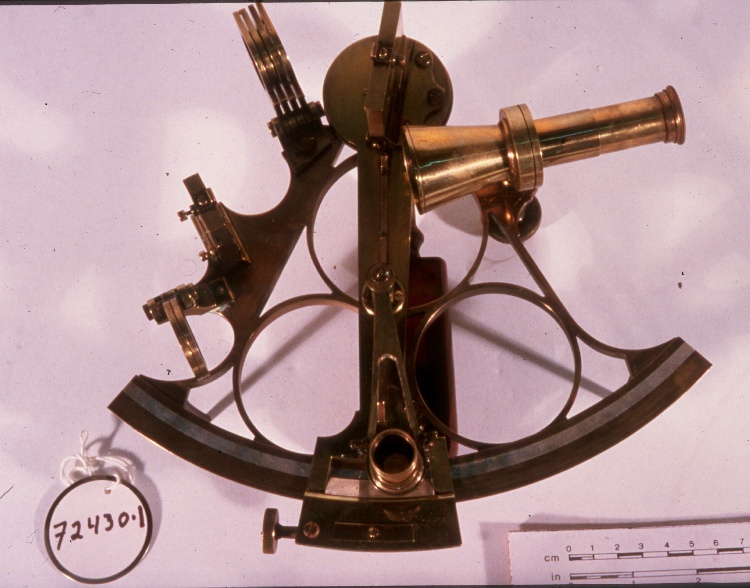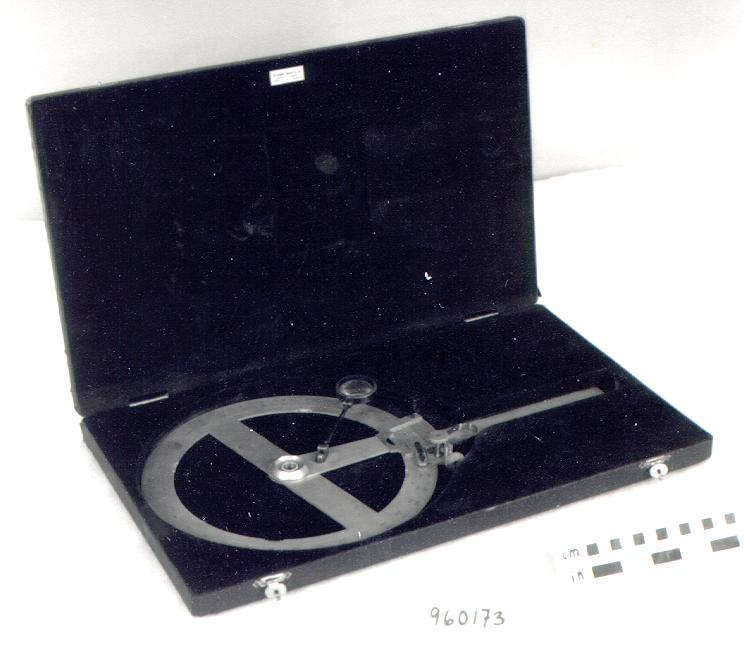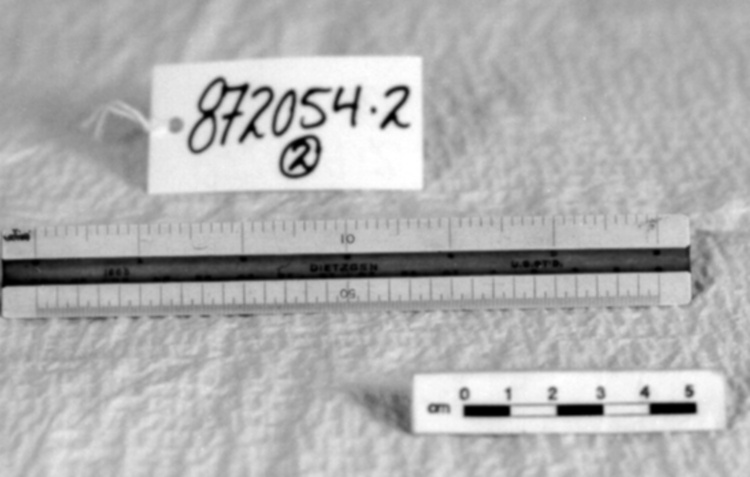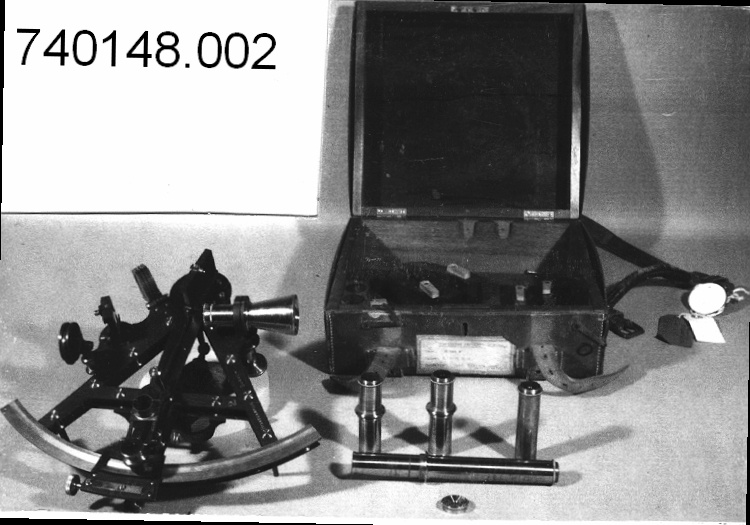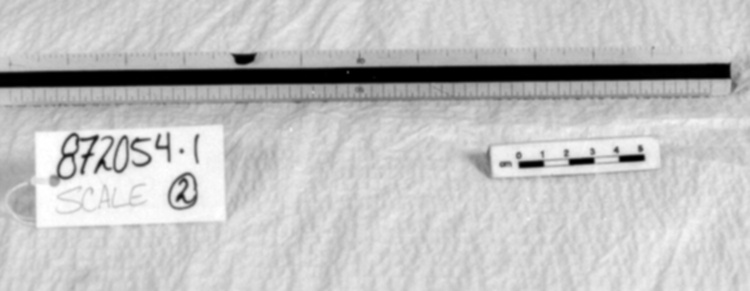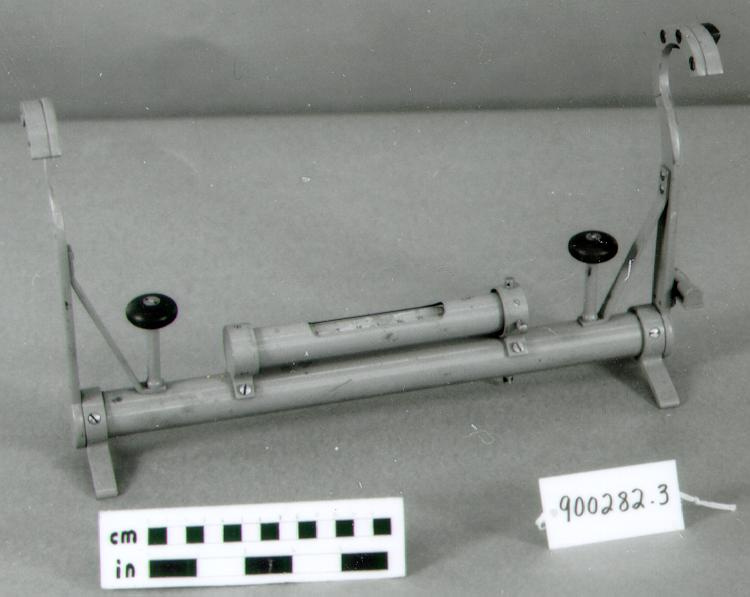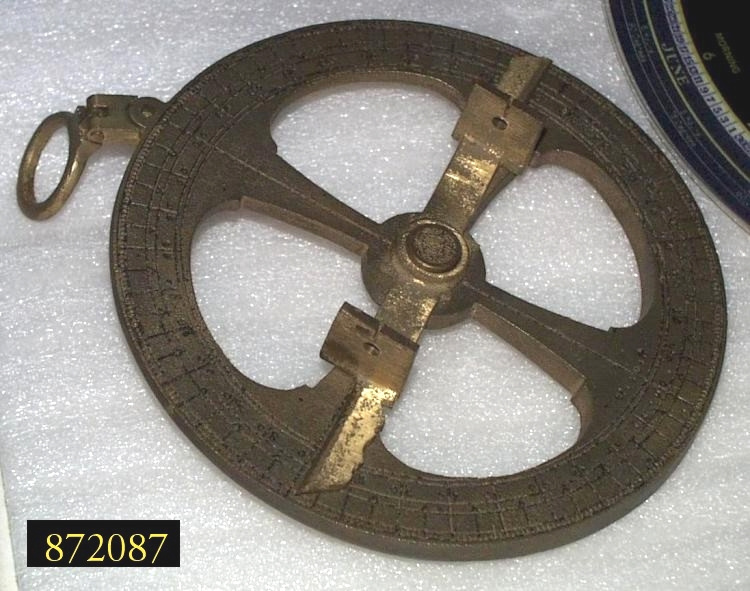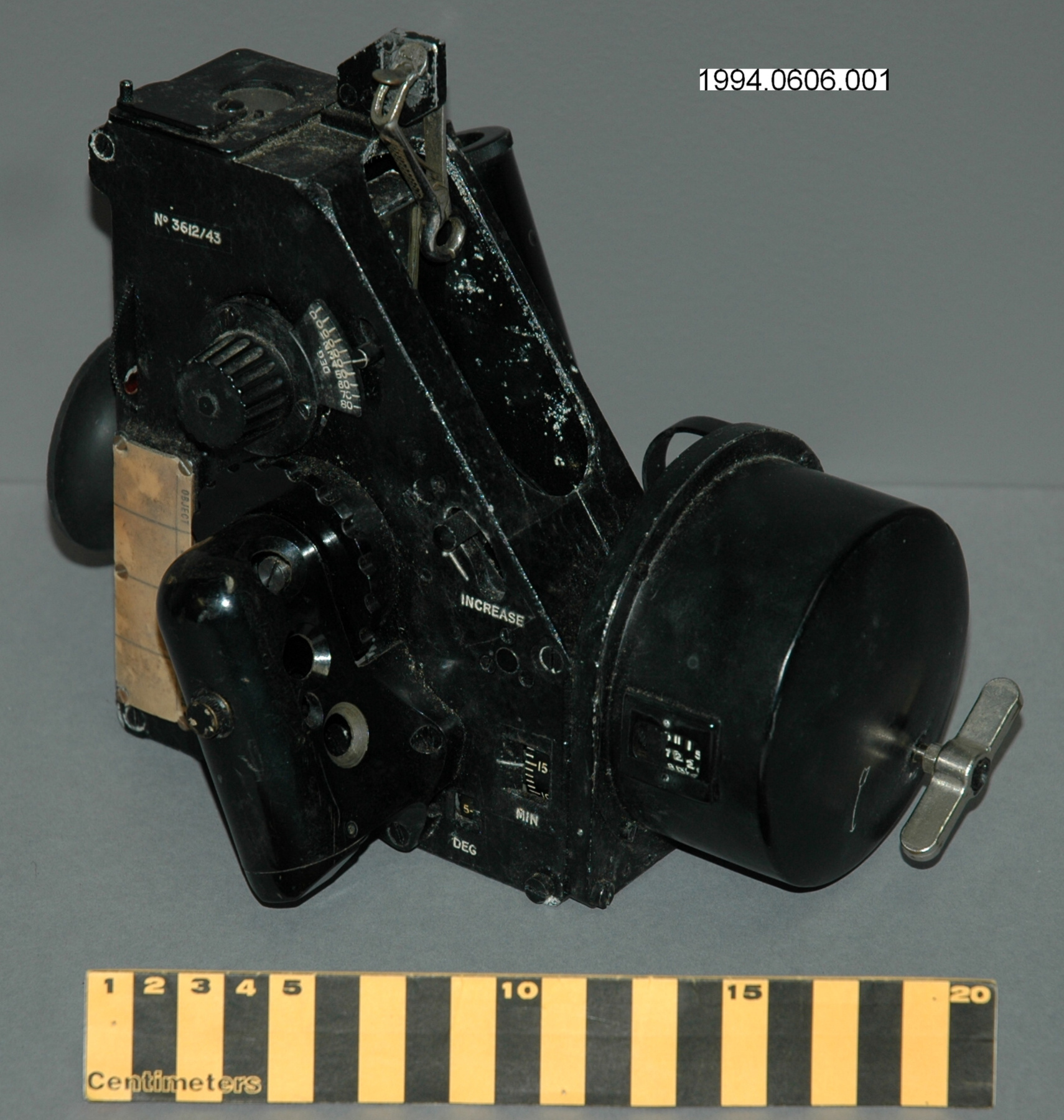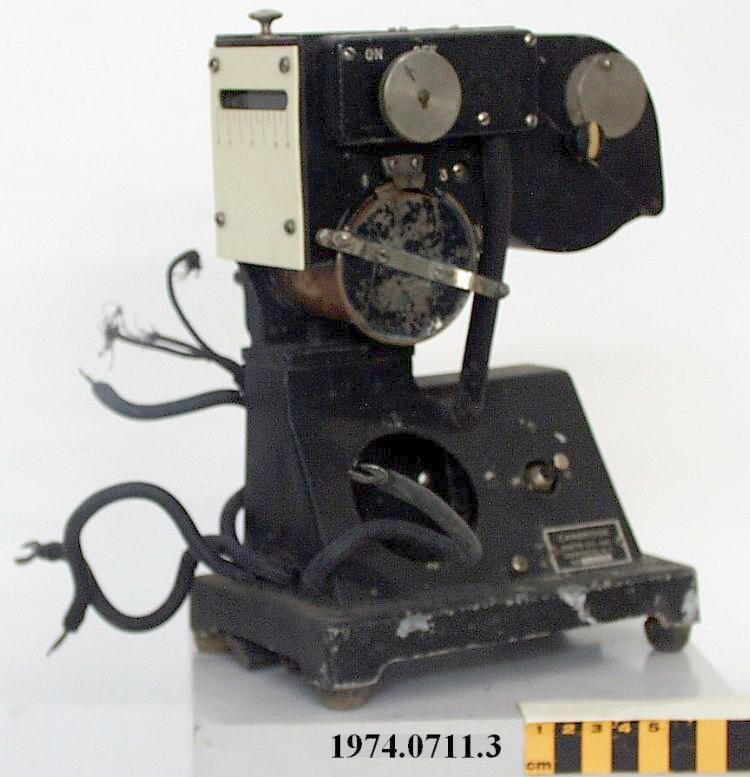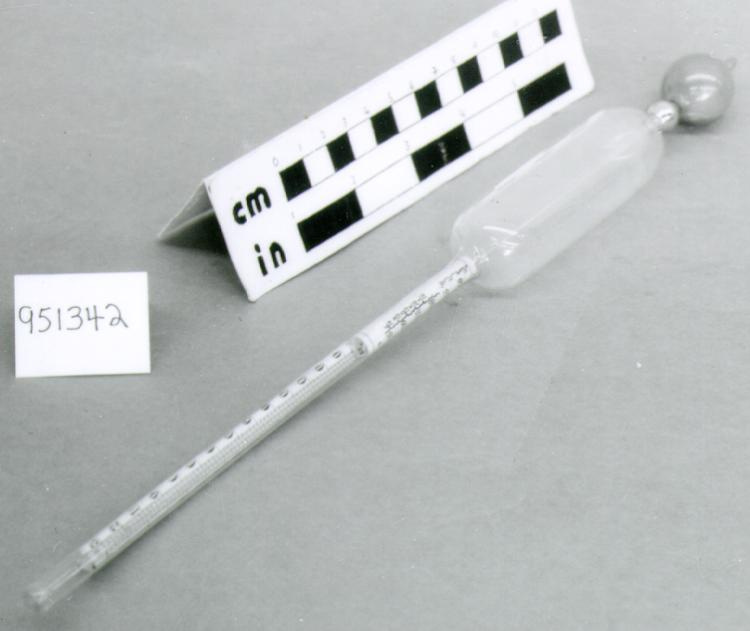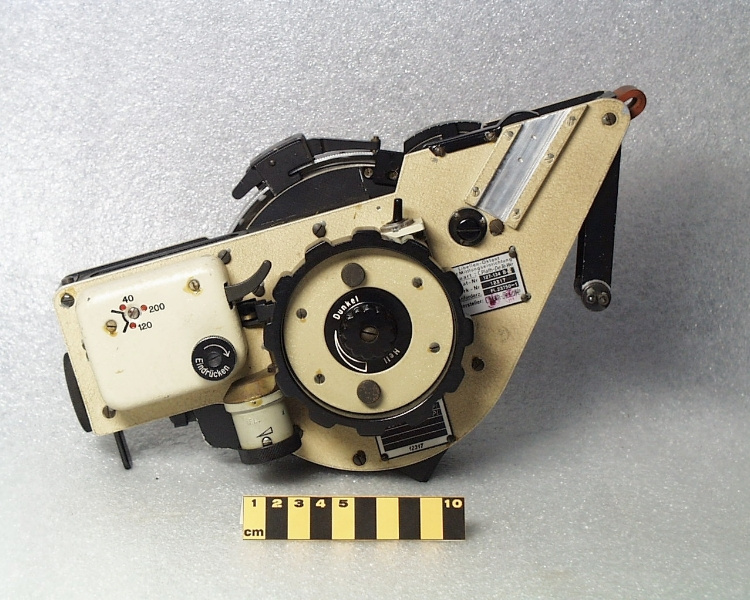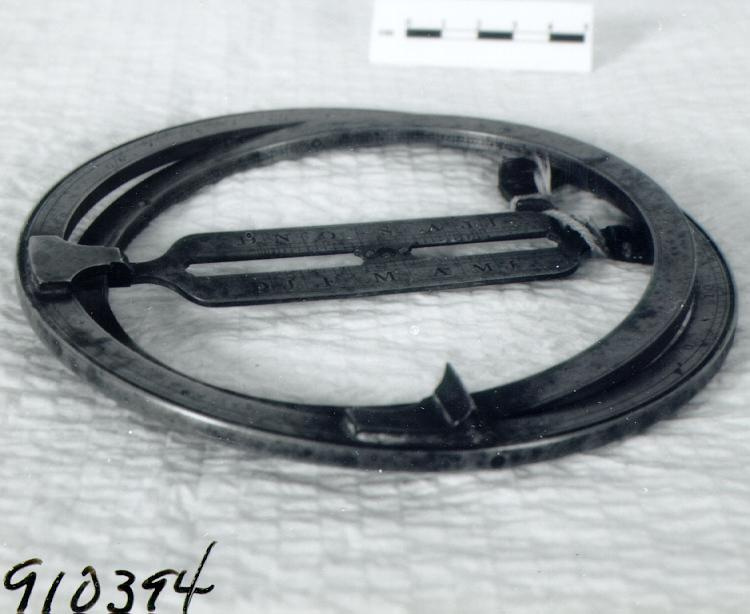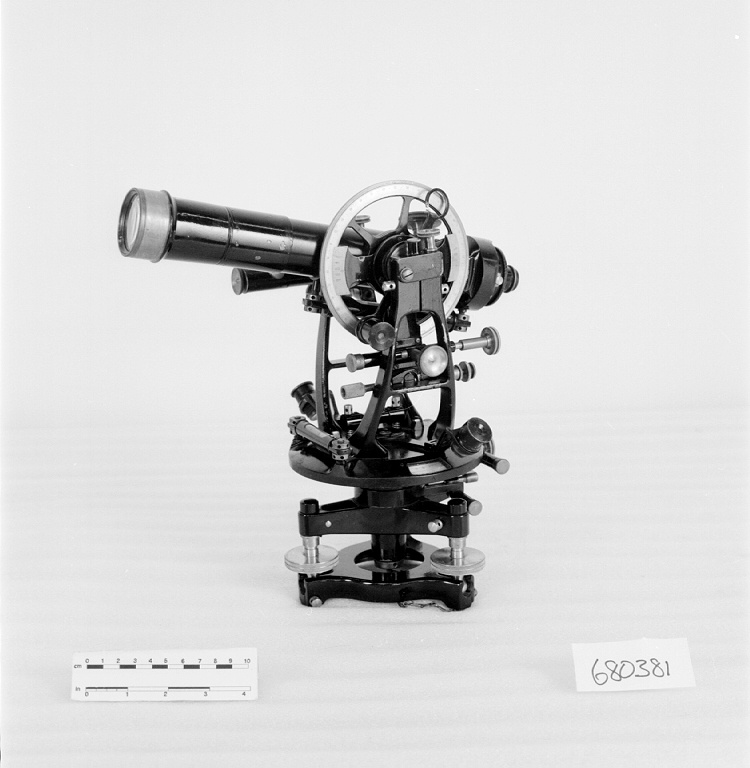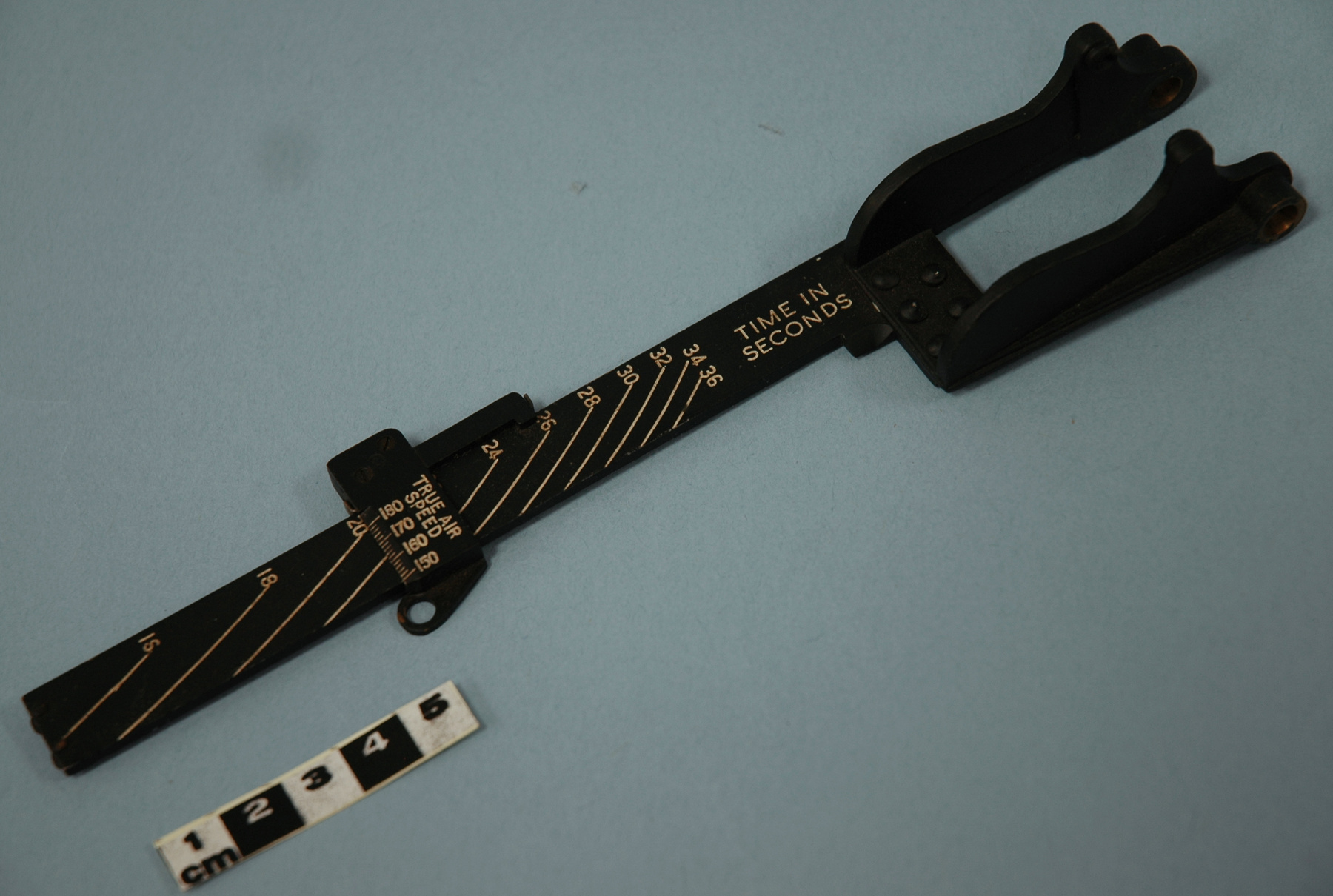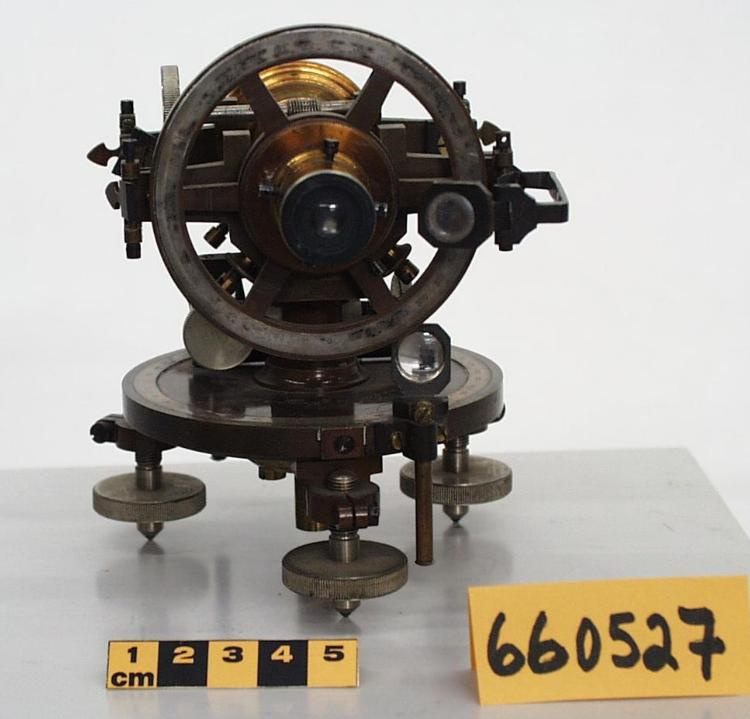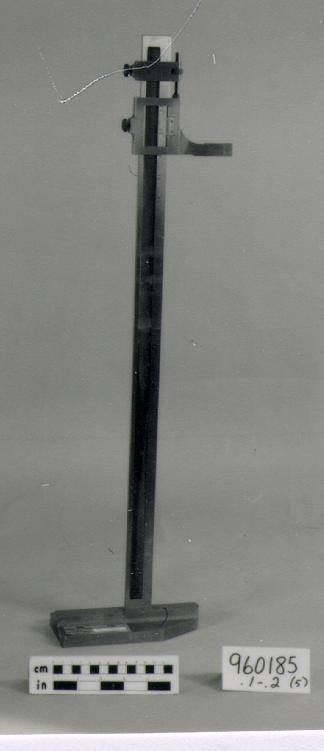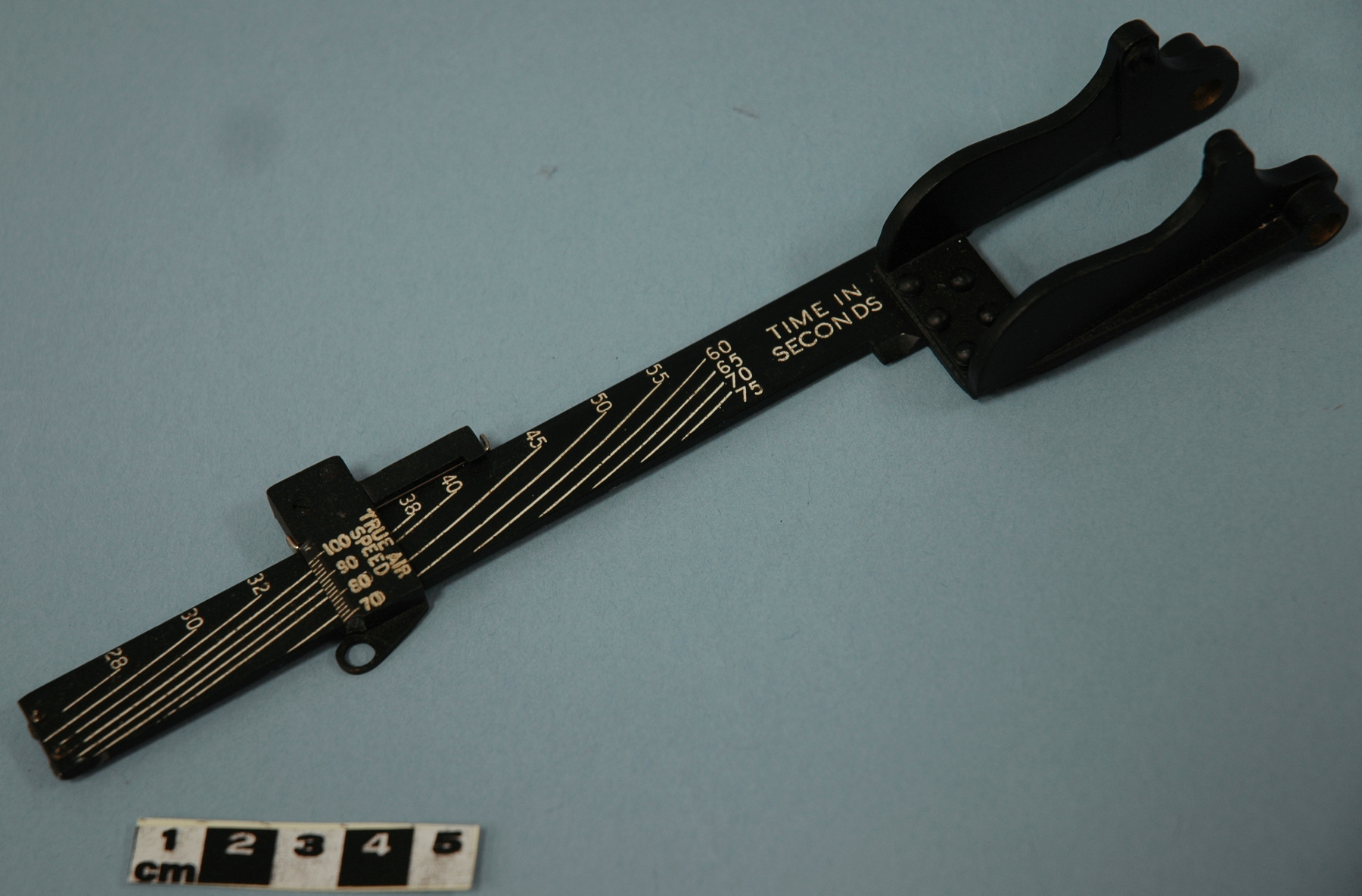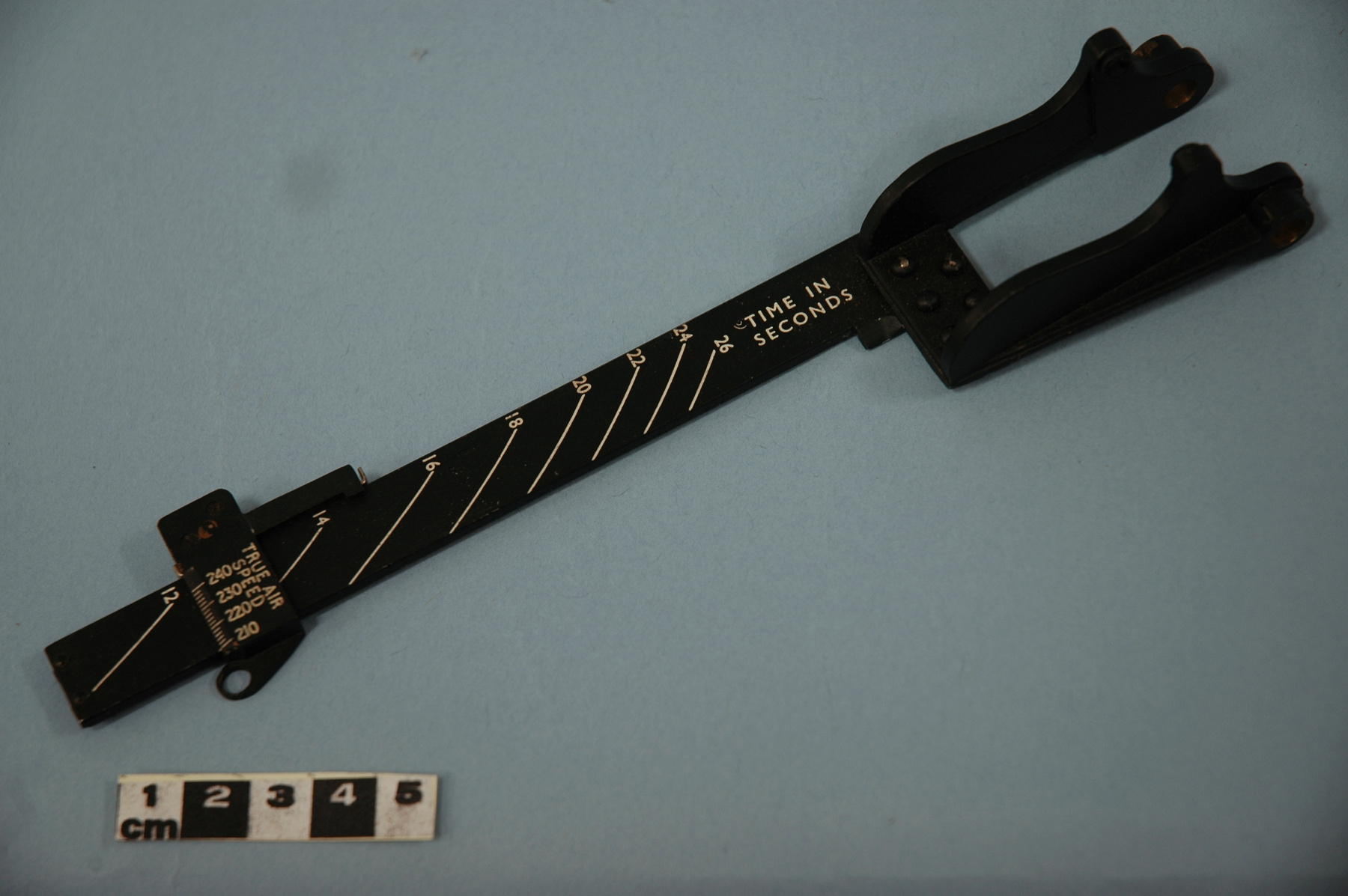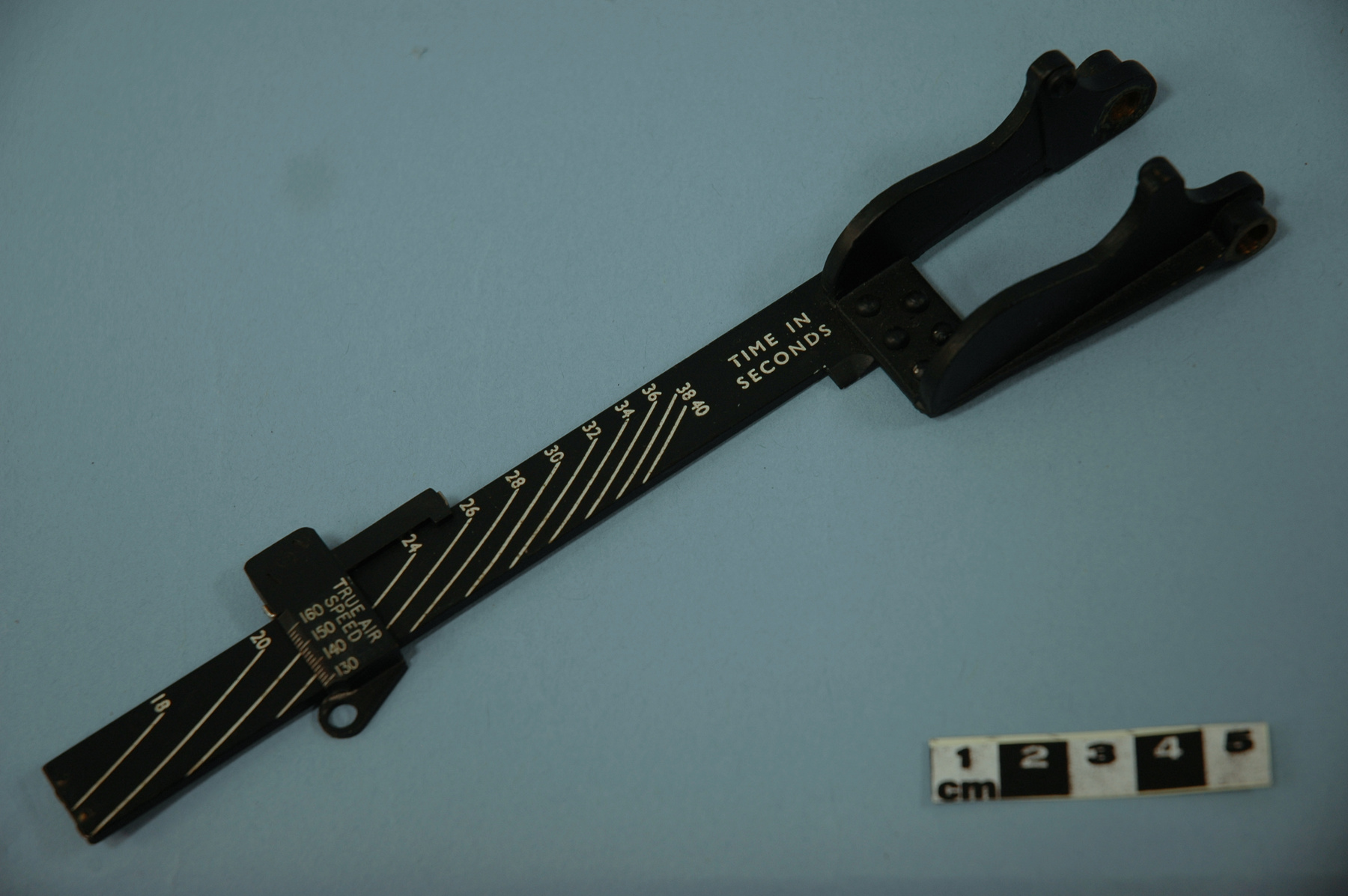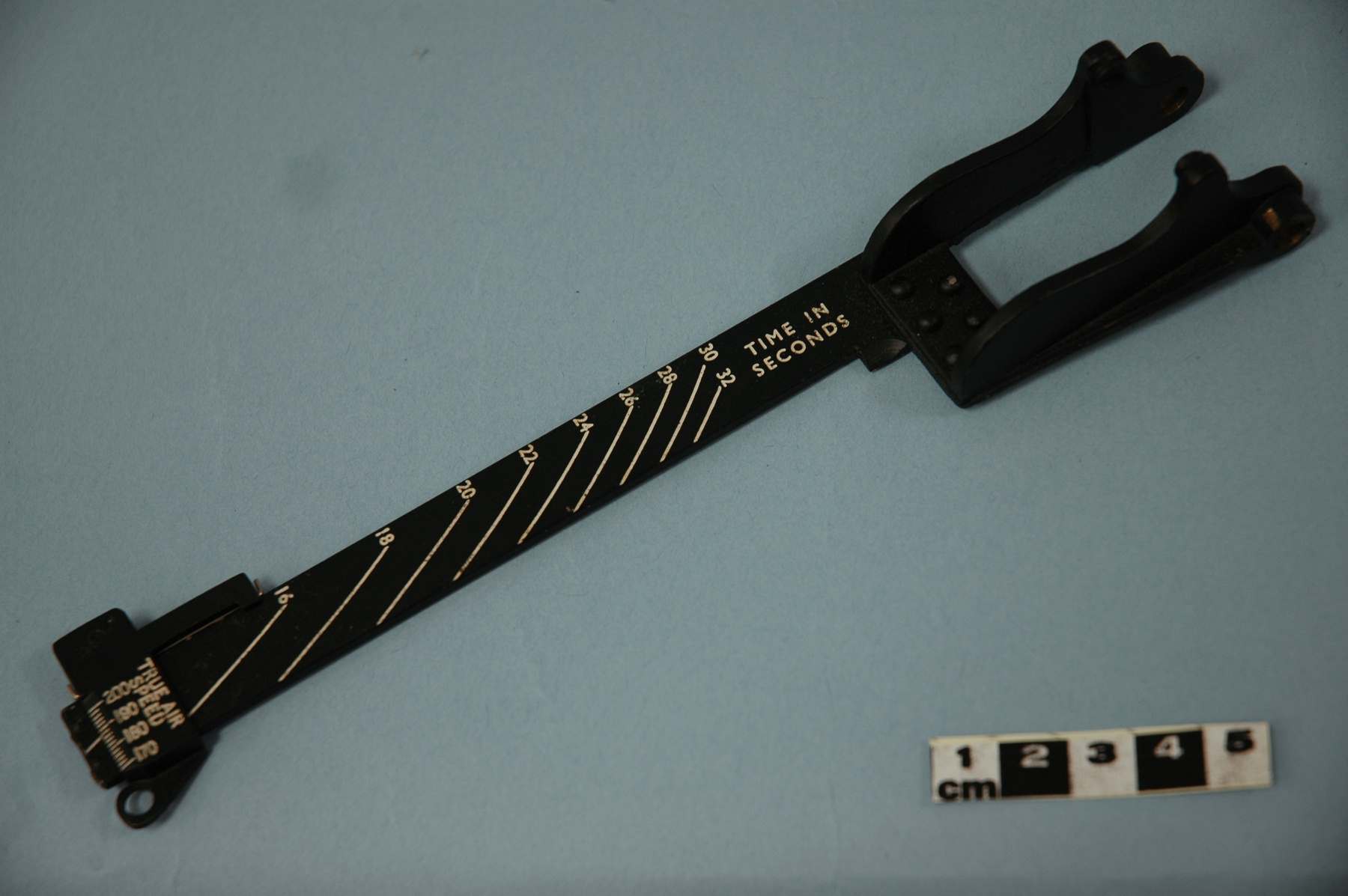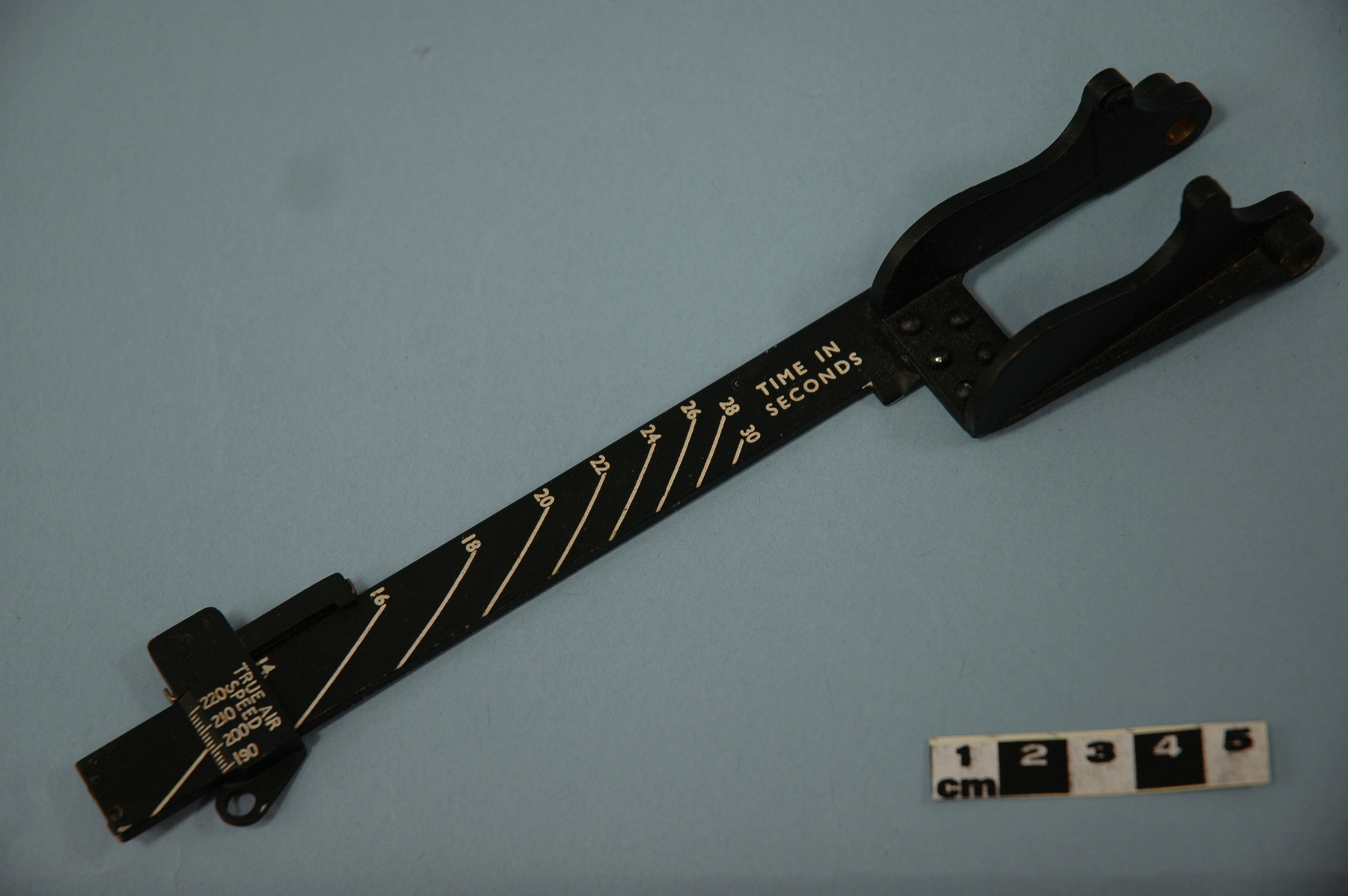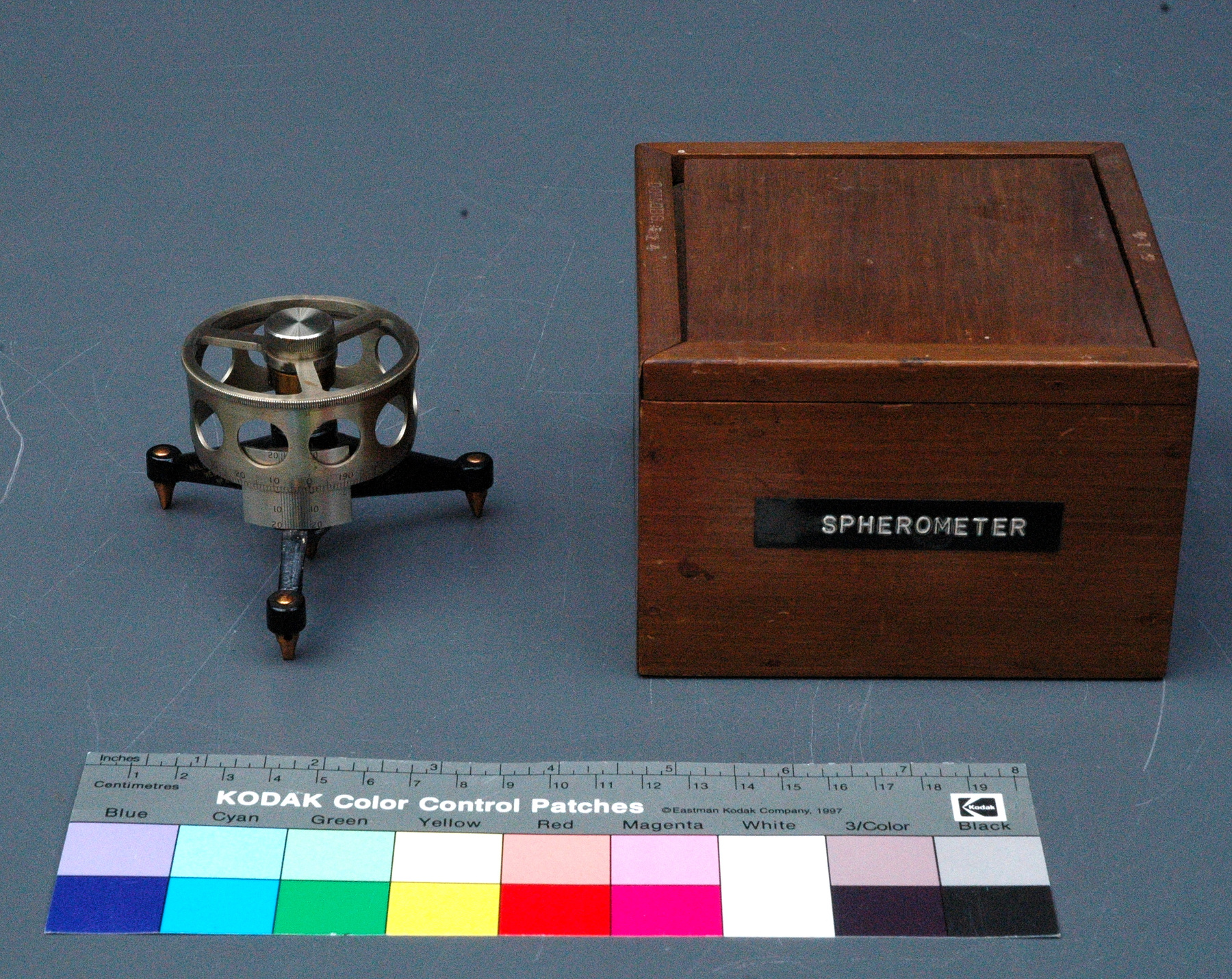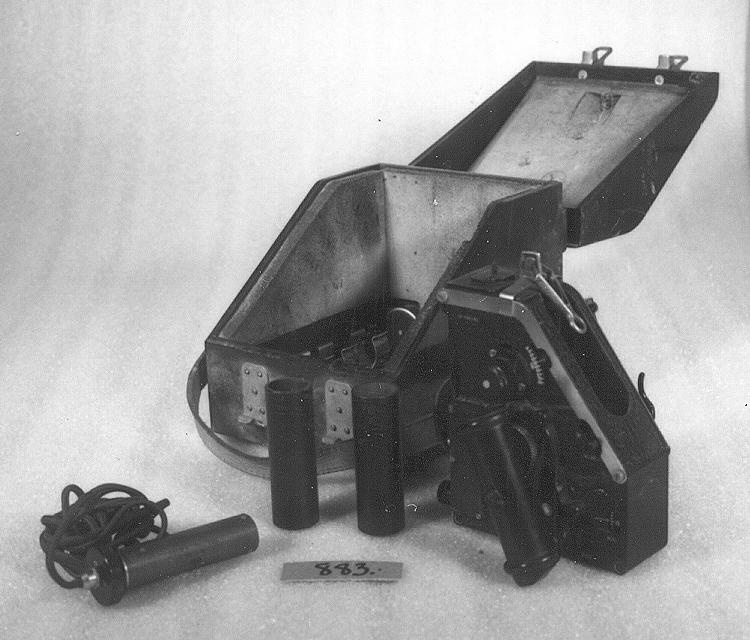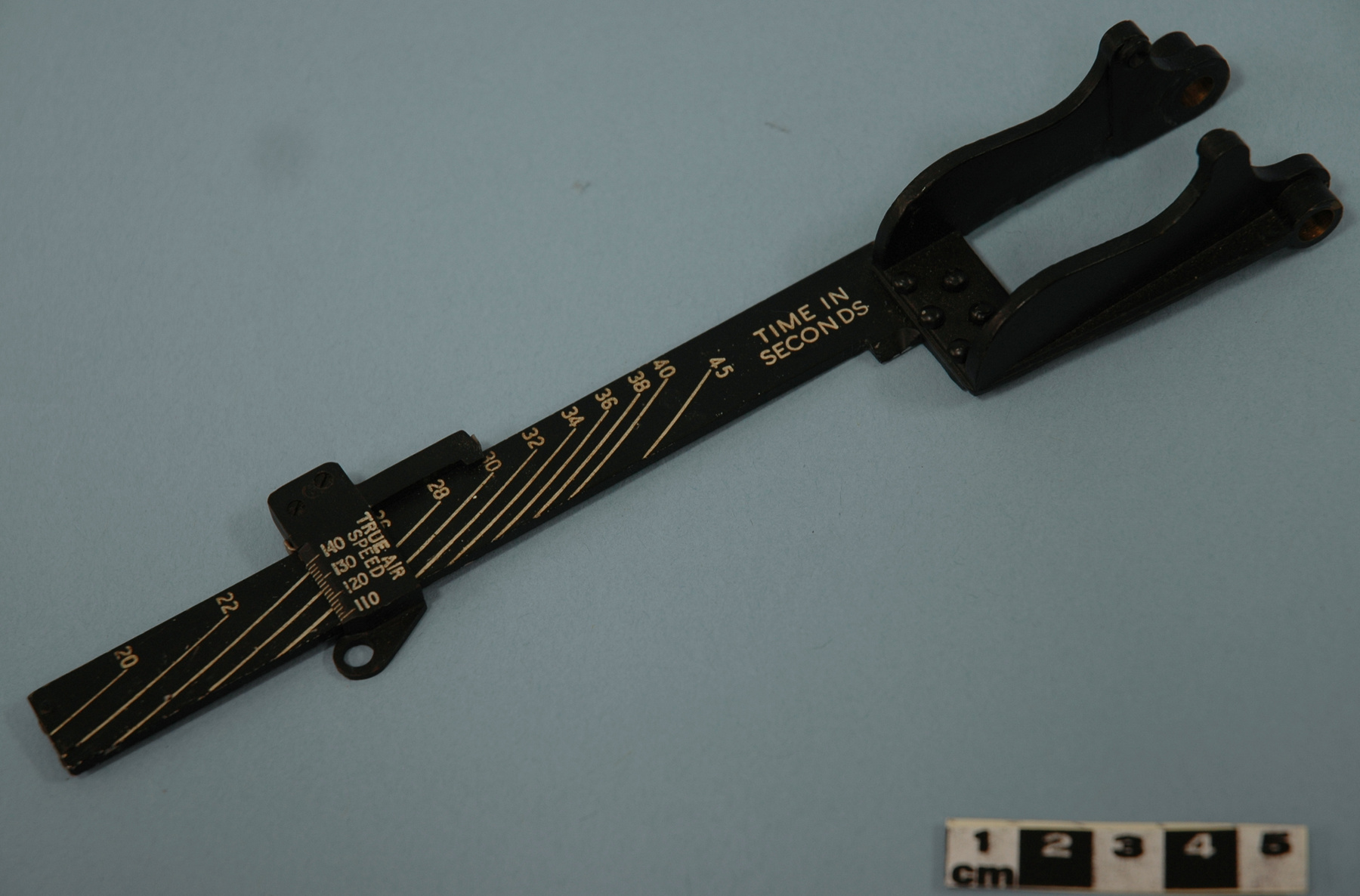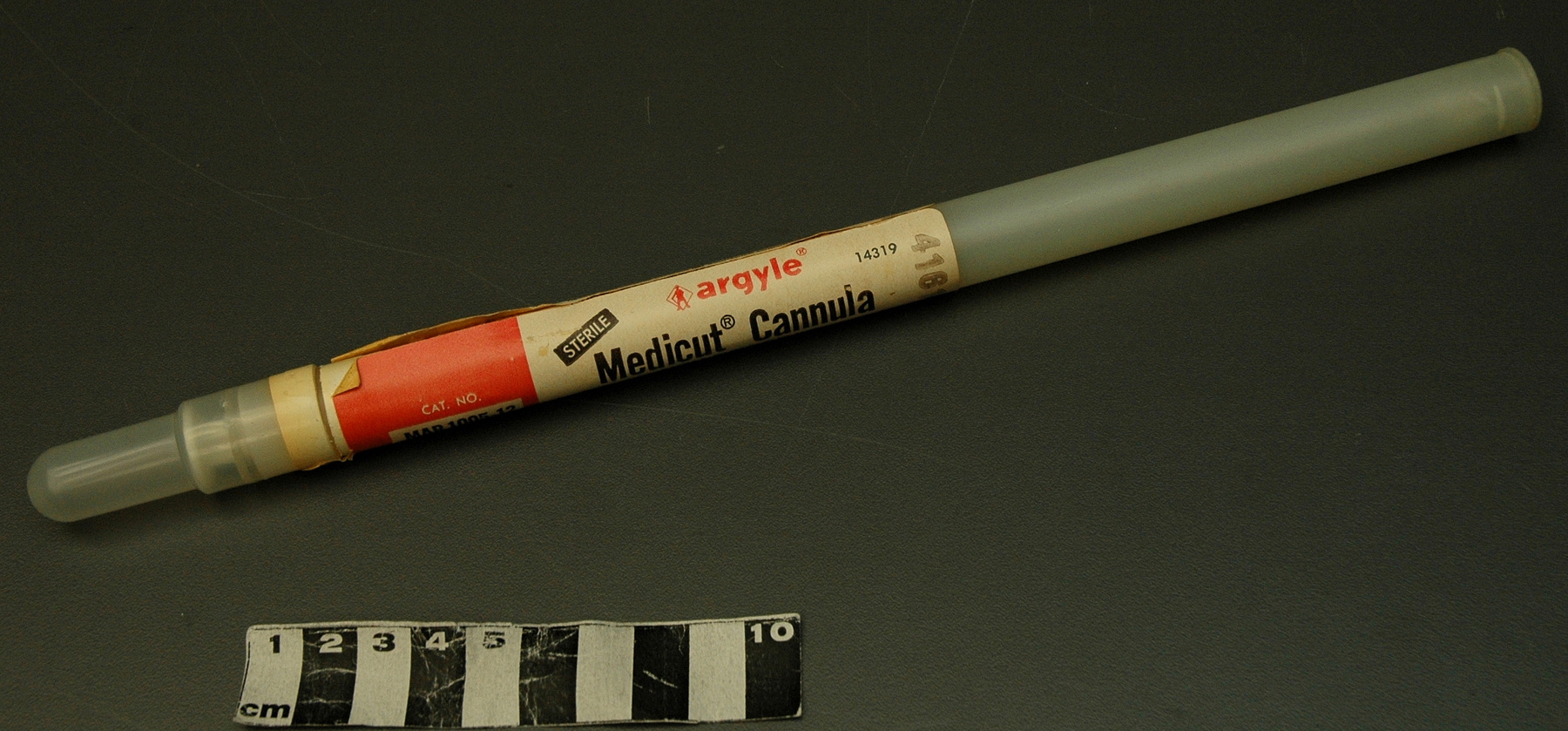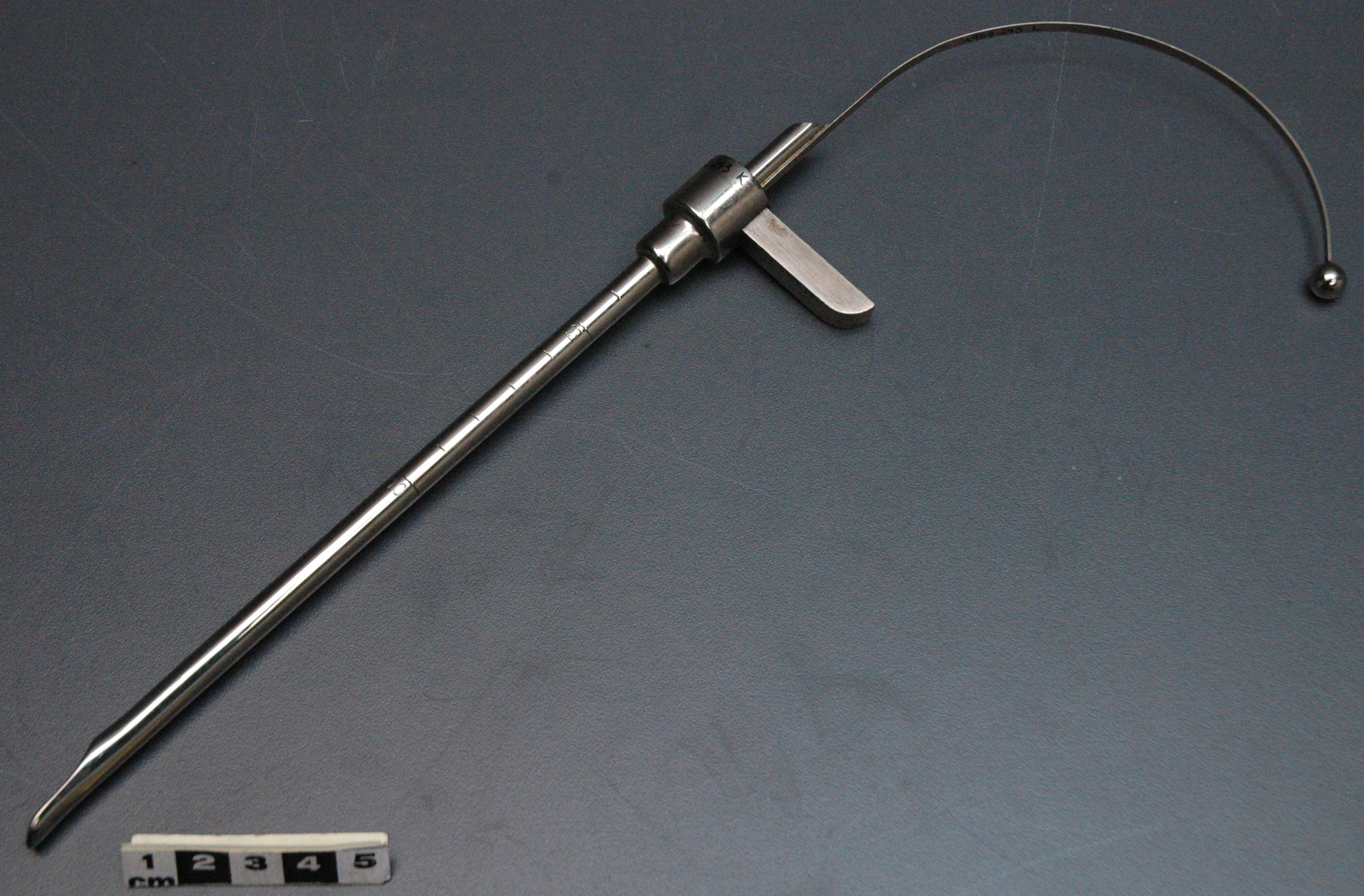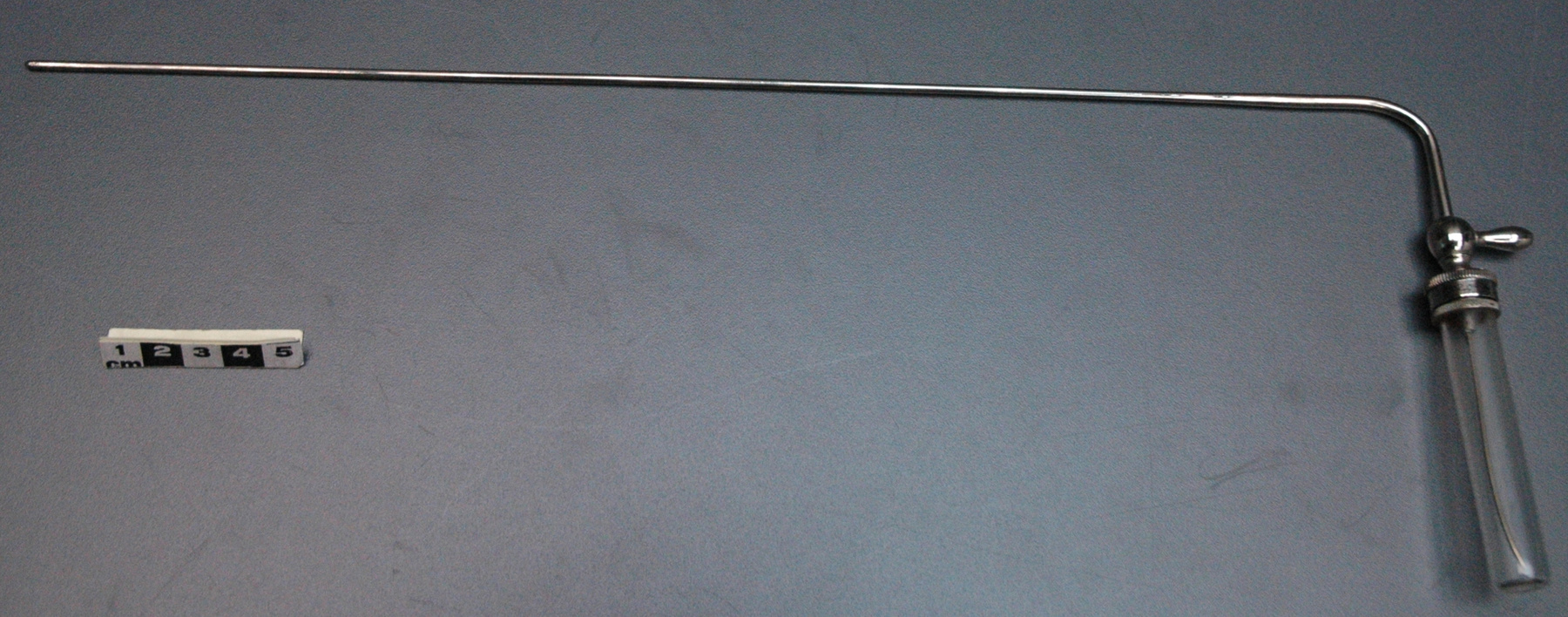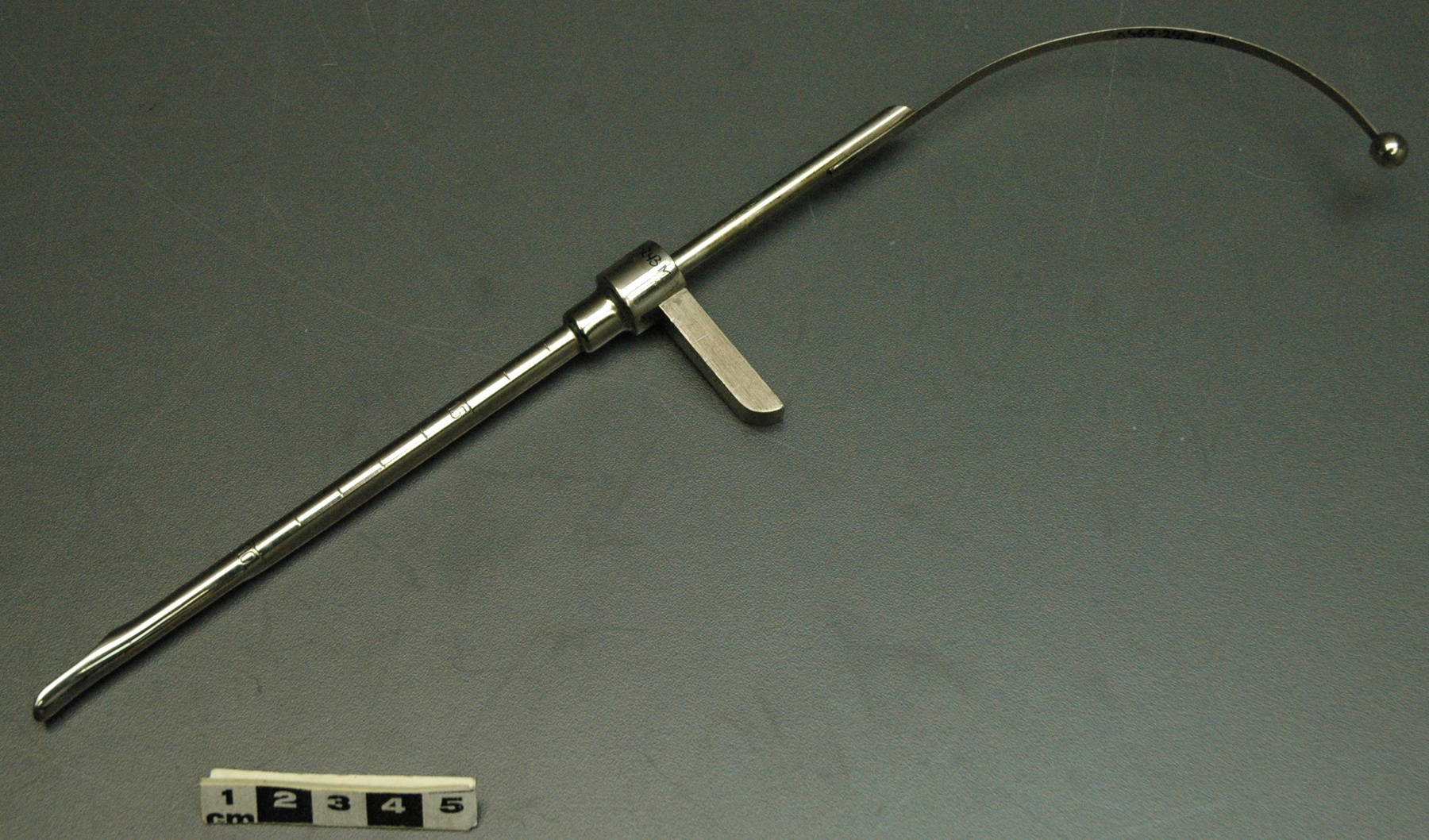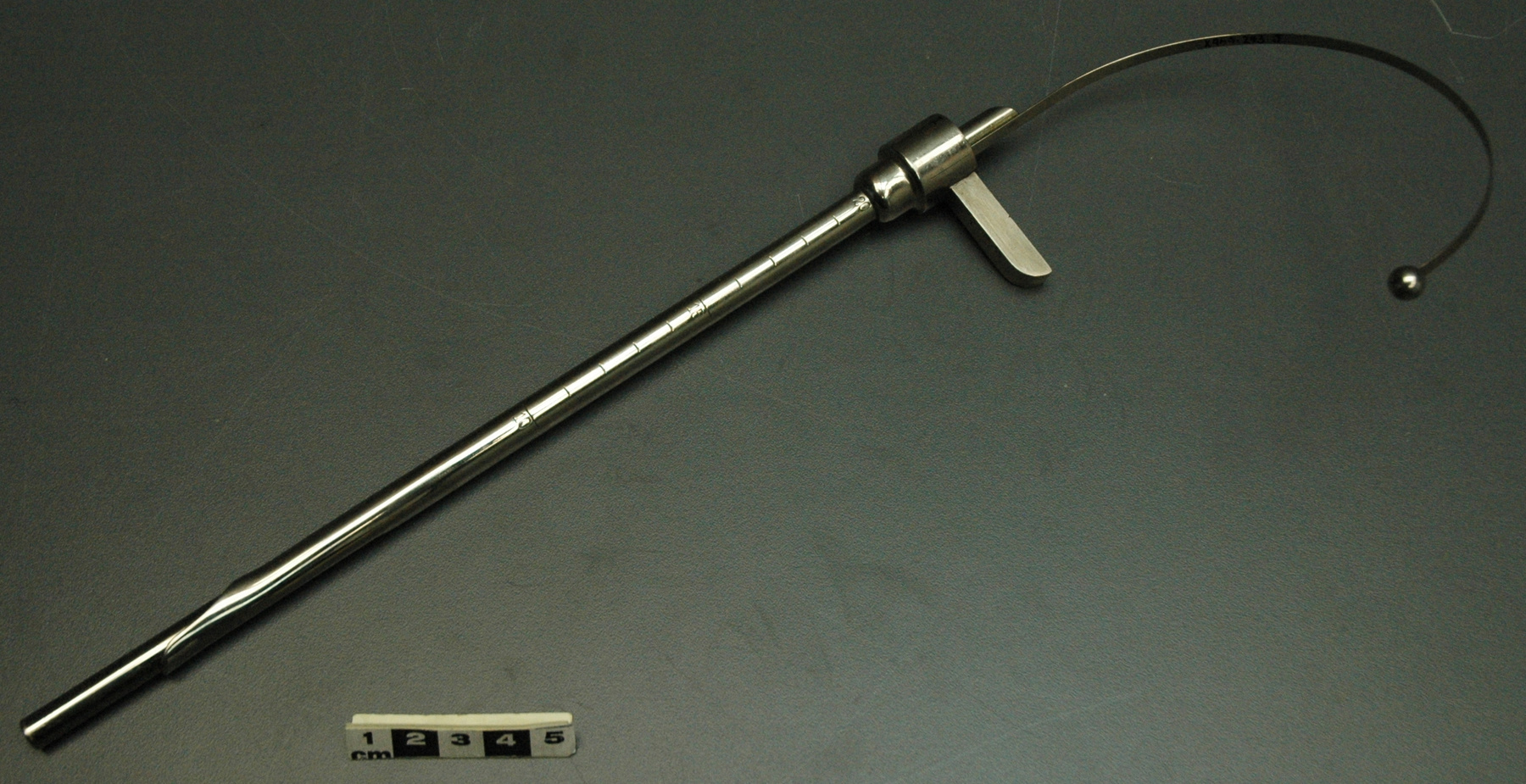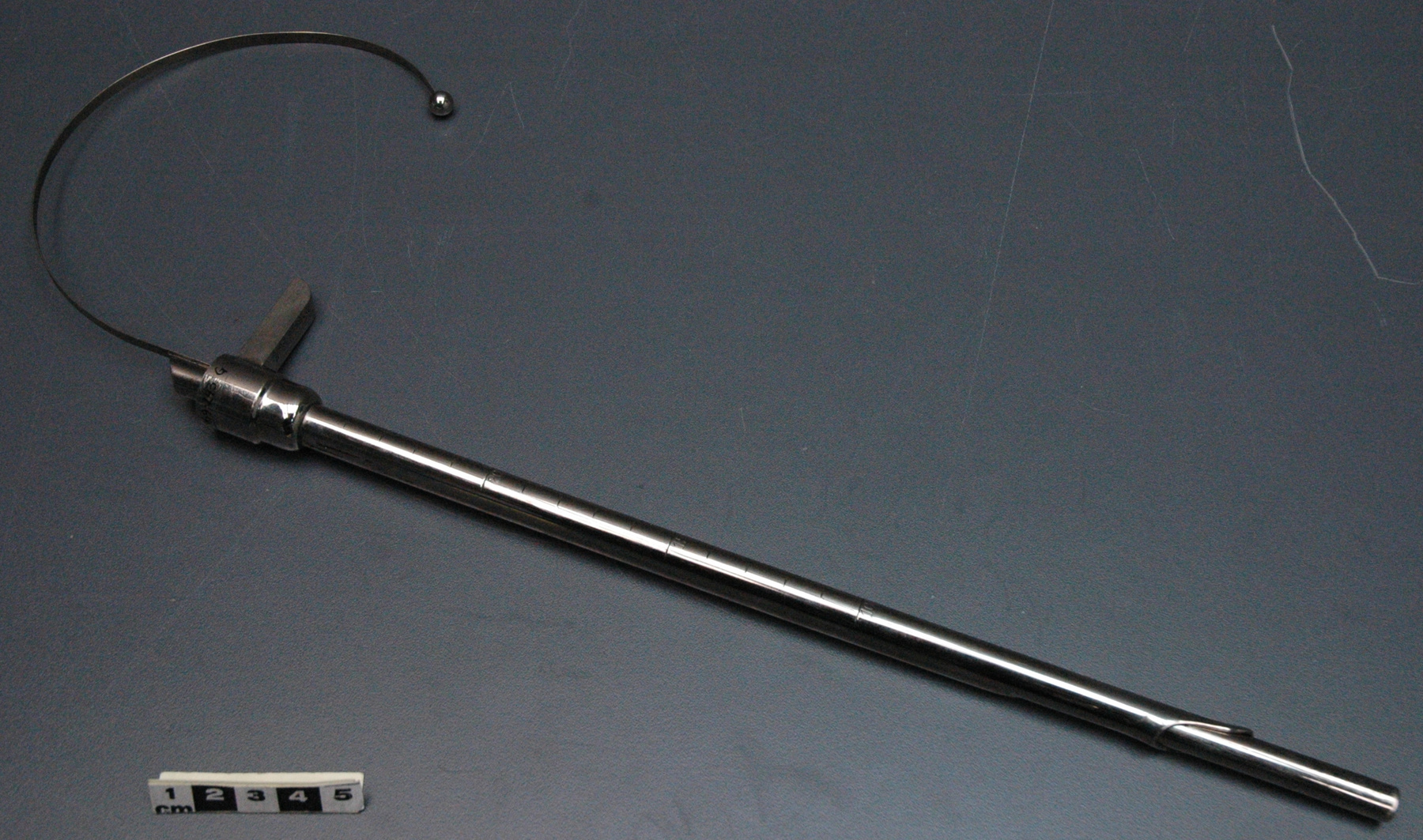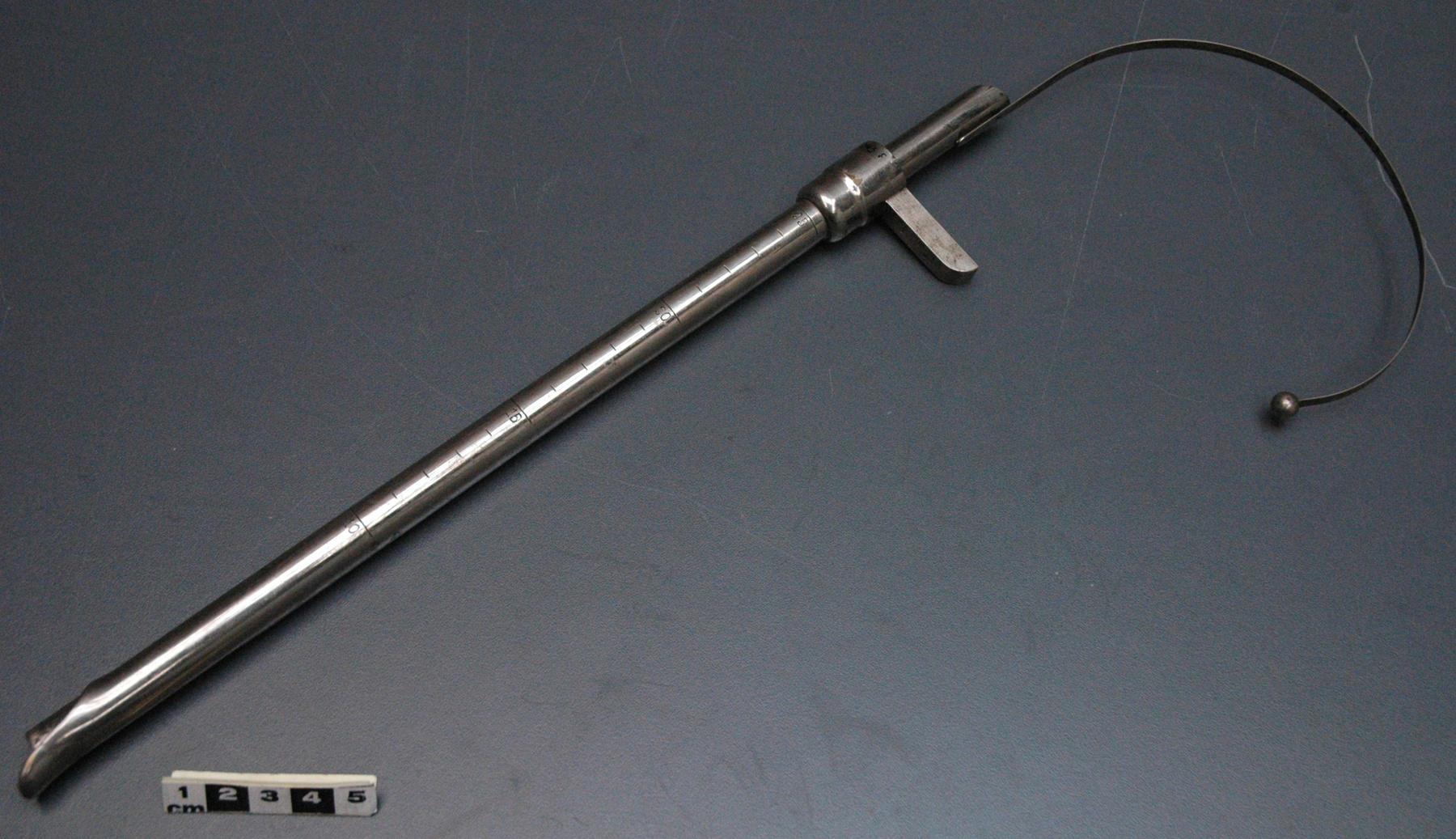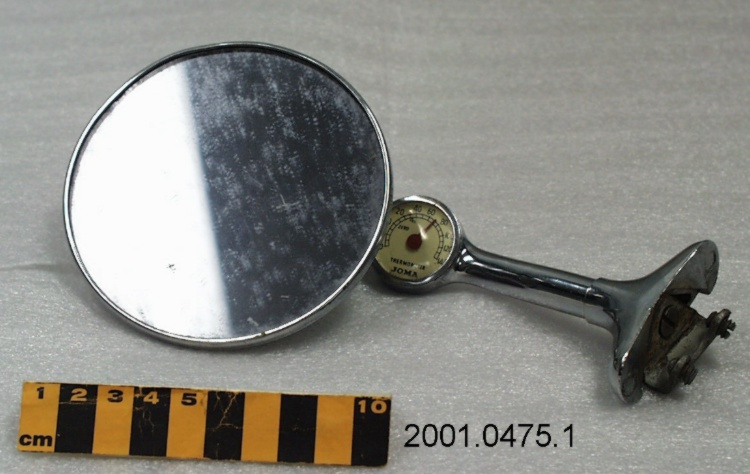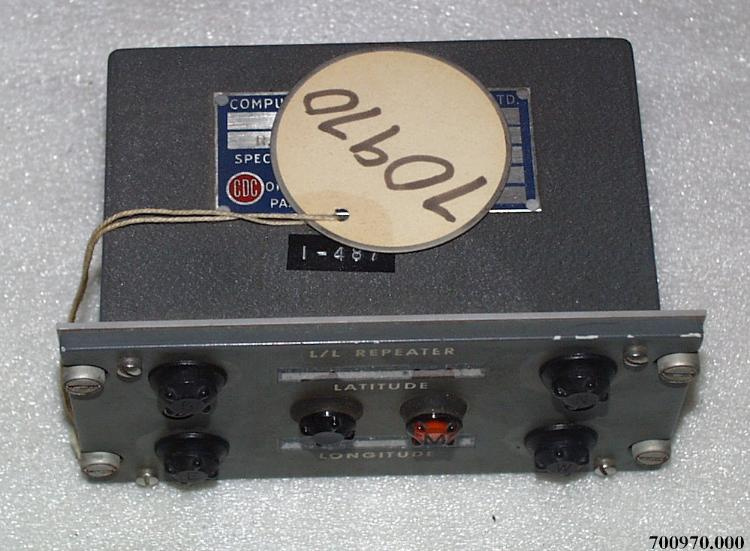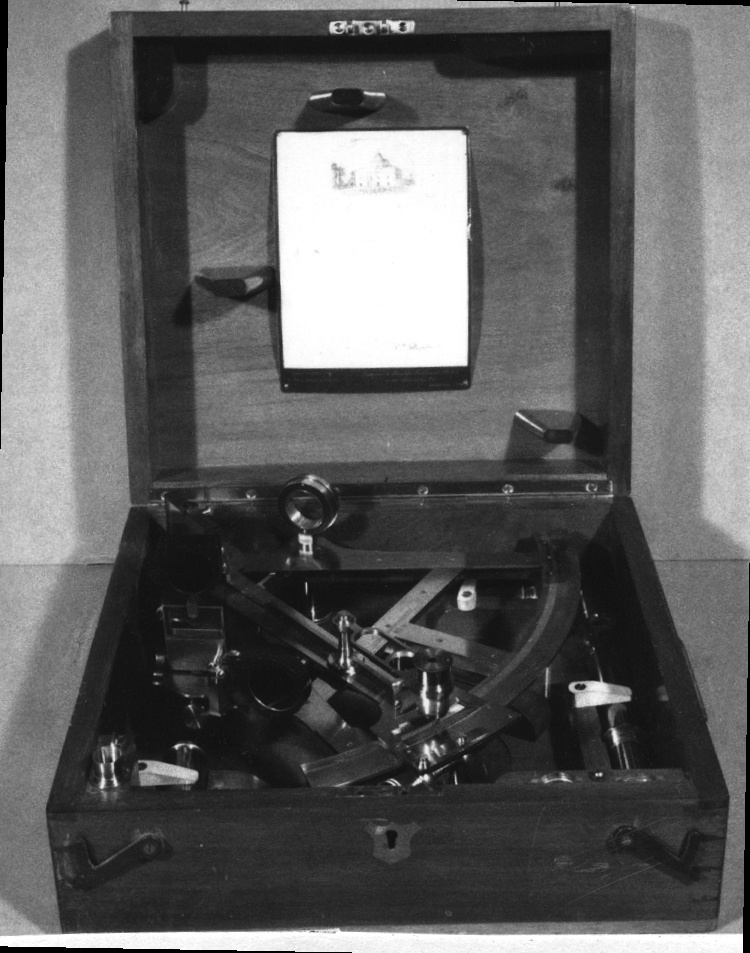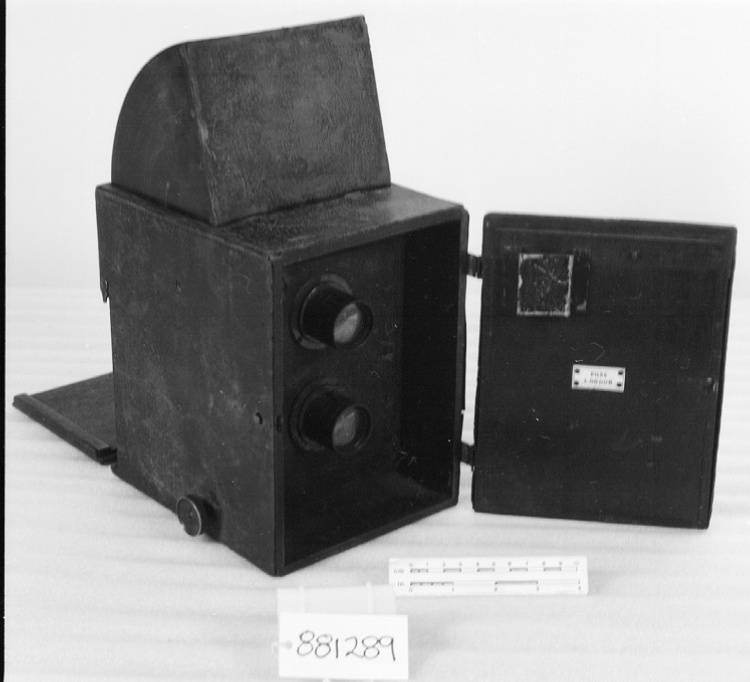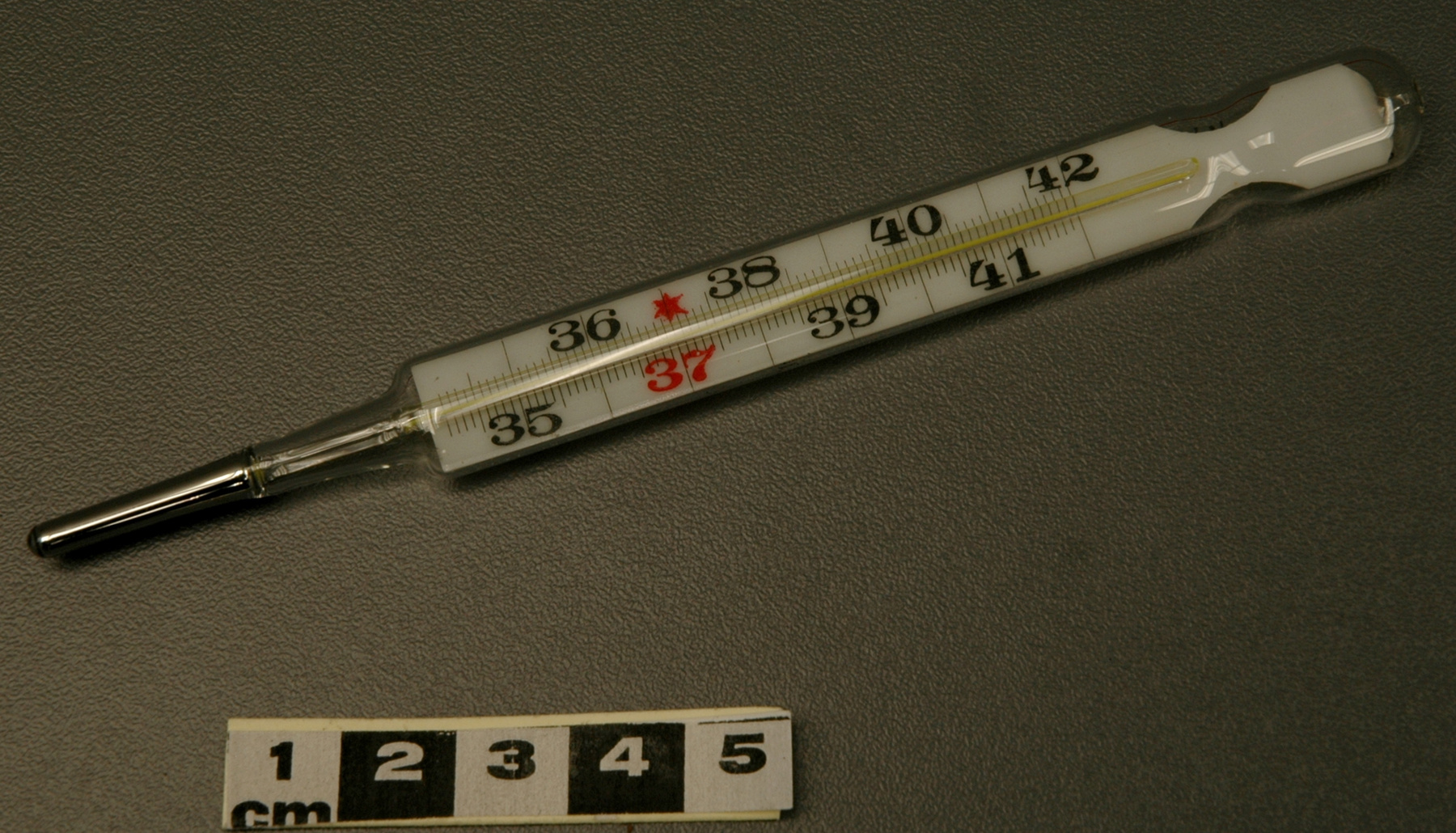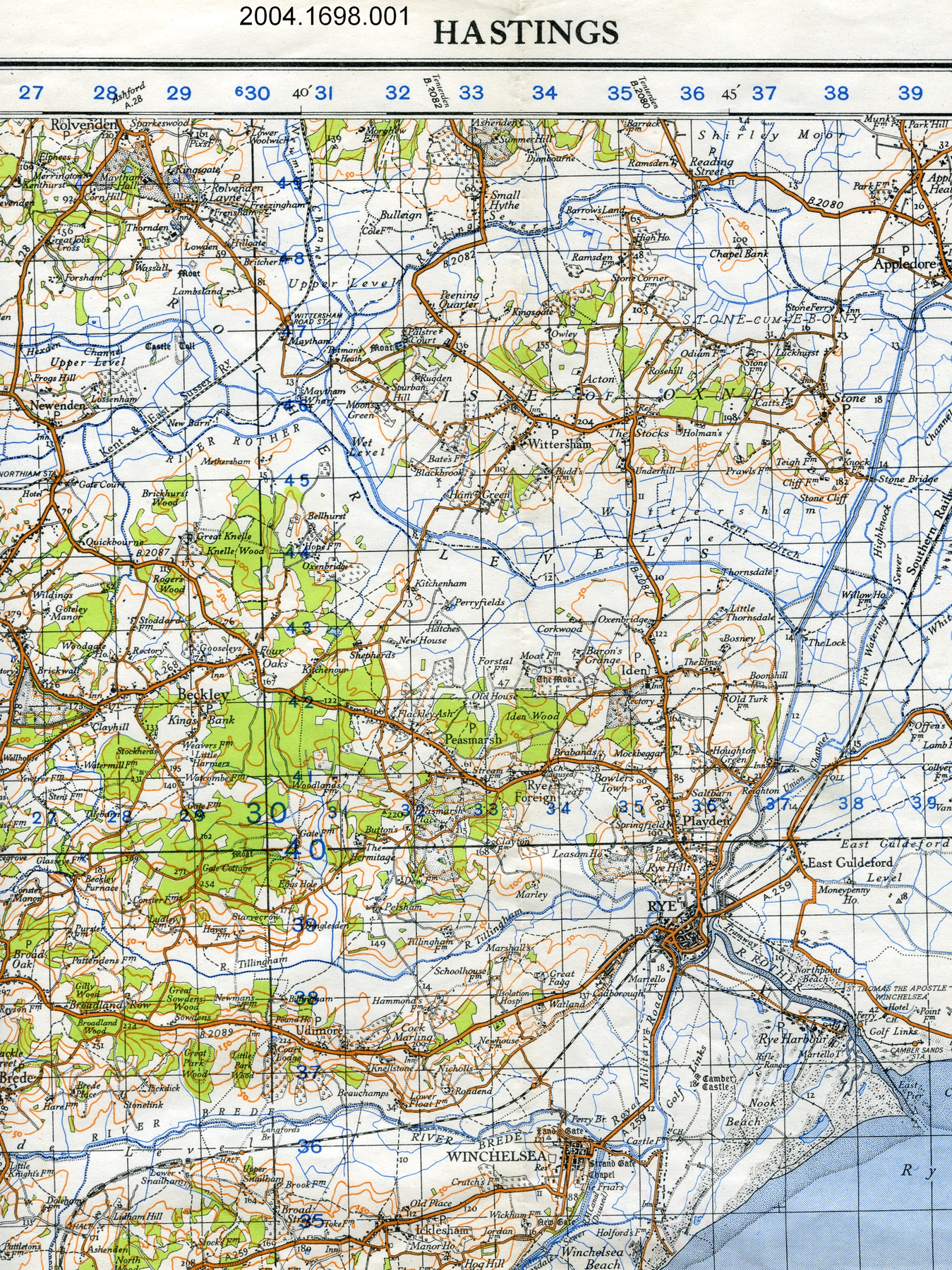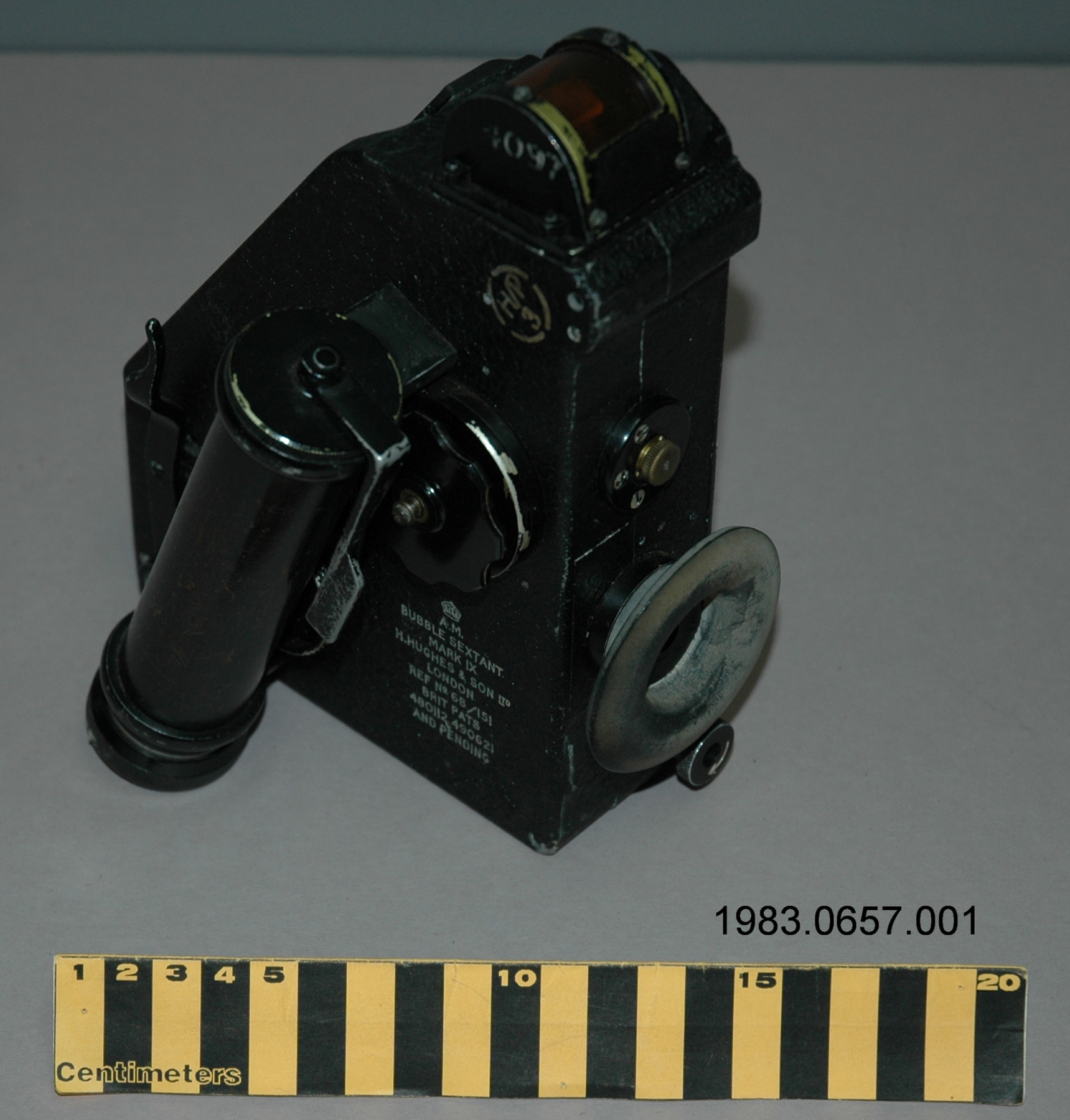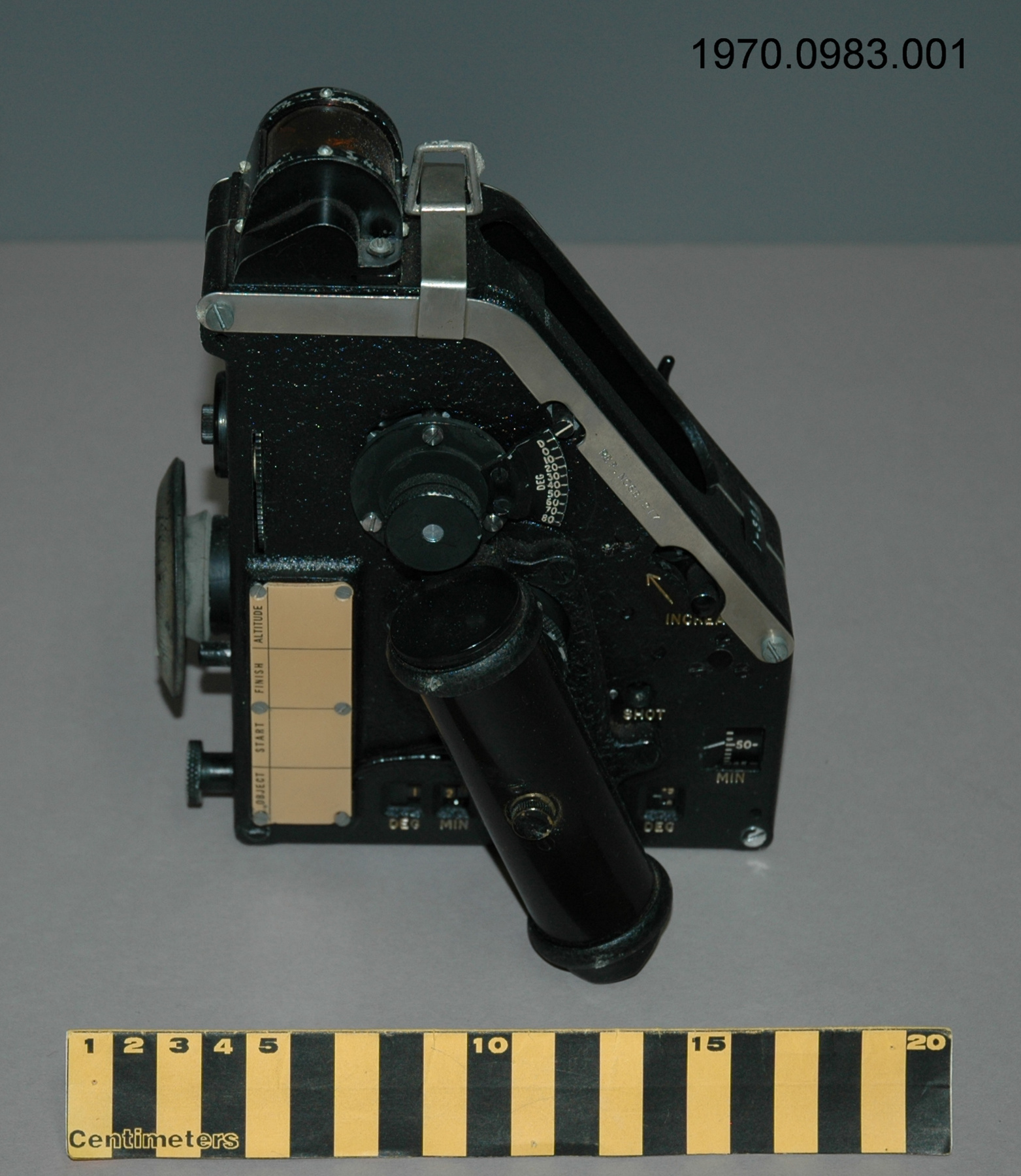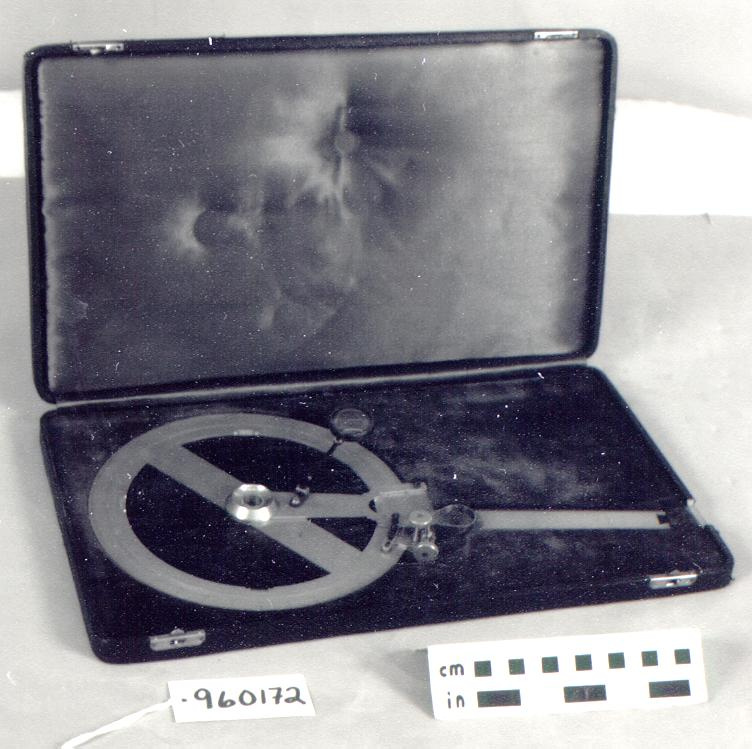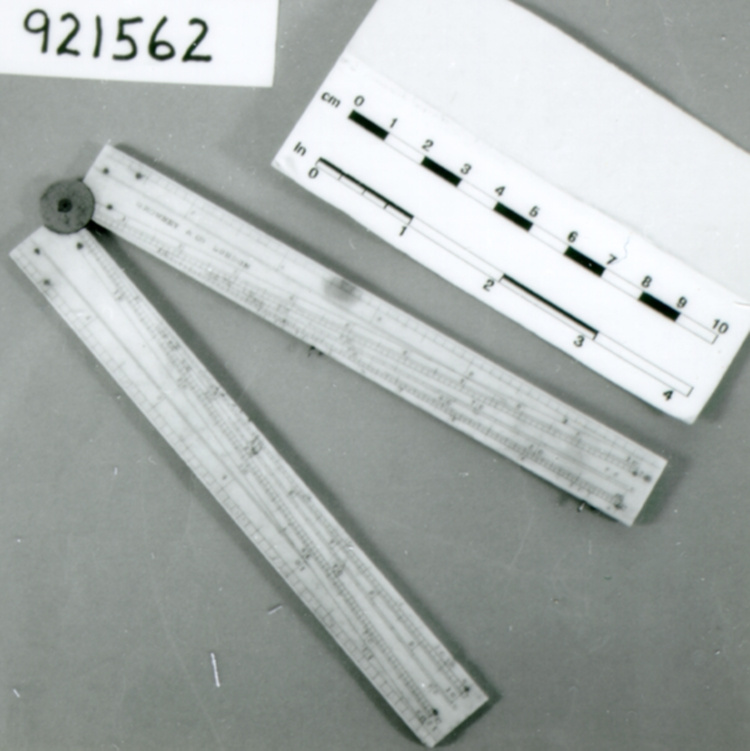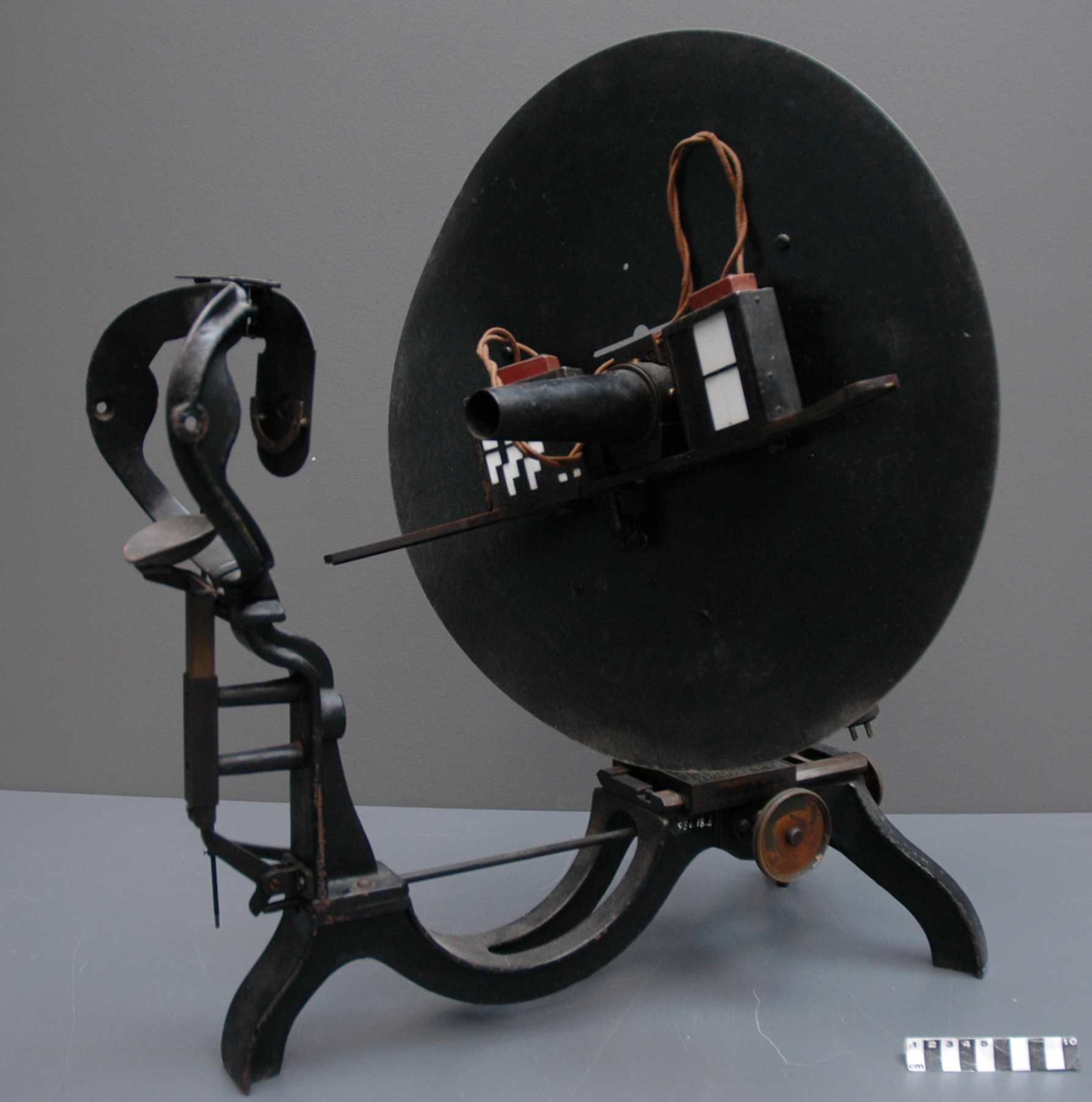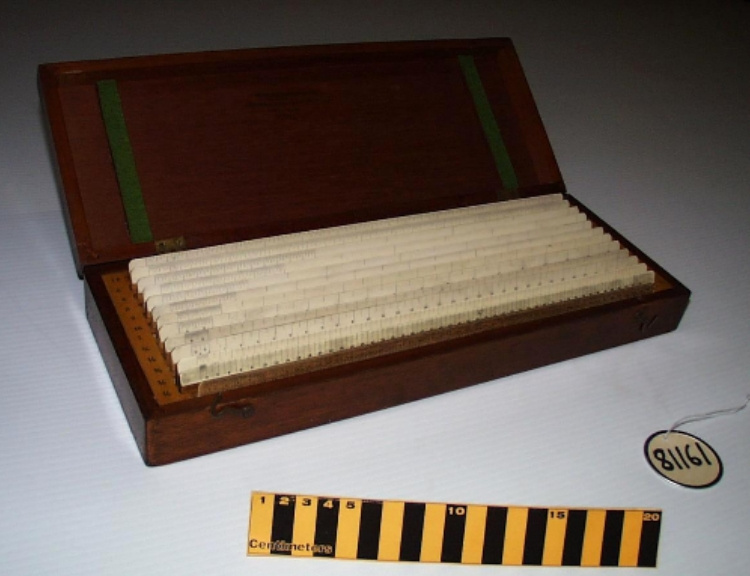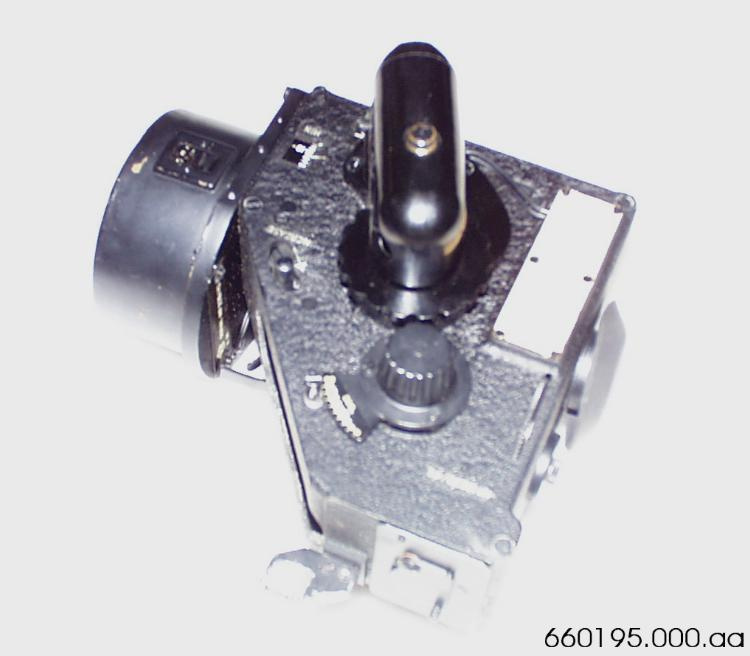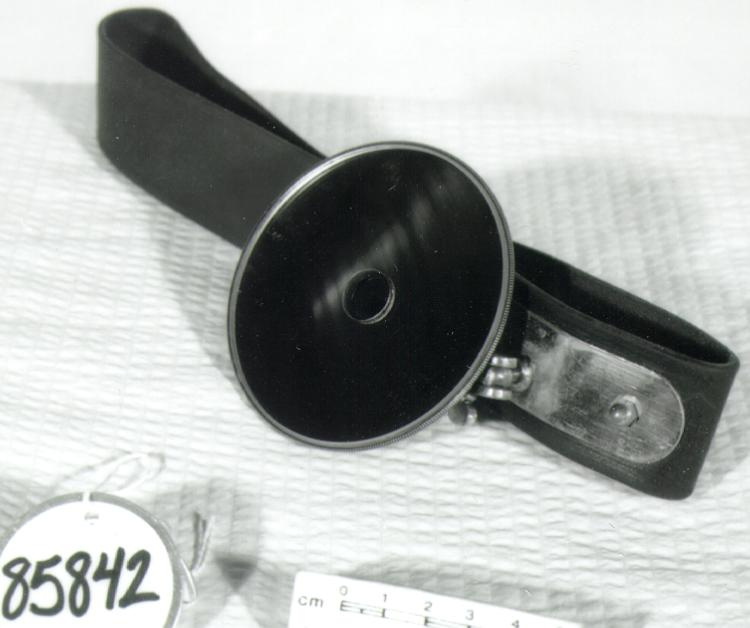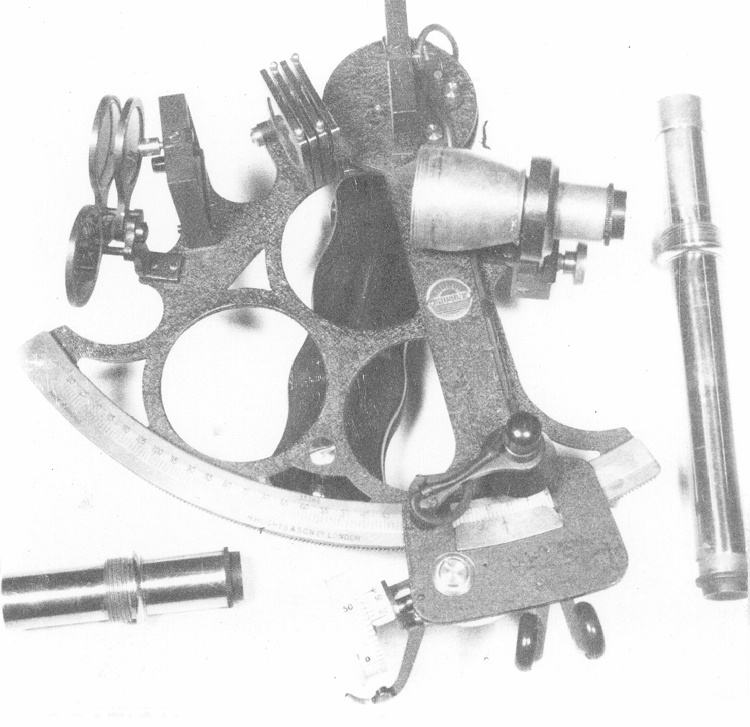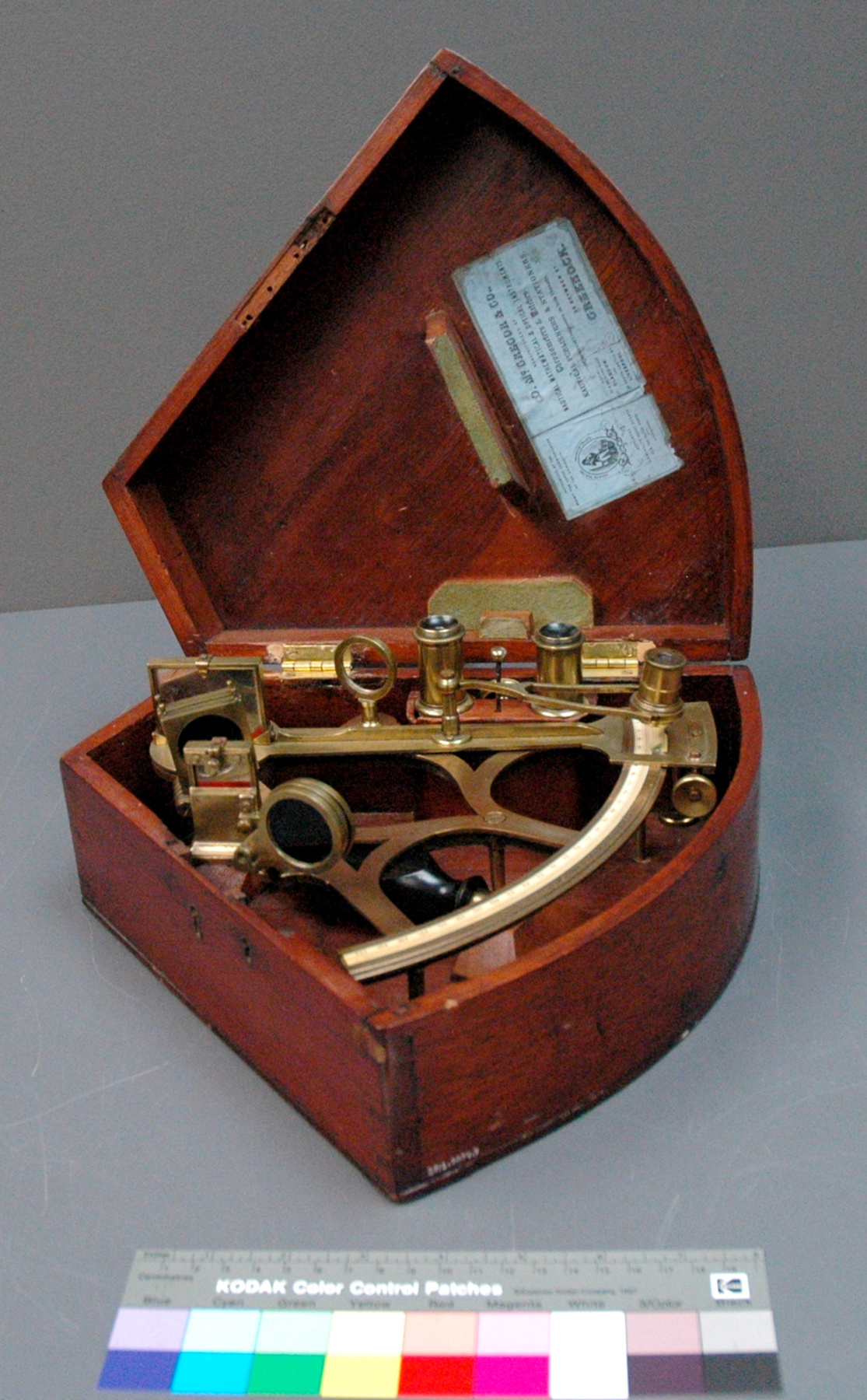Sextant
Utiliser cette image
Puis-je réutiliser cette image sans autorisation? Oui
Les images sur le portail de la collection d’Ingenium ont la licence Creative Commons suivante :
Copyright Ingenium / CC BY-NC-ND (Attribution-NonCommercial 4.0 International (CC BY-NC 4.0)
ATTRIBUER CETTE IMAGE
Ingenium,
2012.0004.001
Permalien:
Ingenium diffuse cette image sous le cadre de licence Creative Commons et encourage son téléchargement et sa réutilisation à des fins non commerciales. Veuillez mentionner Ingenium et citer le numéro de l’artefact.
TÉLÉCHARGER L’IMAGEACHETER CETTE IMAGE
Cette image peut être utilisée gratuitement pour des fins non commerciales.
Pour un usage commercial, veuillez consulter nos frais de reproduction et communiquer avec nous pour acheter l’image.
- TYPE D’OBJET
- S/O
- DATE
- 1885
- NUMÉRO DE L’ARTEFACT
- 2012.0004.001
- FABRICANT
- McMillan & Talbott
- MODÈLE
- Inconnu
- EMPLACEMENT
- London, England
Plus d’information
Renseignements généraux
- Nº de série
- S/O
- Nº de partie
- 1
- Nombre total de parties
- 7
- Ou
- S/O
- Brevets
- S/O
- Description générale
- Bright brass instrument has glass and silvered mirrors and lenses; ebony [?] wood grip; vernier and arc scales divided on ivory [?].
Dimensions
Remarque : Cette information reflète la taille générale pour l’entreposage et ne représente pas nécessairement les véritables dimensions de l’objet.
- Longueur
- 24,3 cm
- Largeur
- 23,5 cm
- Hauteur
- 9,5 cm
- Épaisseur
- S/O
- Poids
- S/O
- Diamètre
- S/O
- Volume
- S/O
Lexique
- Groupe
- Transports maritimes
- Catégorie
- Instruments et équipement de navigation
- Sous-catégorie
- S/O
Fabricant
- Ou
- McMillan Talbott
- Pays
- England
- État/province
- Inconnu
- Ville
- London
Contexte
- Pays
- Inconnu
- État/province
- Inconnu
- Période
- Inconnu
- Canada
-
This instrument was purchased by Mr. Douglas Hearnshaw, naval architect in Montreal in the 1950s. Given Mr. Hearnshaw’s background as a naval architect, the sextant was probably purchased as an atmosphere or collection piece rather than for its original function. Two publications of the Canadian Naval Technical History Association, “The Story of the DDH 280 Program” and the “Shipyards of the Canadian Naval Shipbuilding Program 1939-2000”, indicate that Mr. Hearnshaw was employed as a naval architect at Canadian Vickers. [Ref. 1] - Fonction
-
Used to establish one’s position (latitude & longitude) by measuring the angular distance between celestial objects (moon and the sun, a star or planet). - Technique
-
The sextant was the main tool of the navigator. Developed from the more limited octant in the 1760s, the sextant could be used either to find the height of the Sun above the horizon to determine a ship’s latitude, or measure angles between the Moon and fixed stars. The latter was a more difficult observation to do accurately on a moving vessel but, using published tables, allowed a skilled navigator to calculate his longitude as well. [Ref. 2] - Notes sur la région
-
Inconnu
Détails
- Marques
- "McMillan & Talbott, 13 Tower Hill, London" etched on lower edge of arc face. Arc scale labelled 0 to 135 at intervals of 5; divided from -5 to 135 in increments of .25 . Vernier scale labelled 0 to 15 at intervals of 5; divided from 0 to 15 in increments of .50.
- Manque
- Unknown: appears complete. Some minor damage/loss to vernier scale noted.
- Fini
- Bright brass instrument has glass and silvered mirrors and lenses; ebony [?] wood grip; vernier and arc scales divided on ivory [?].
- Décoration
- S/O
FAIRE RÉFÉRENCE À CET OBJET
Si vous souhaitez publier de l’information sur cet objet de collection, veuillez indiquer ce qui suit :
McMillan & Talbott, Sextant, vers 1885, Numéro de l'artefact 2012.0004, Ingenium - Musées des sciences et de l'innovation du Canada, http://collection.ingeniumcanada.org/fr/id/2012.0004.001/
RÉTROACTION
Envoyer une question ou un commentaire sur cet artefact.
Plus comme ceci
